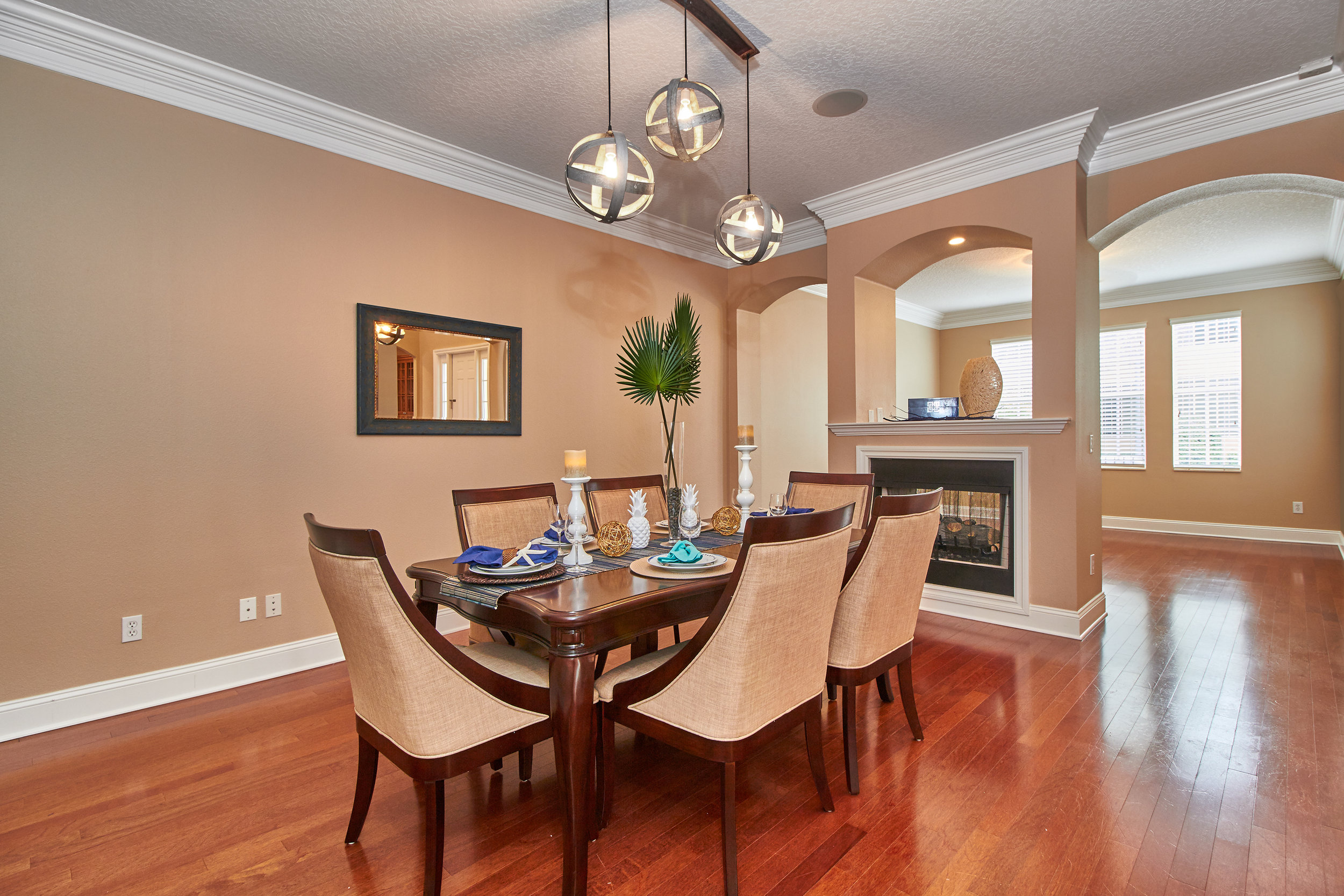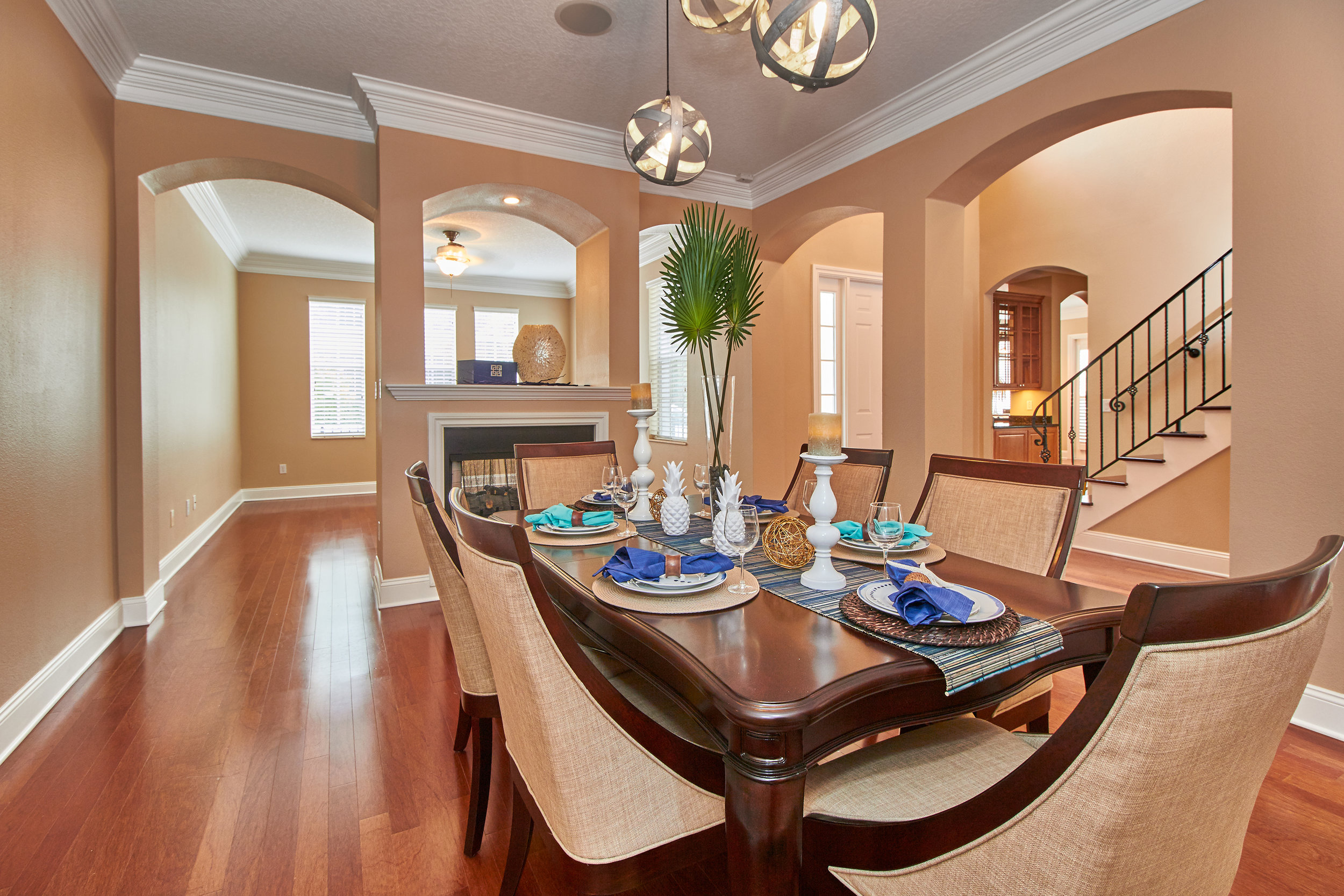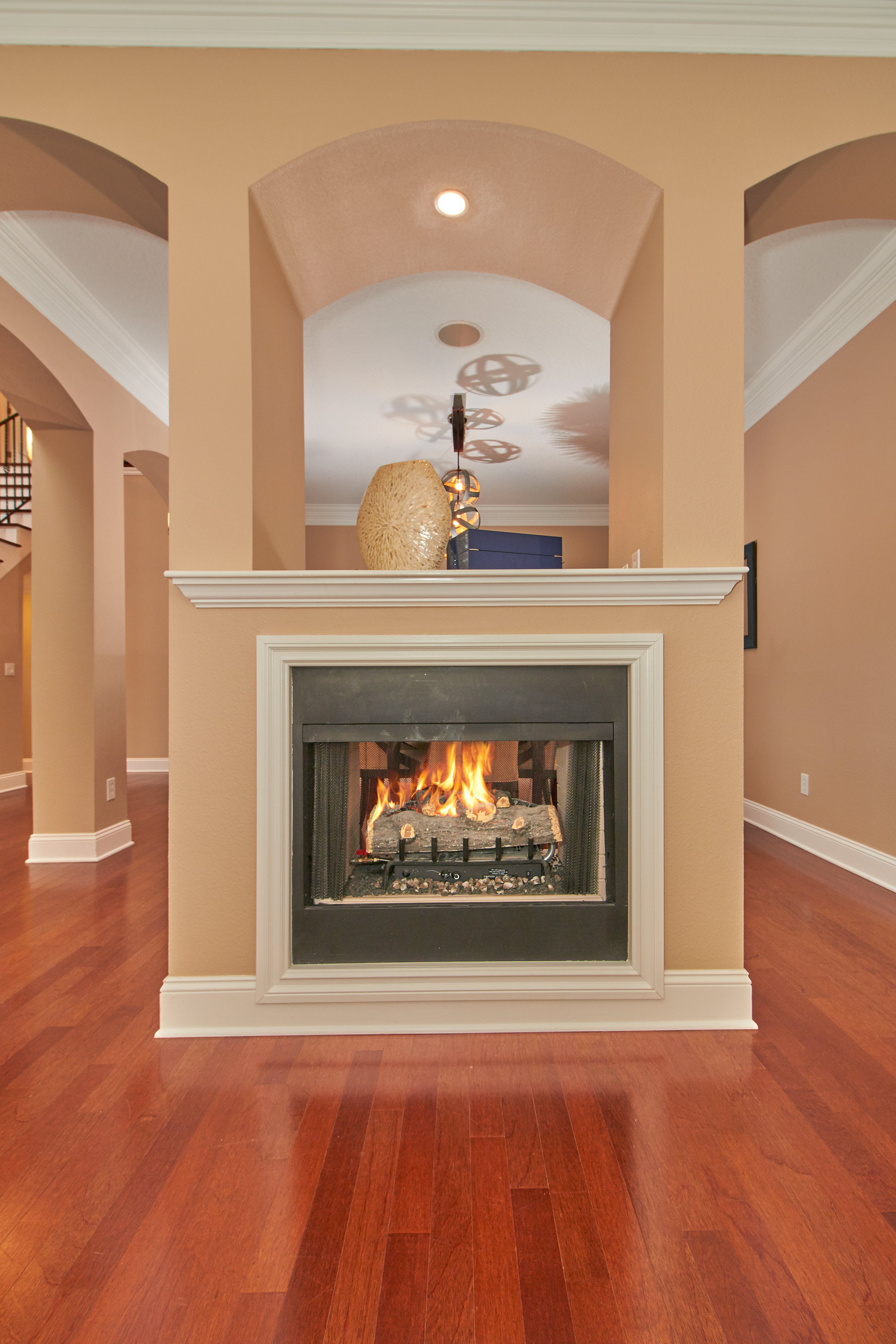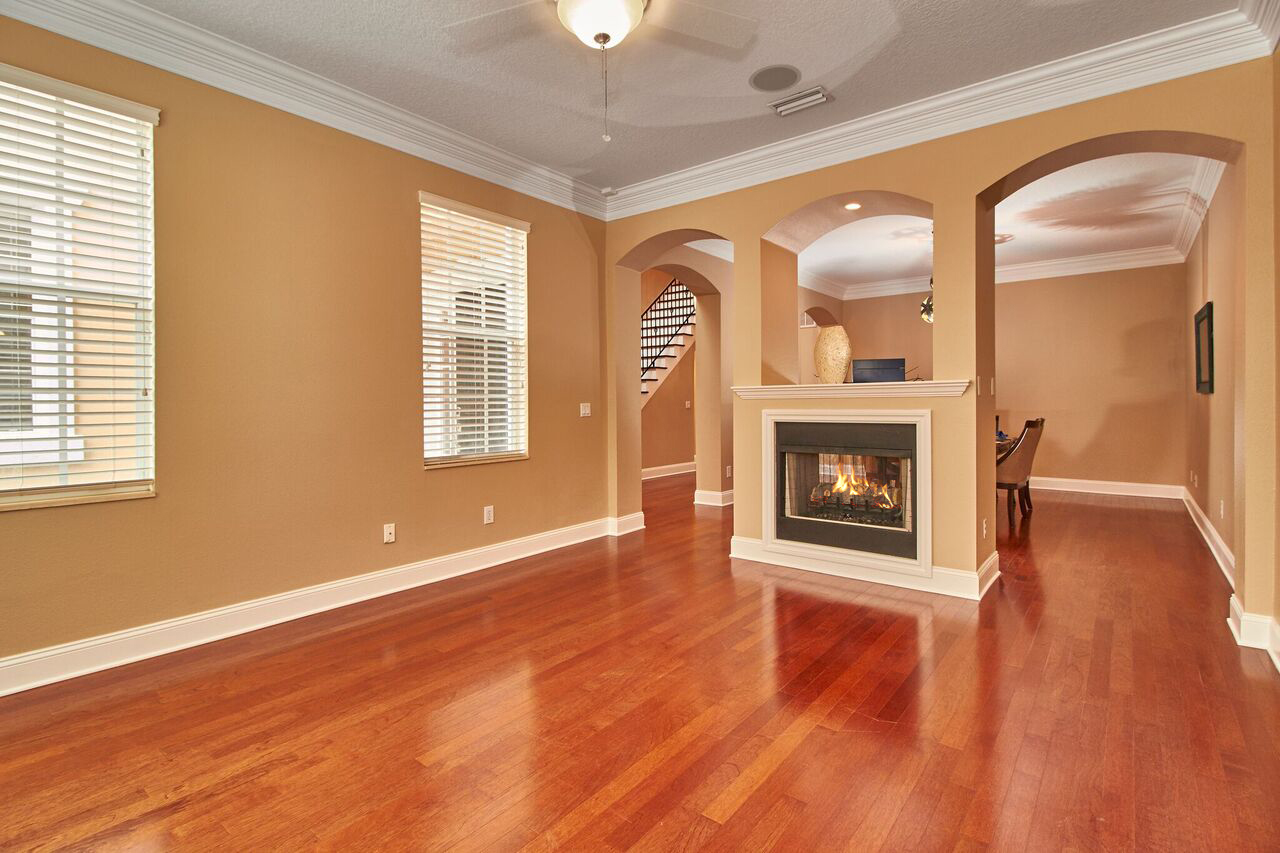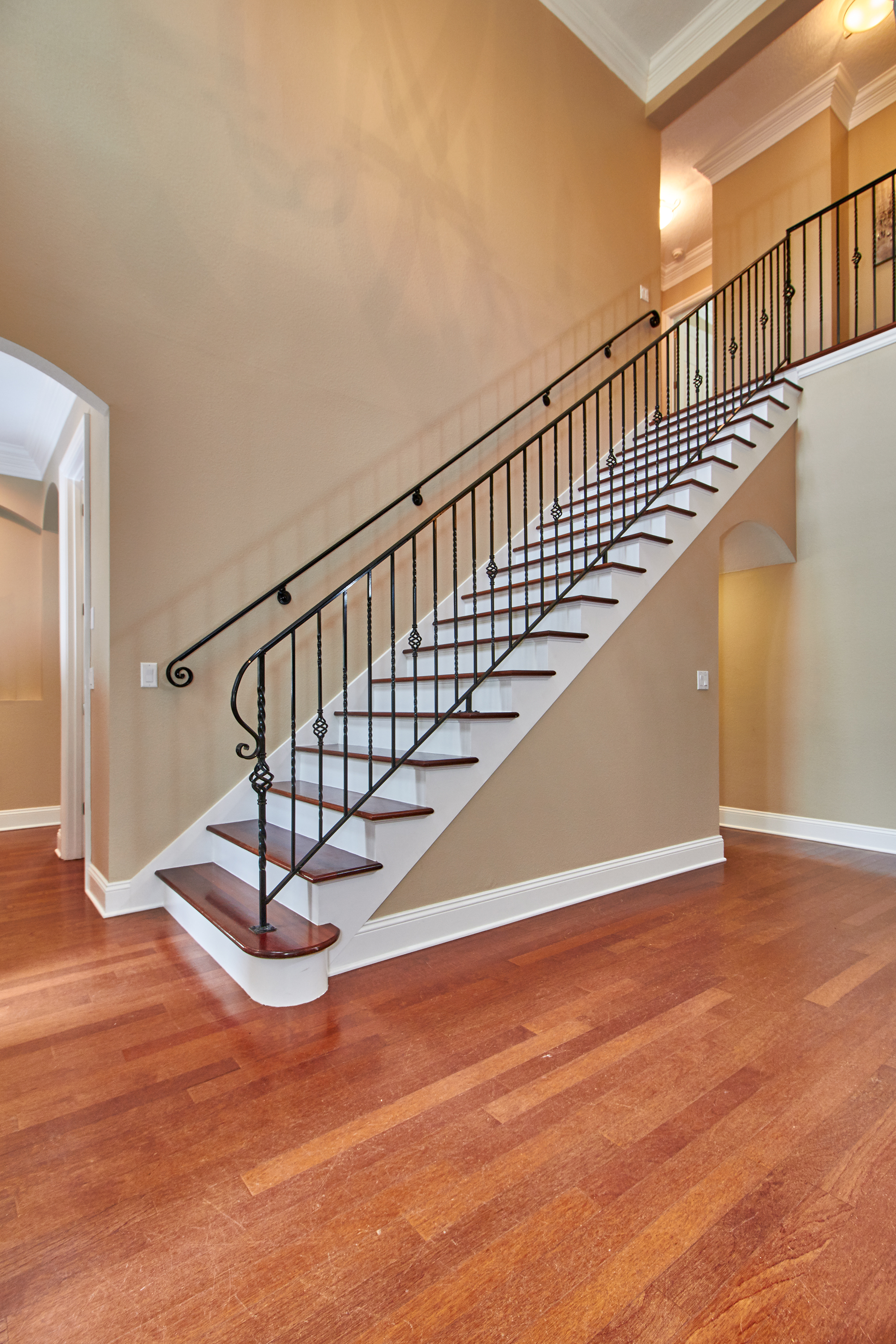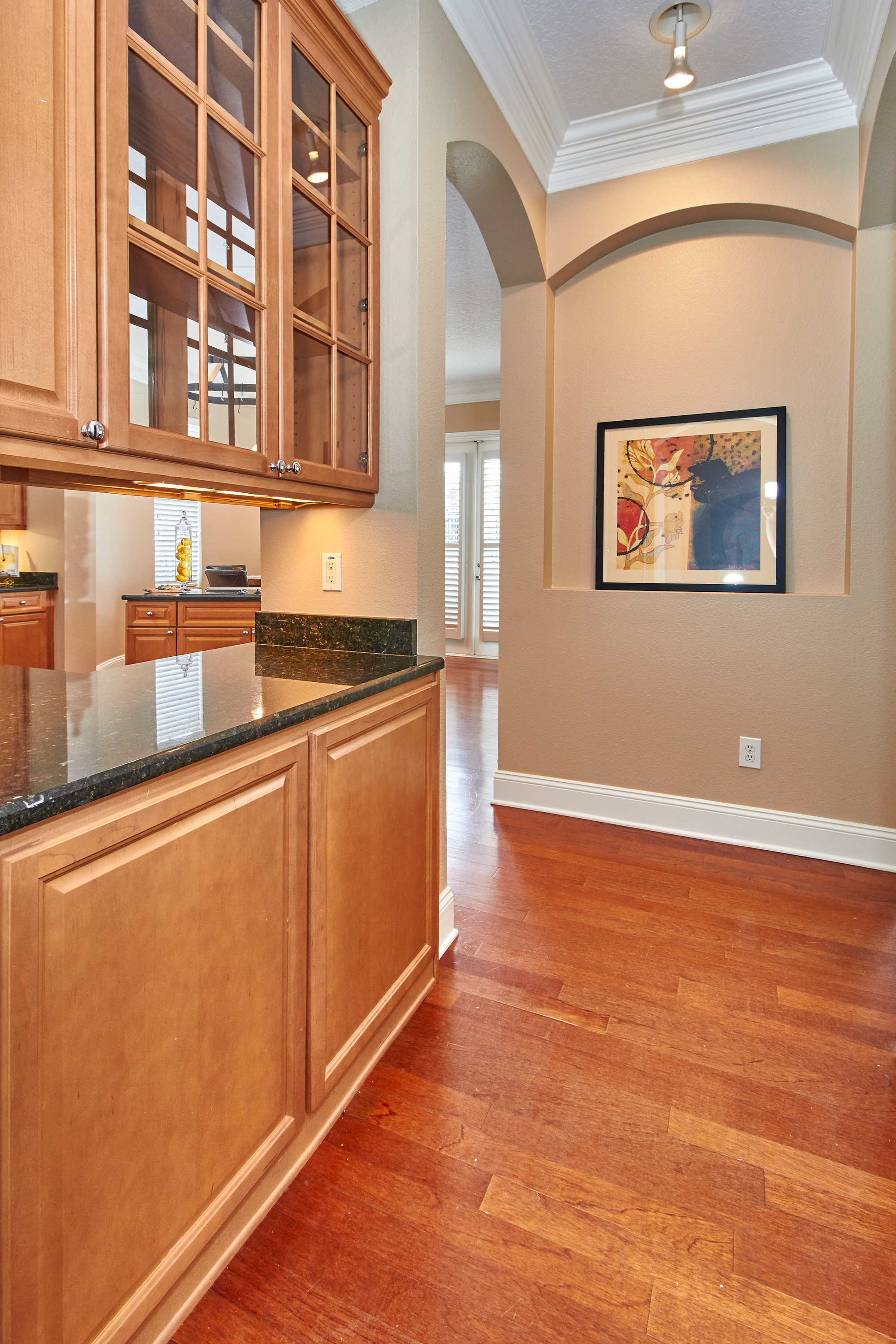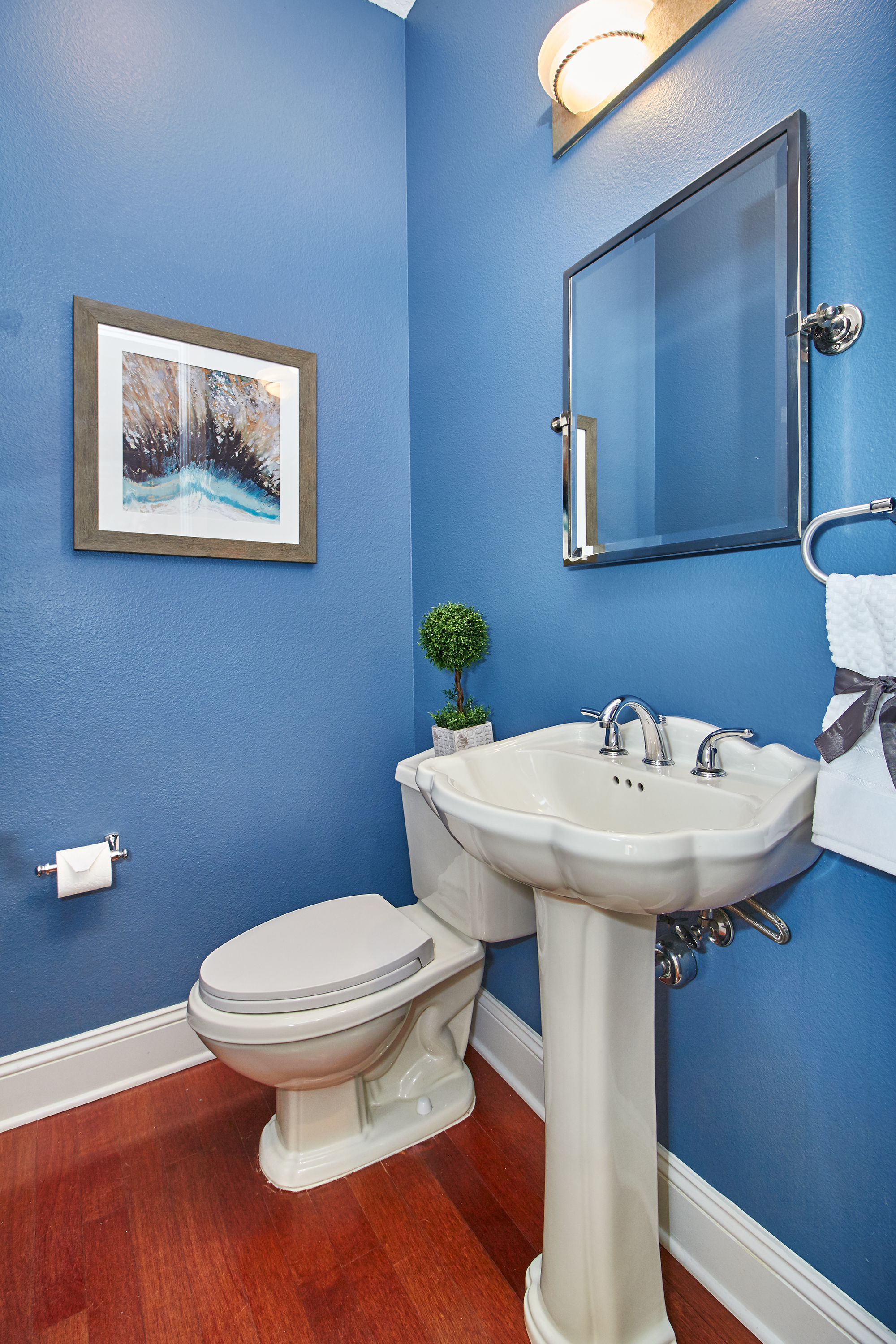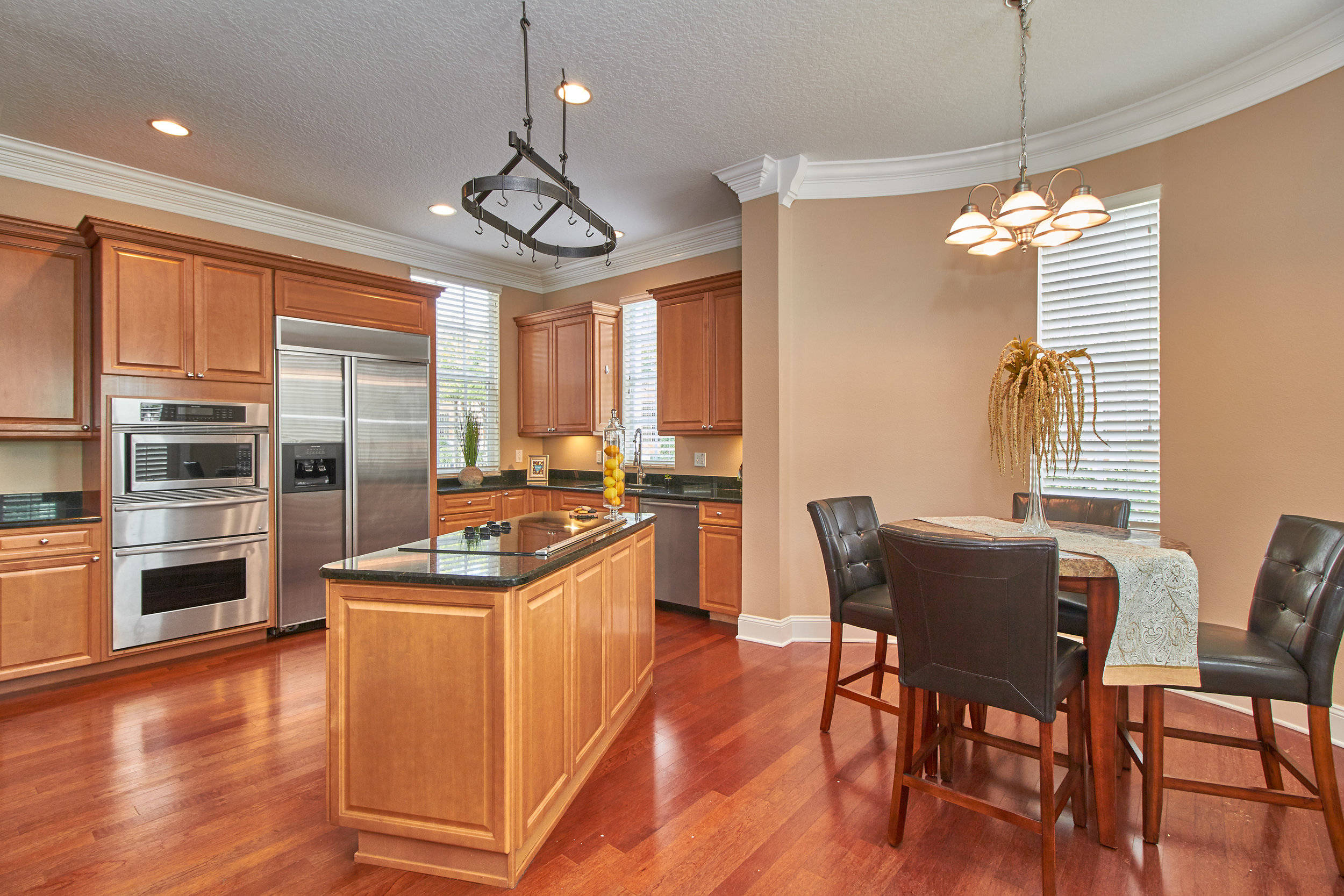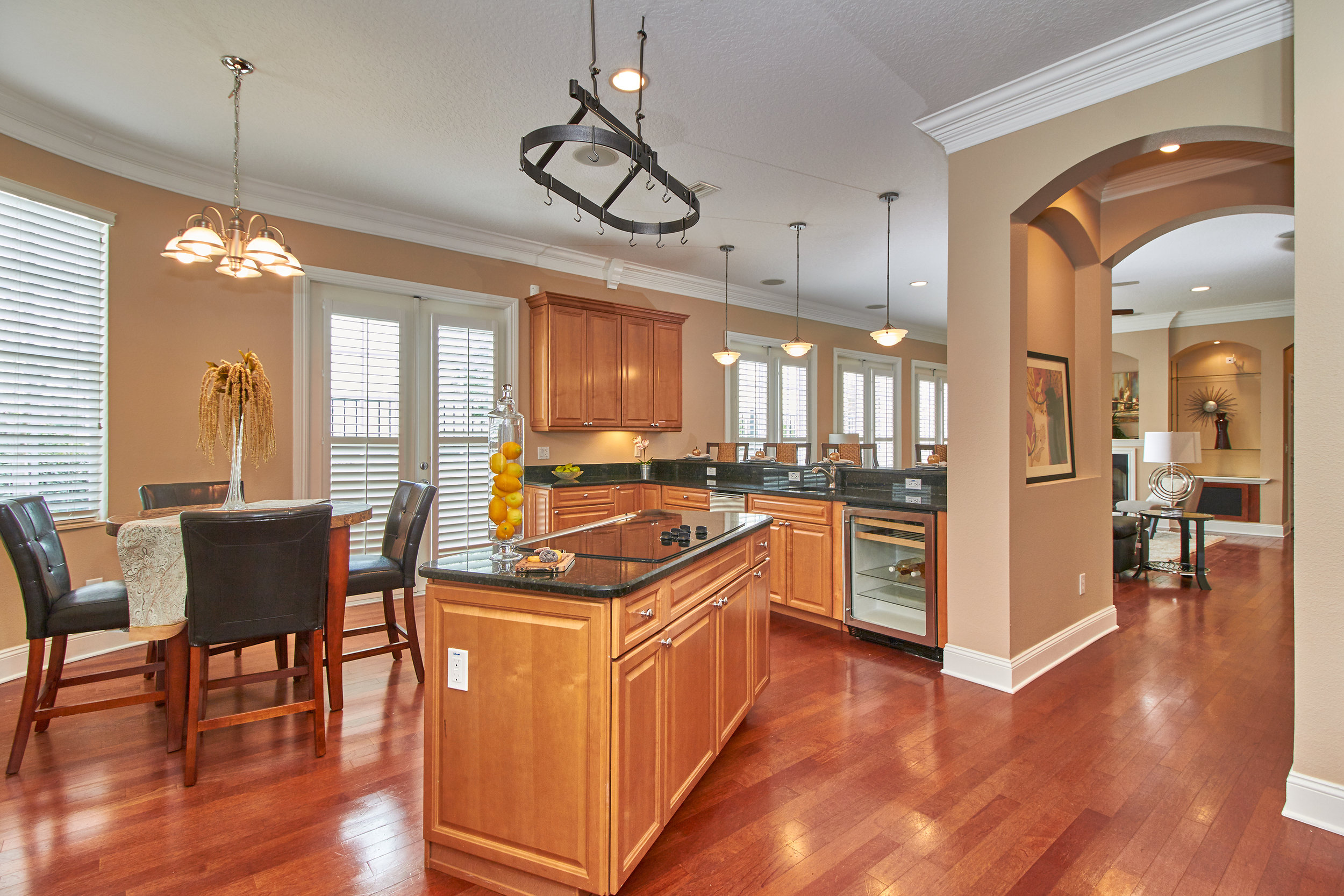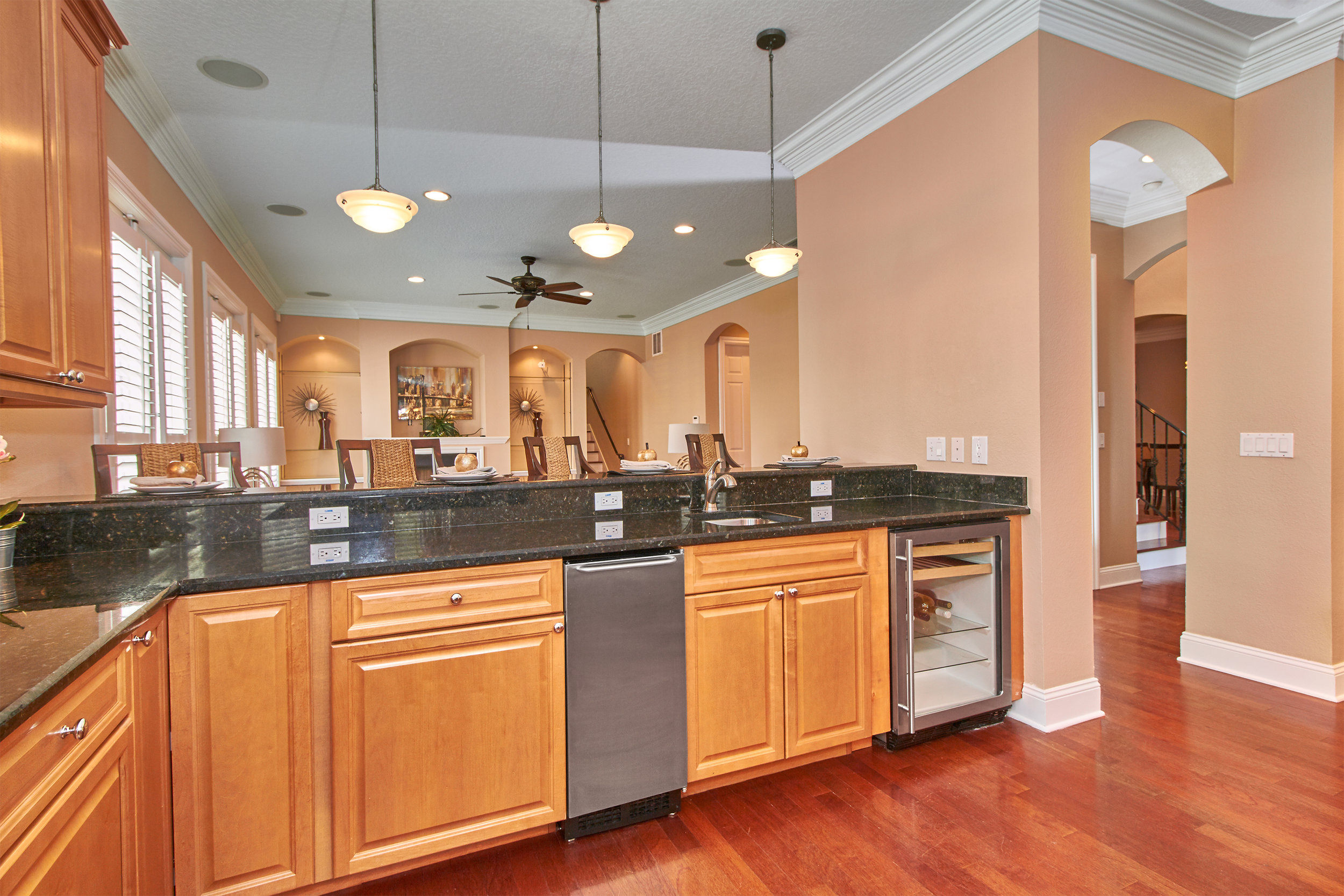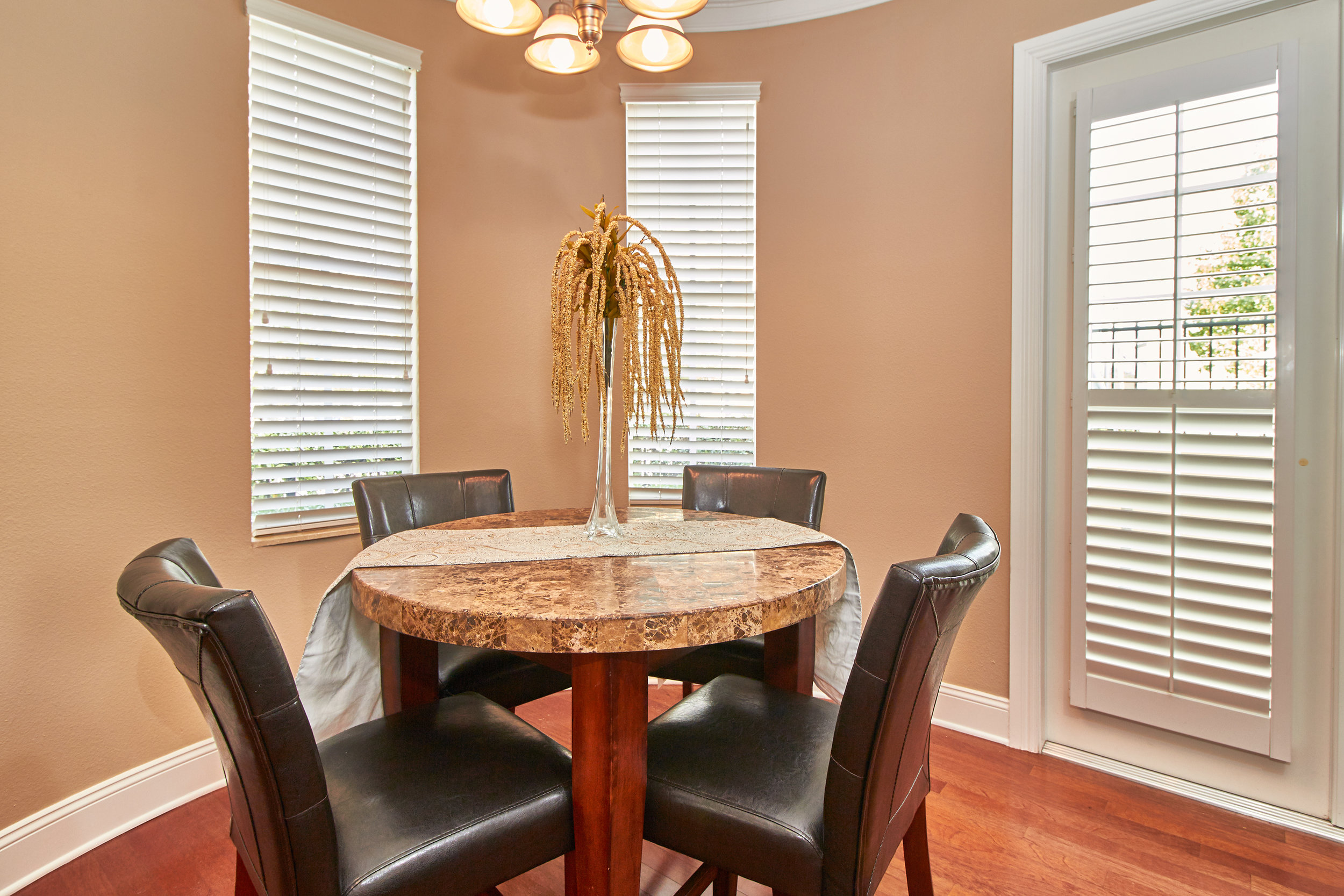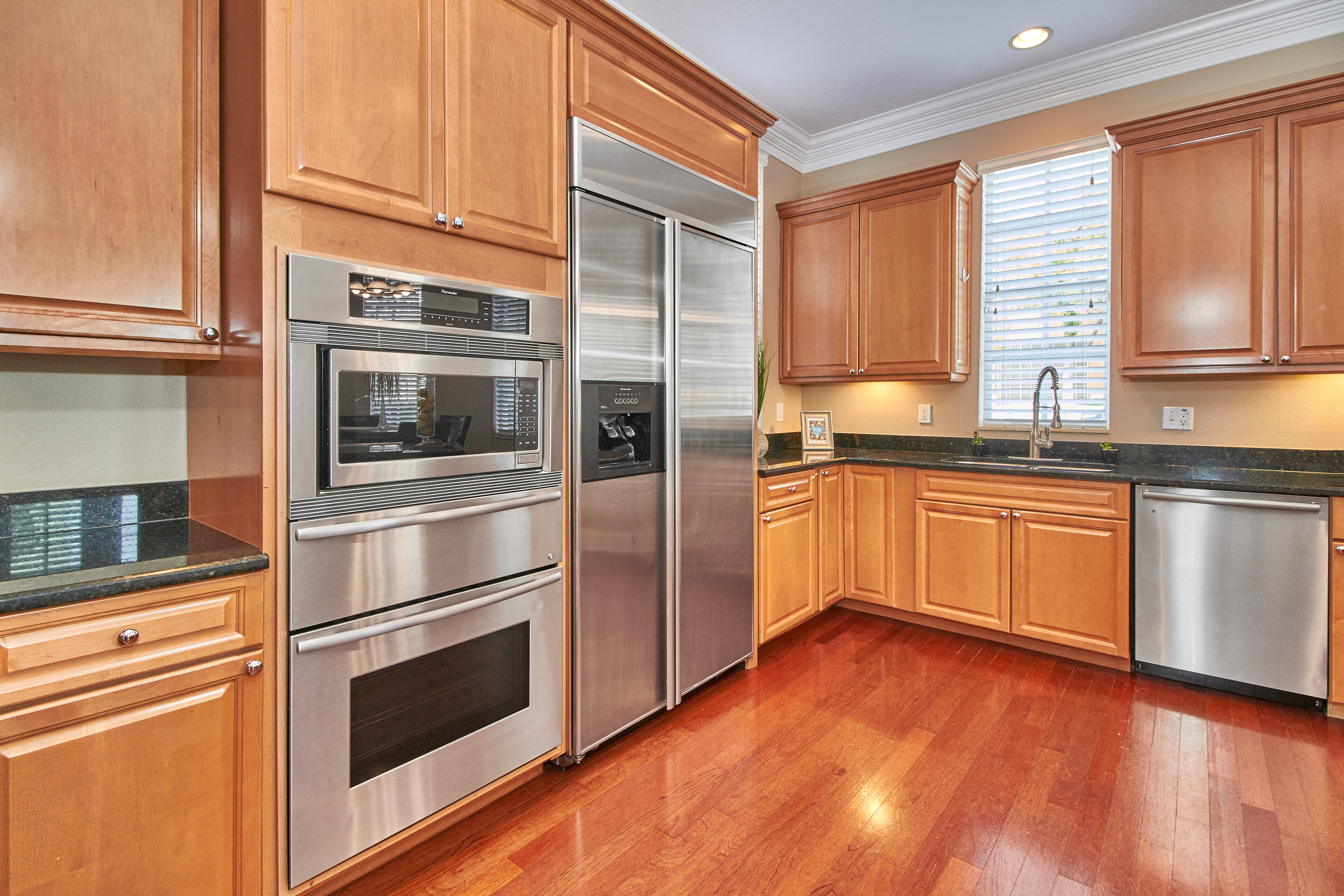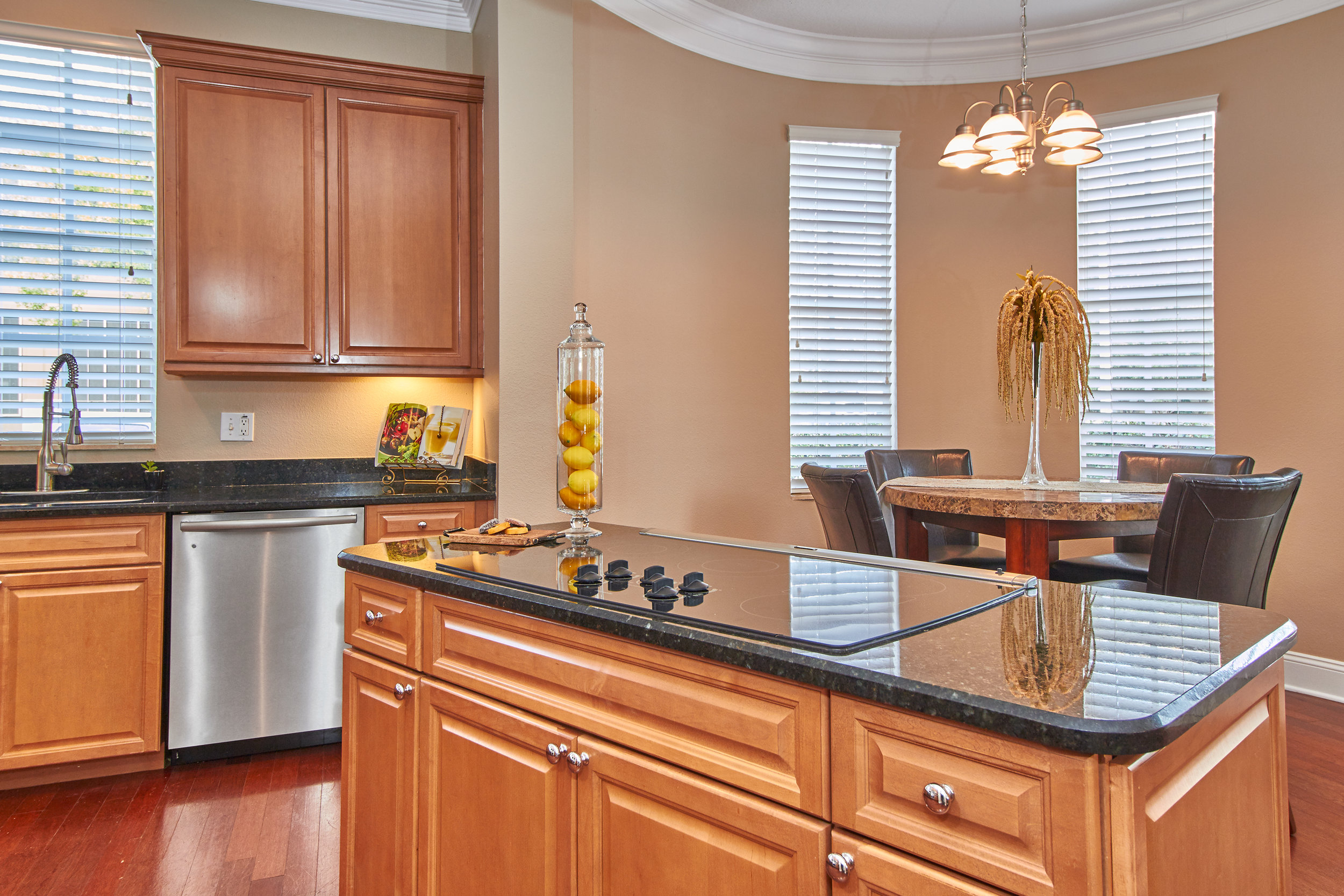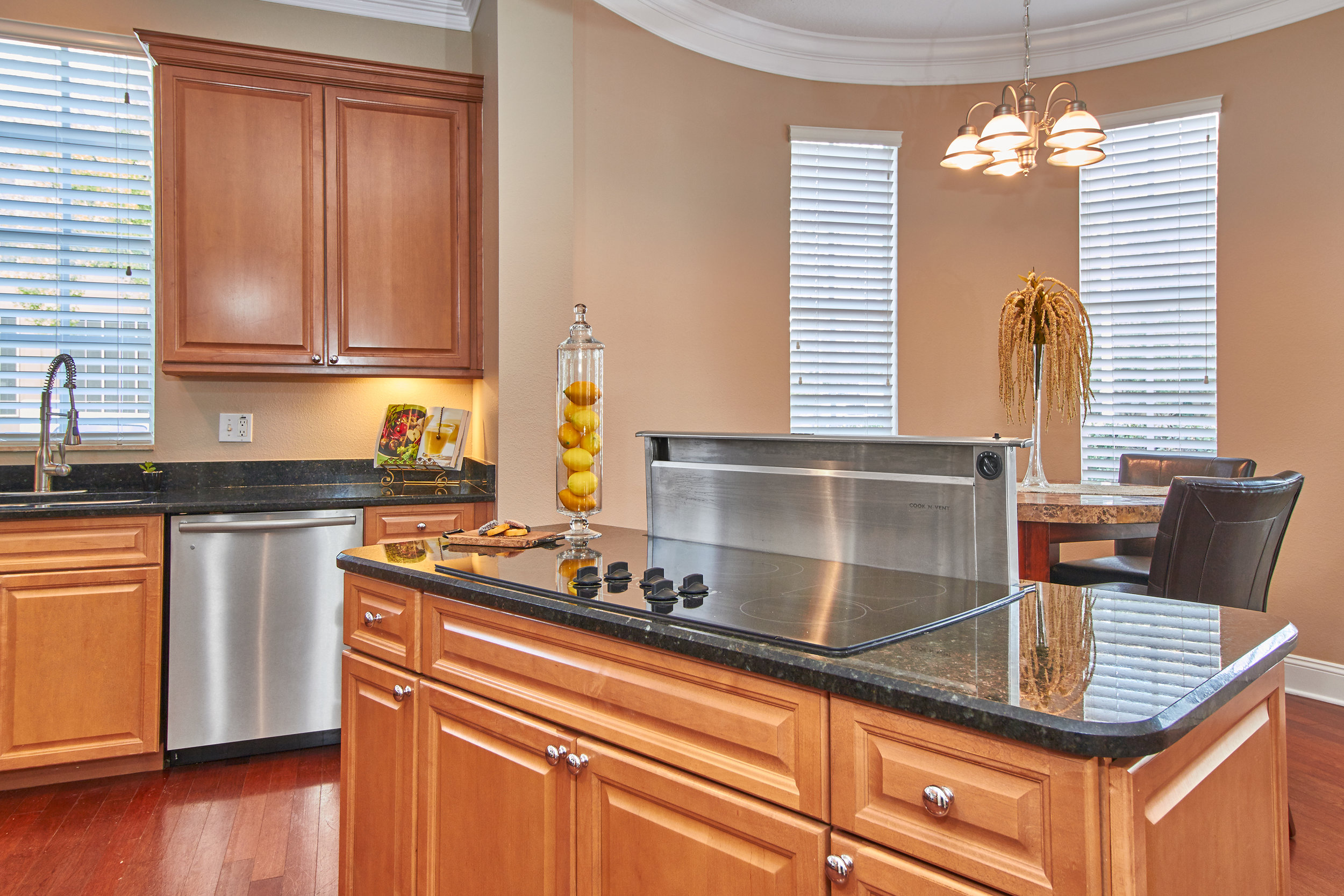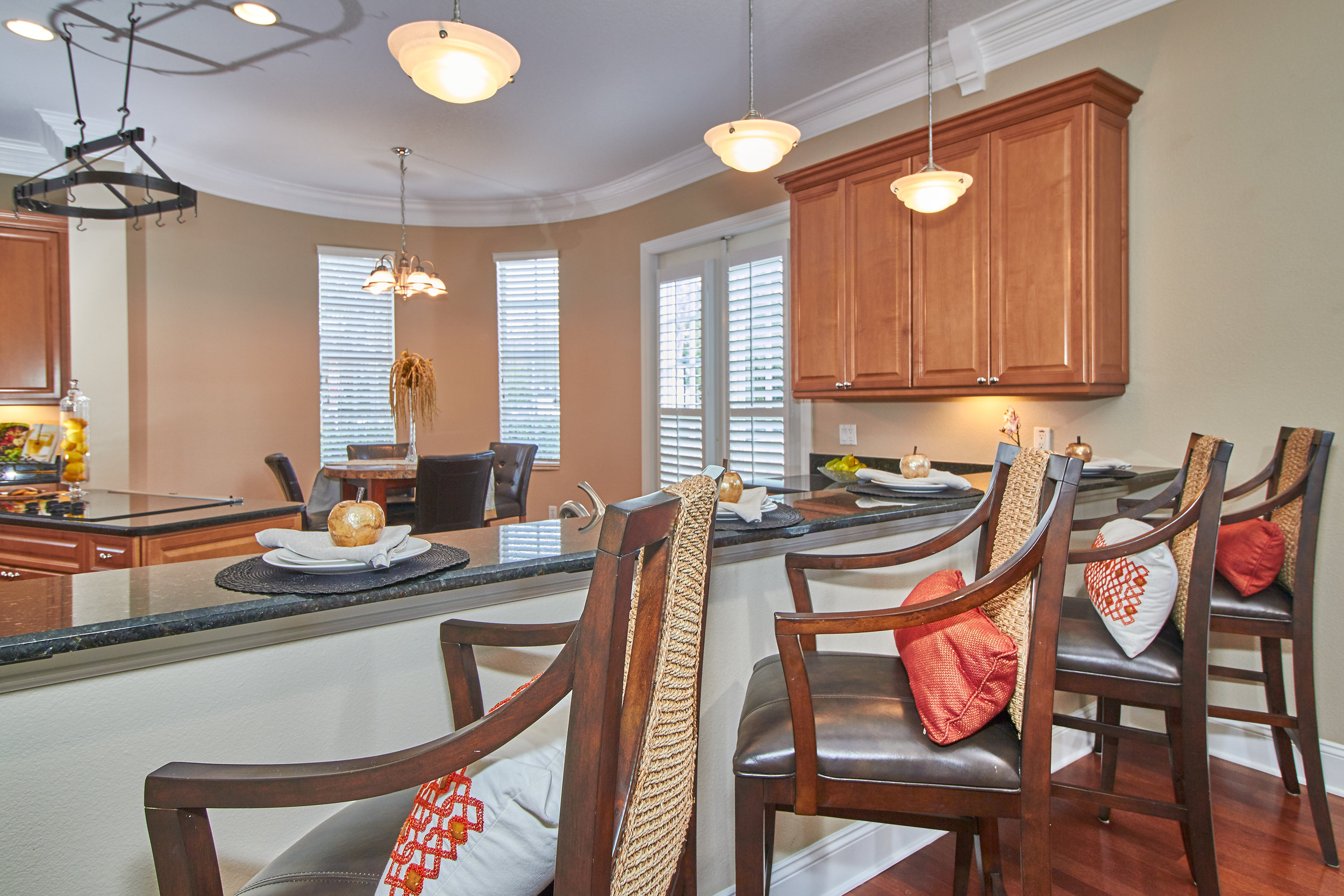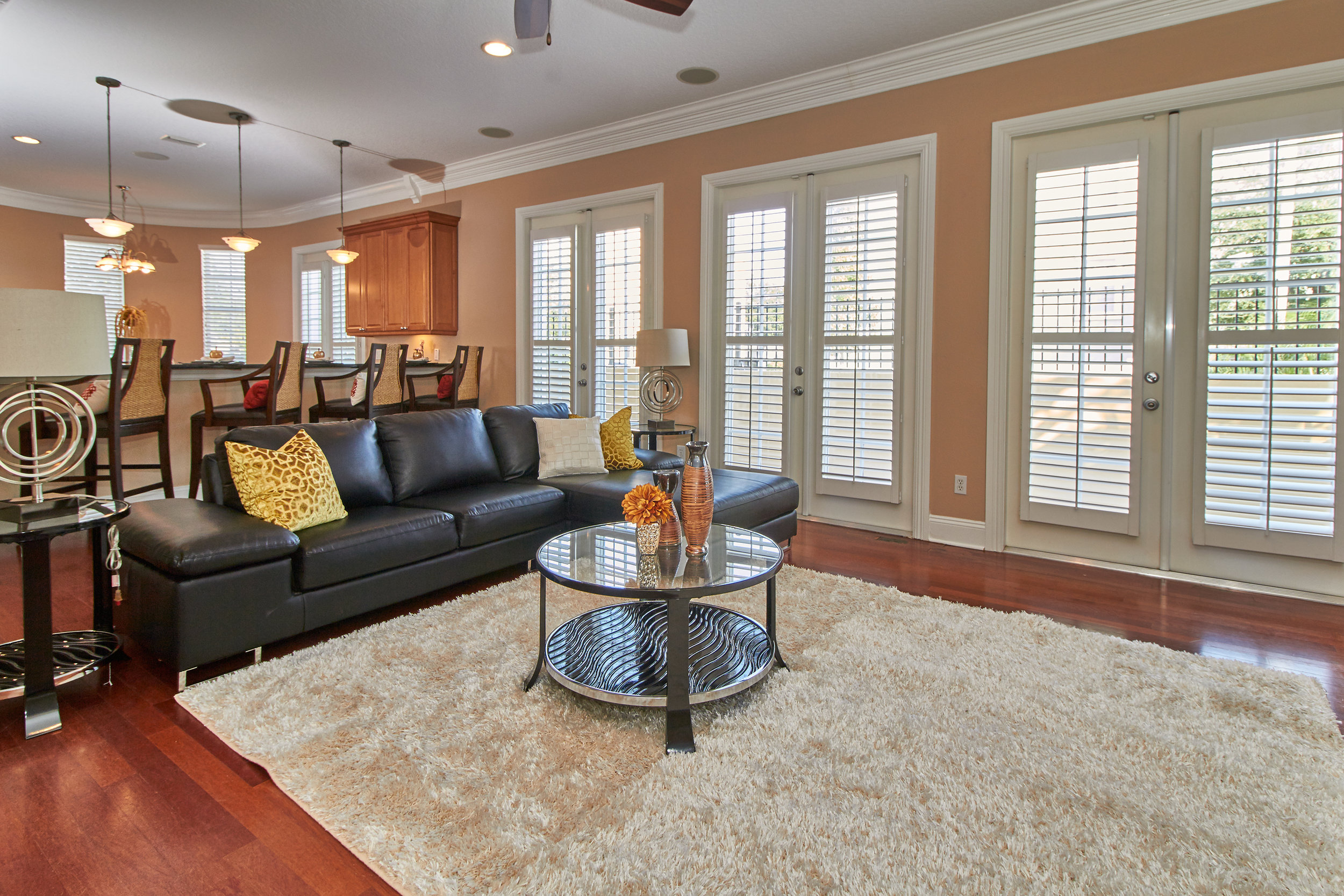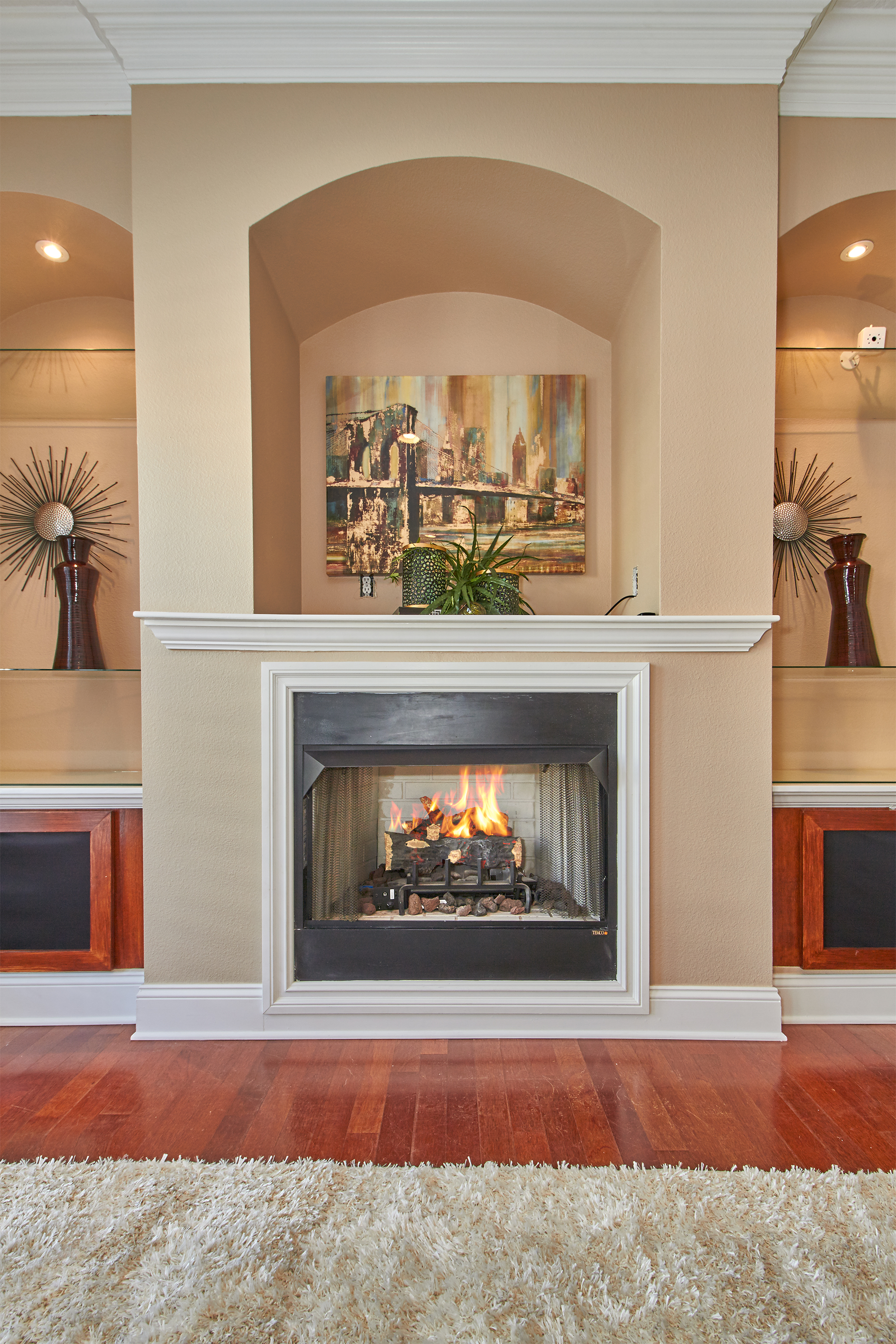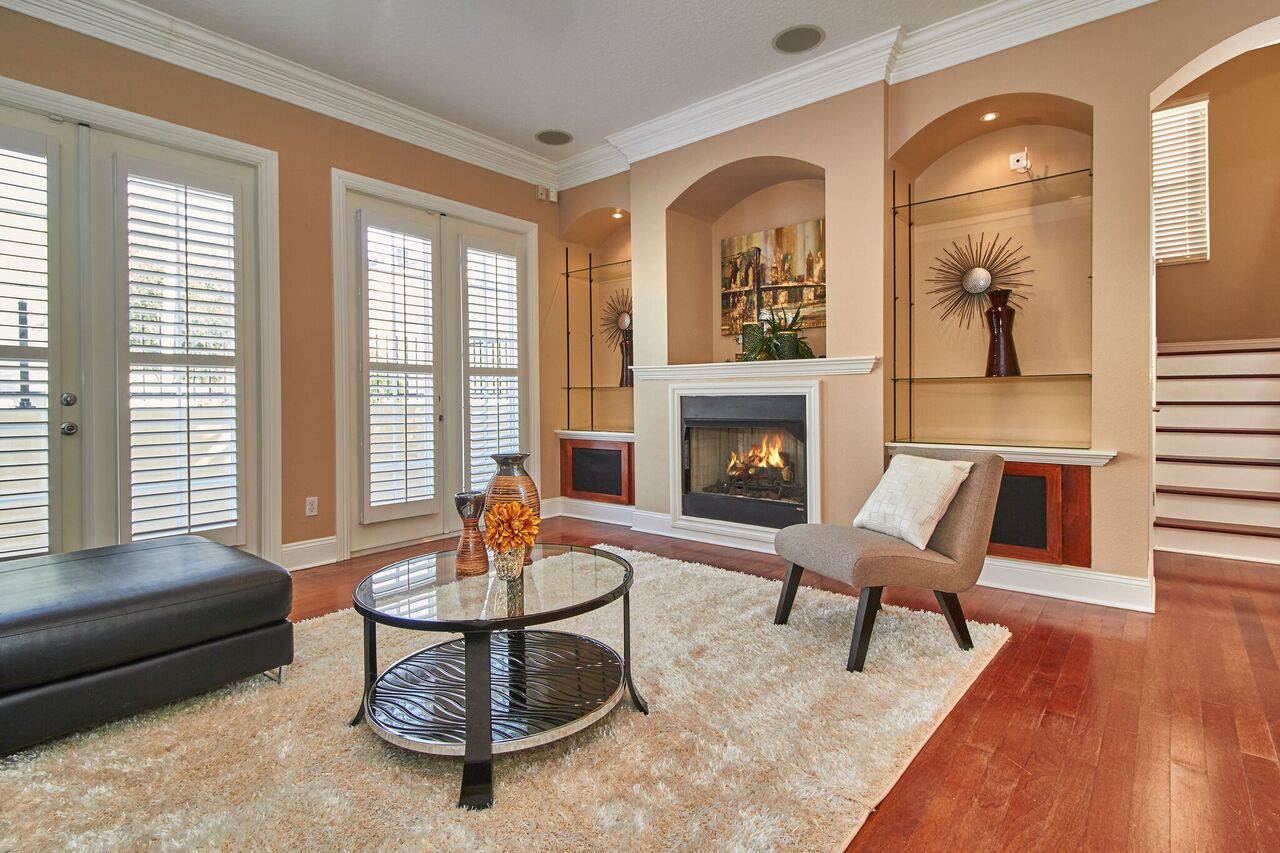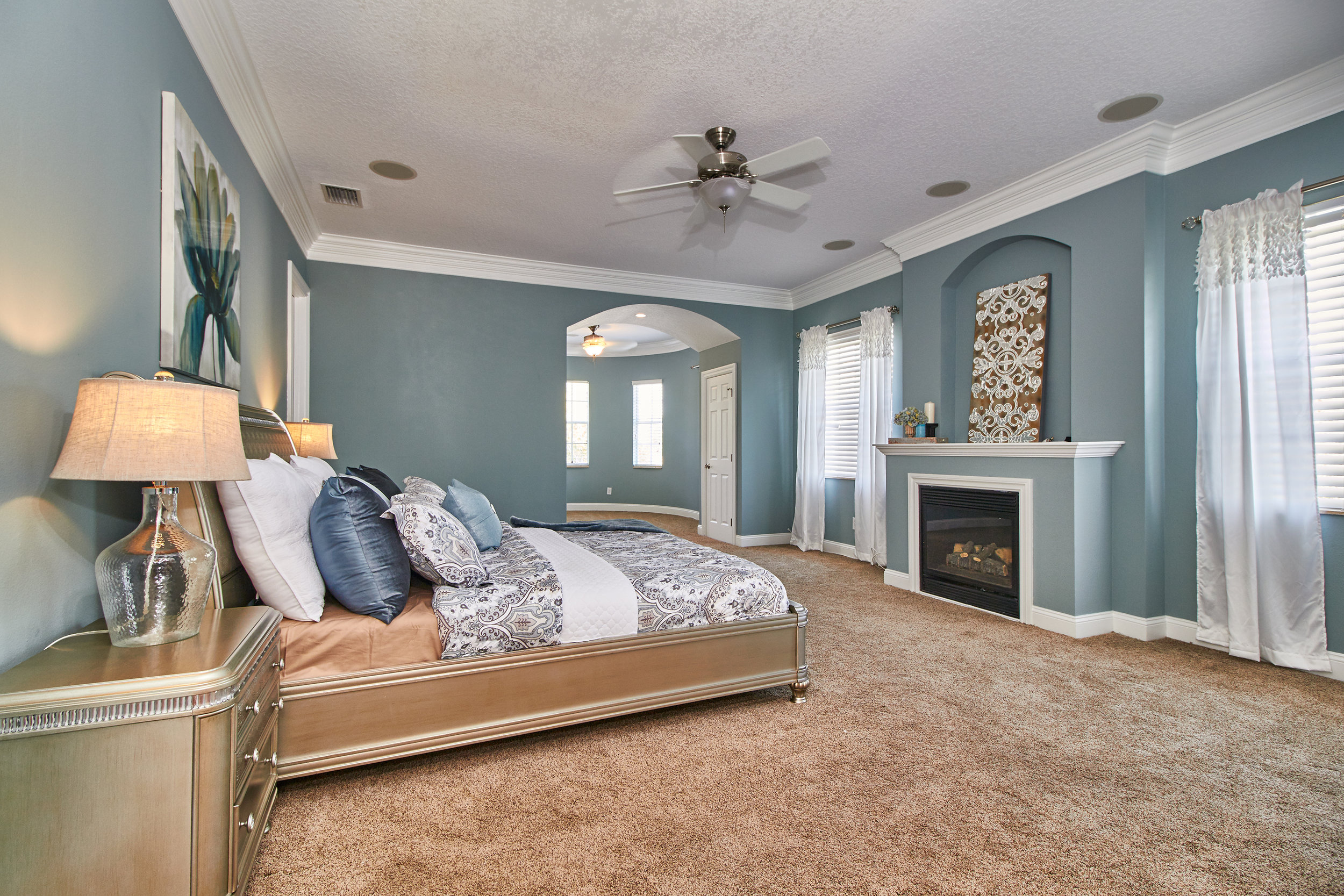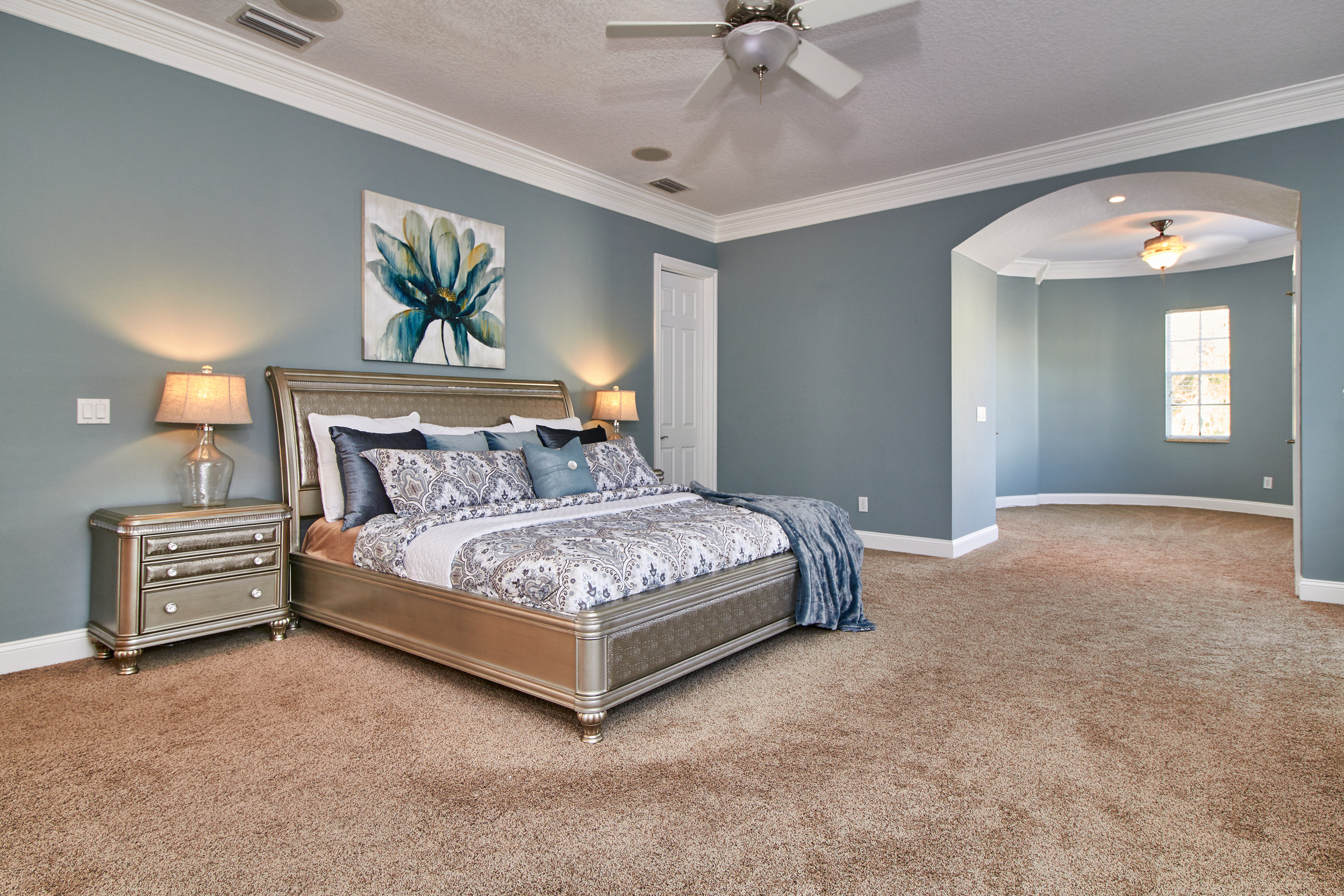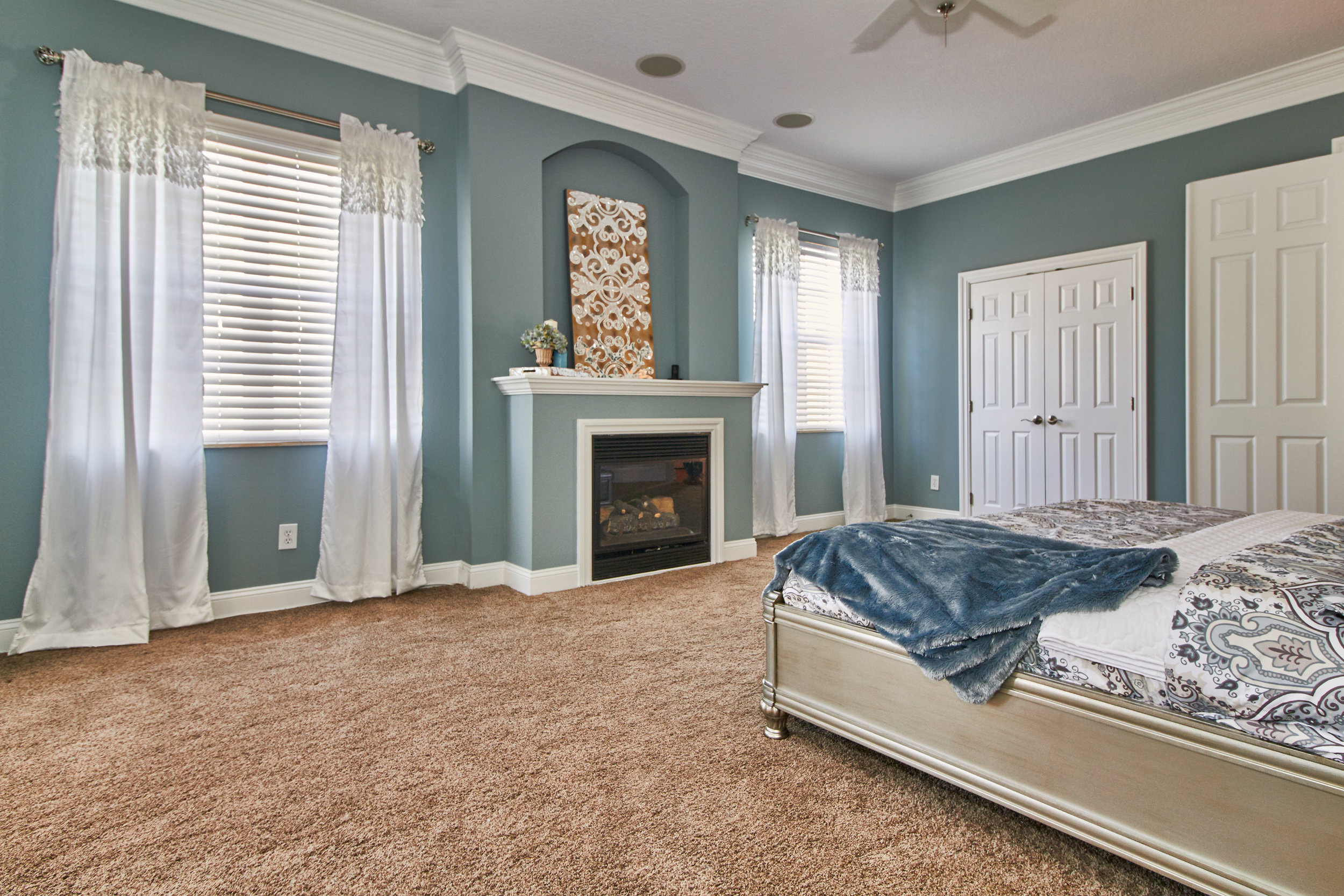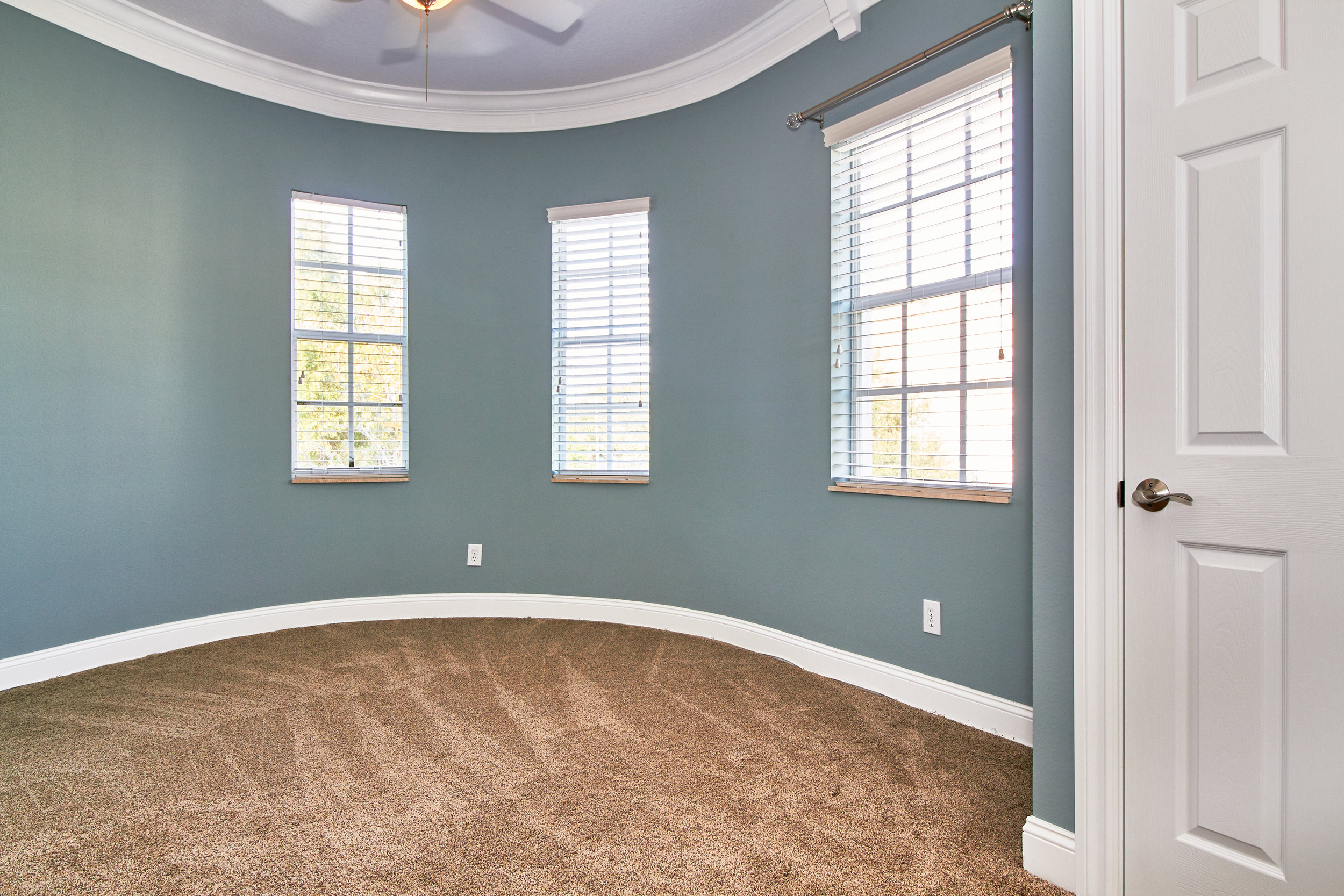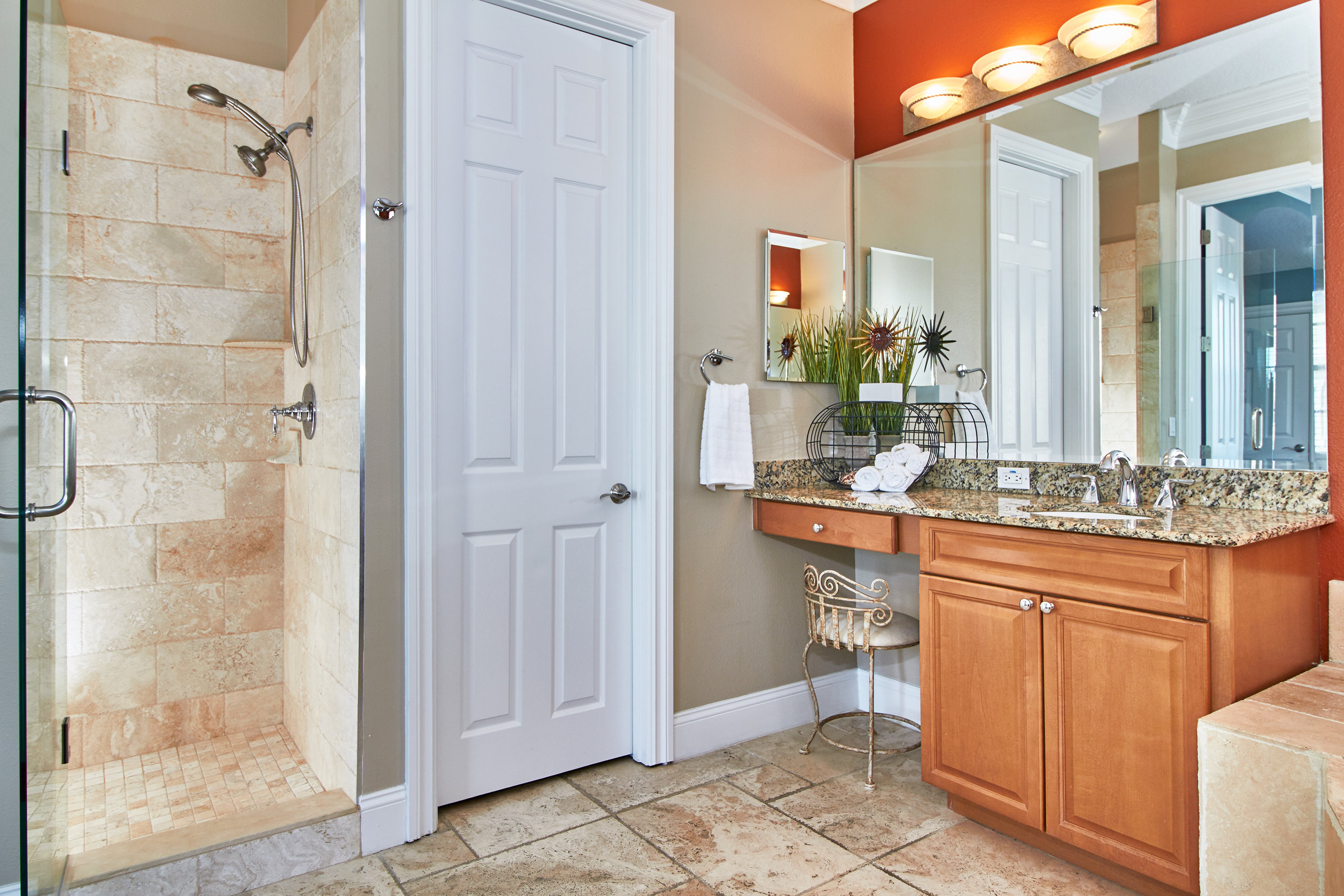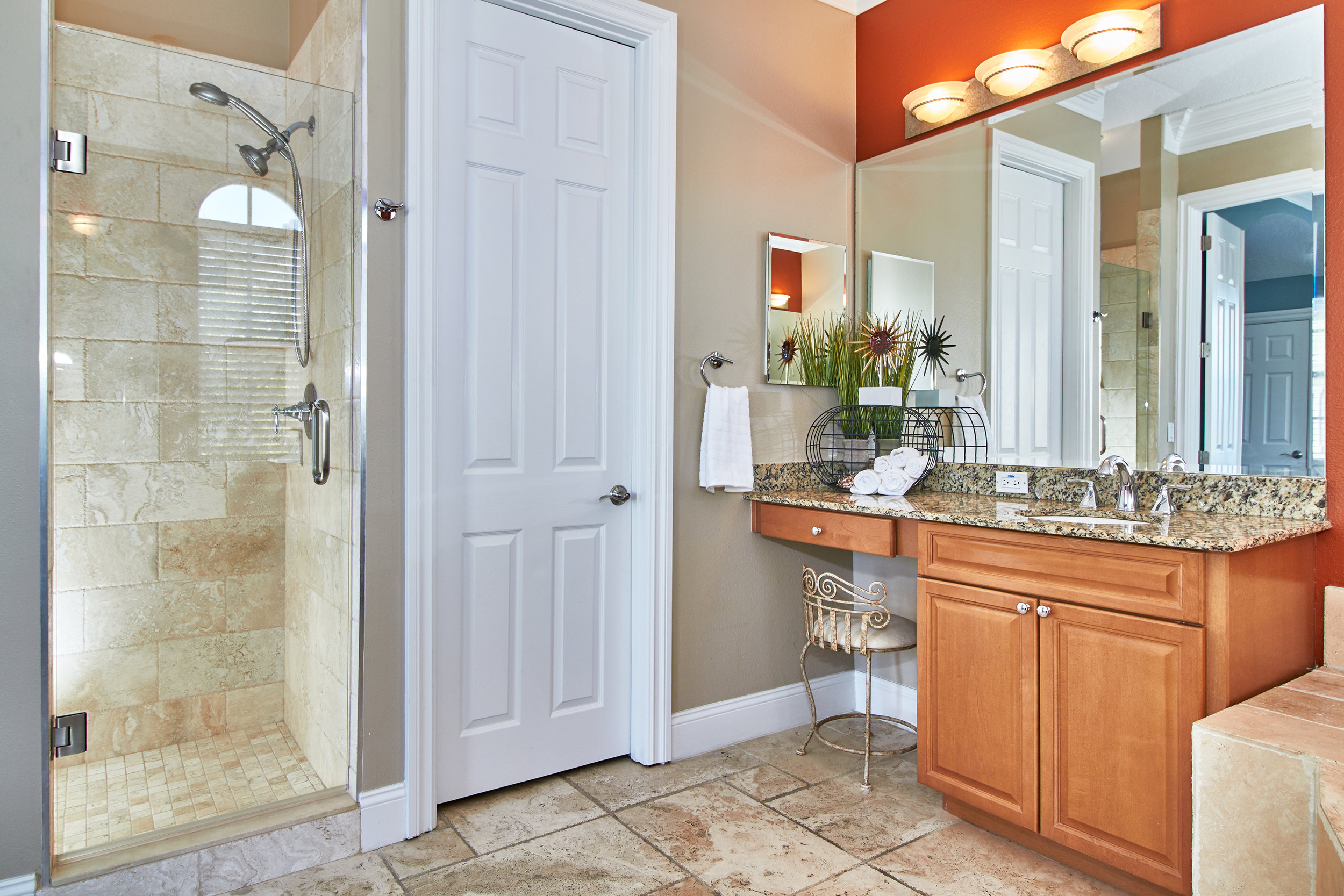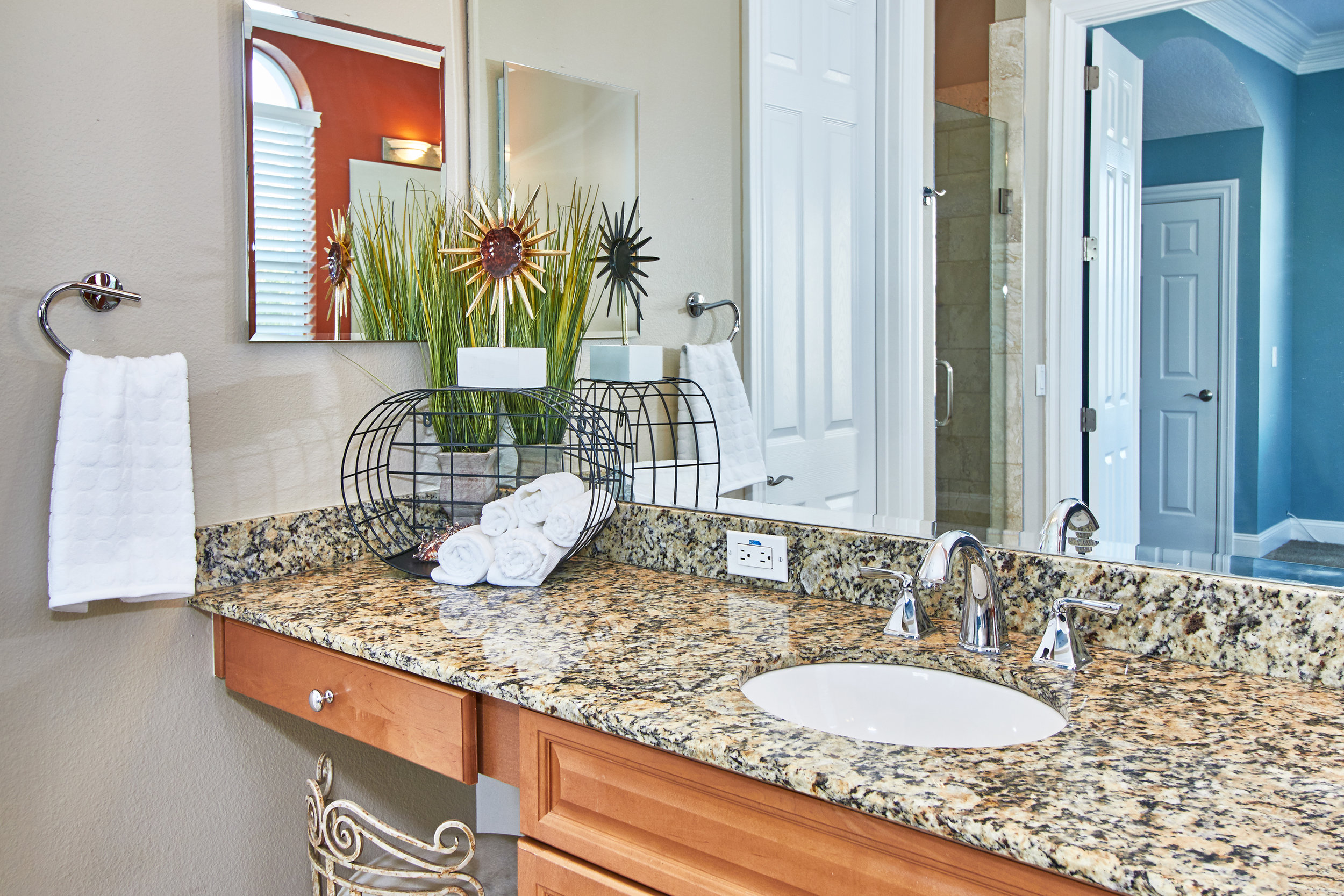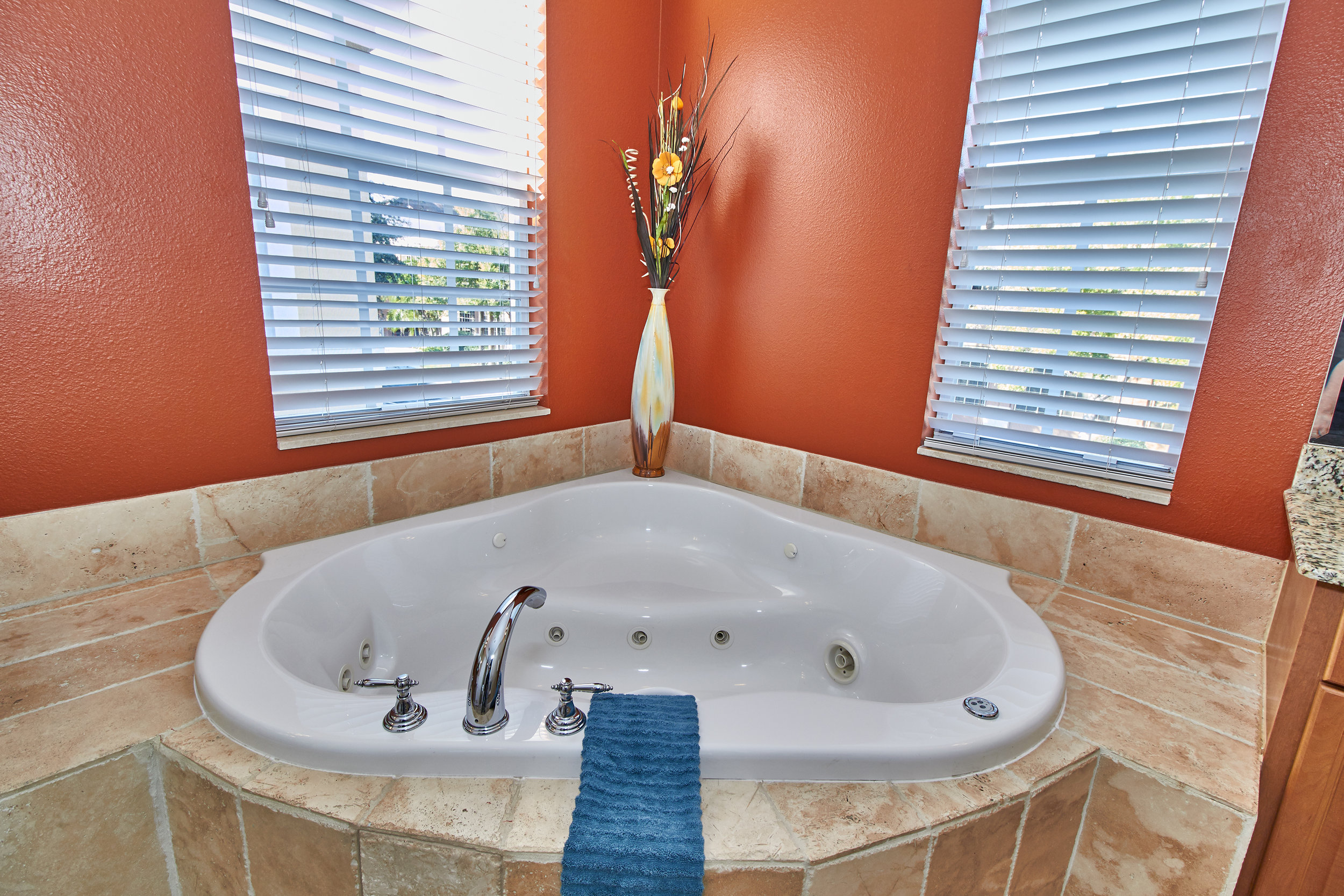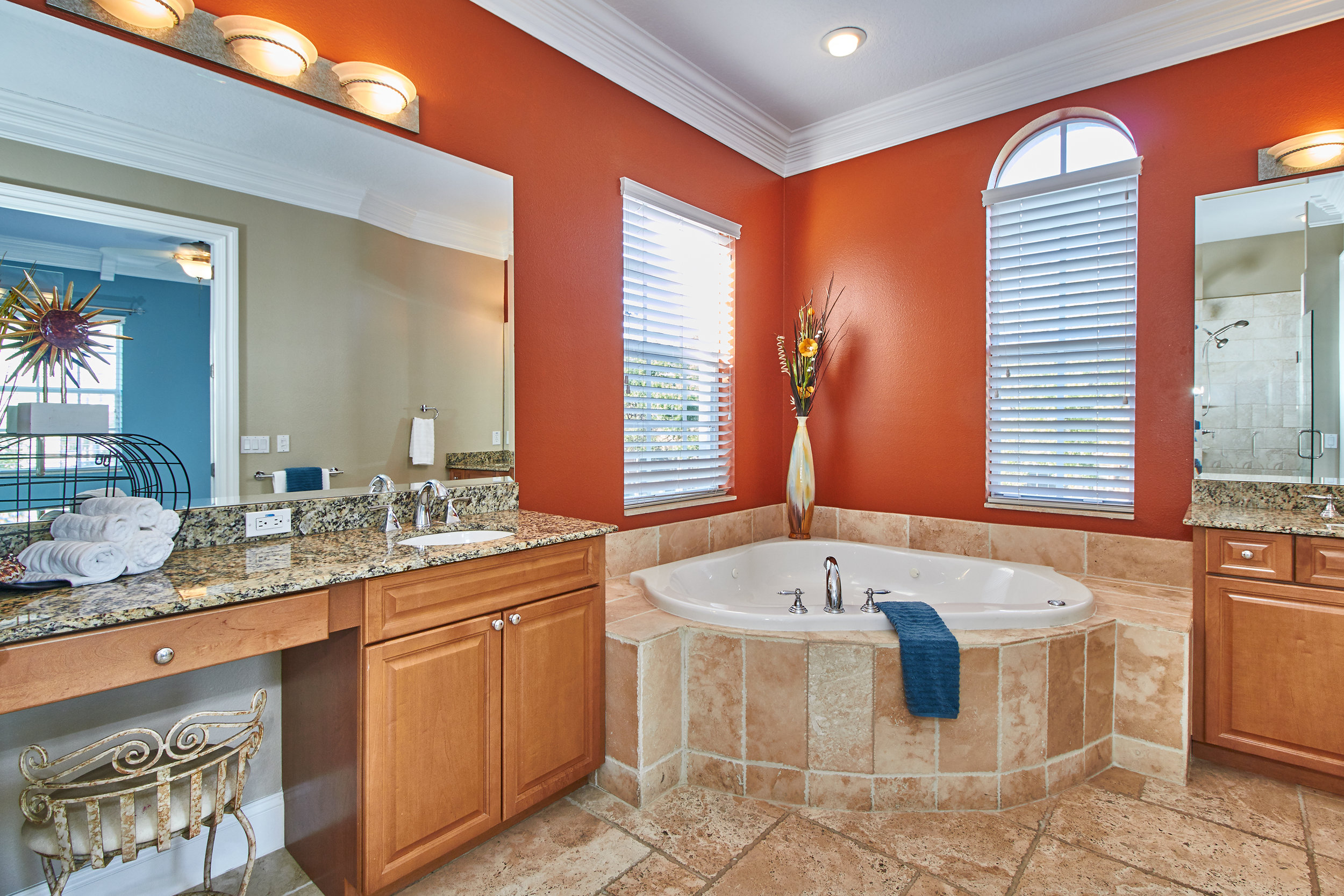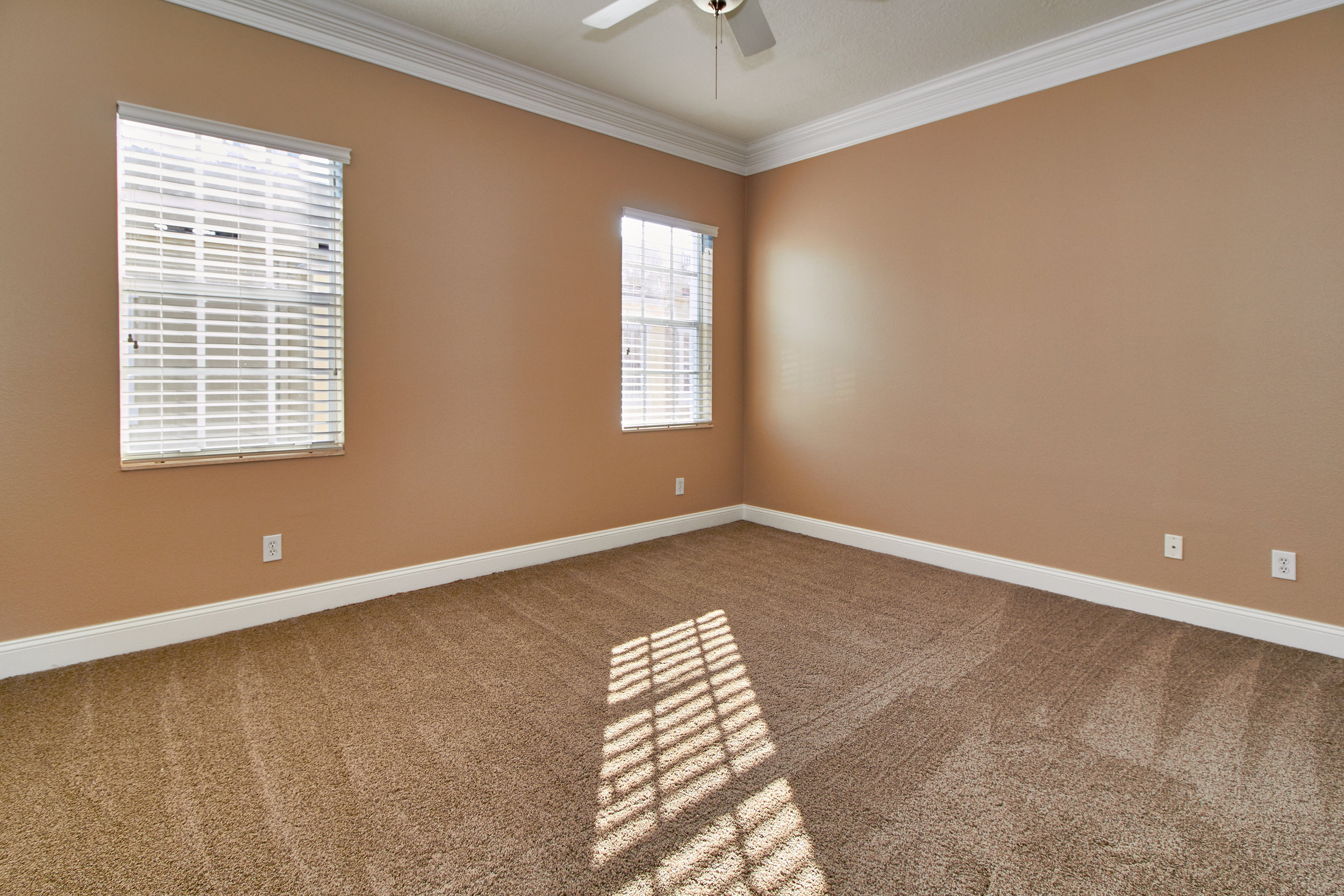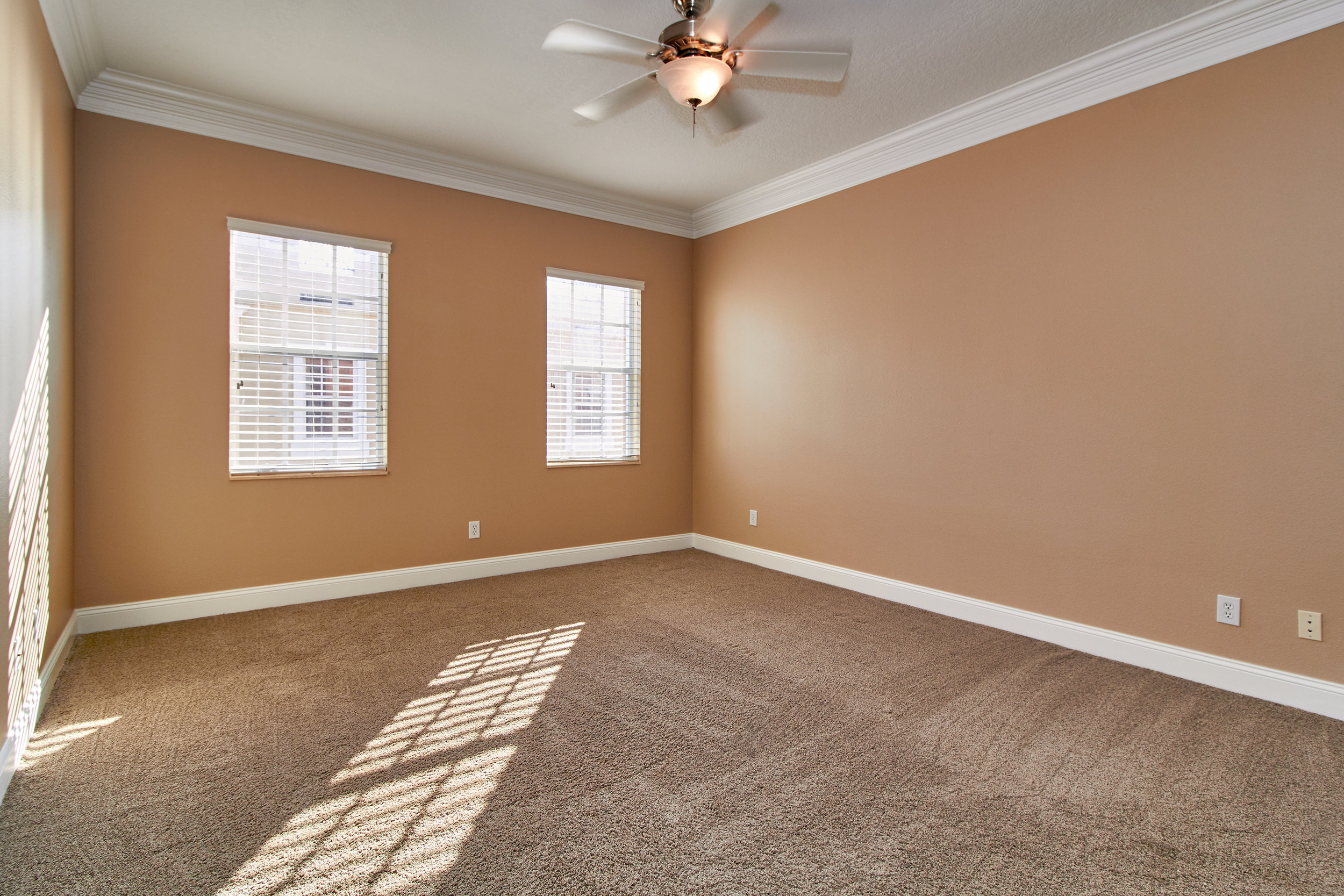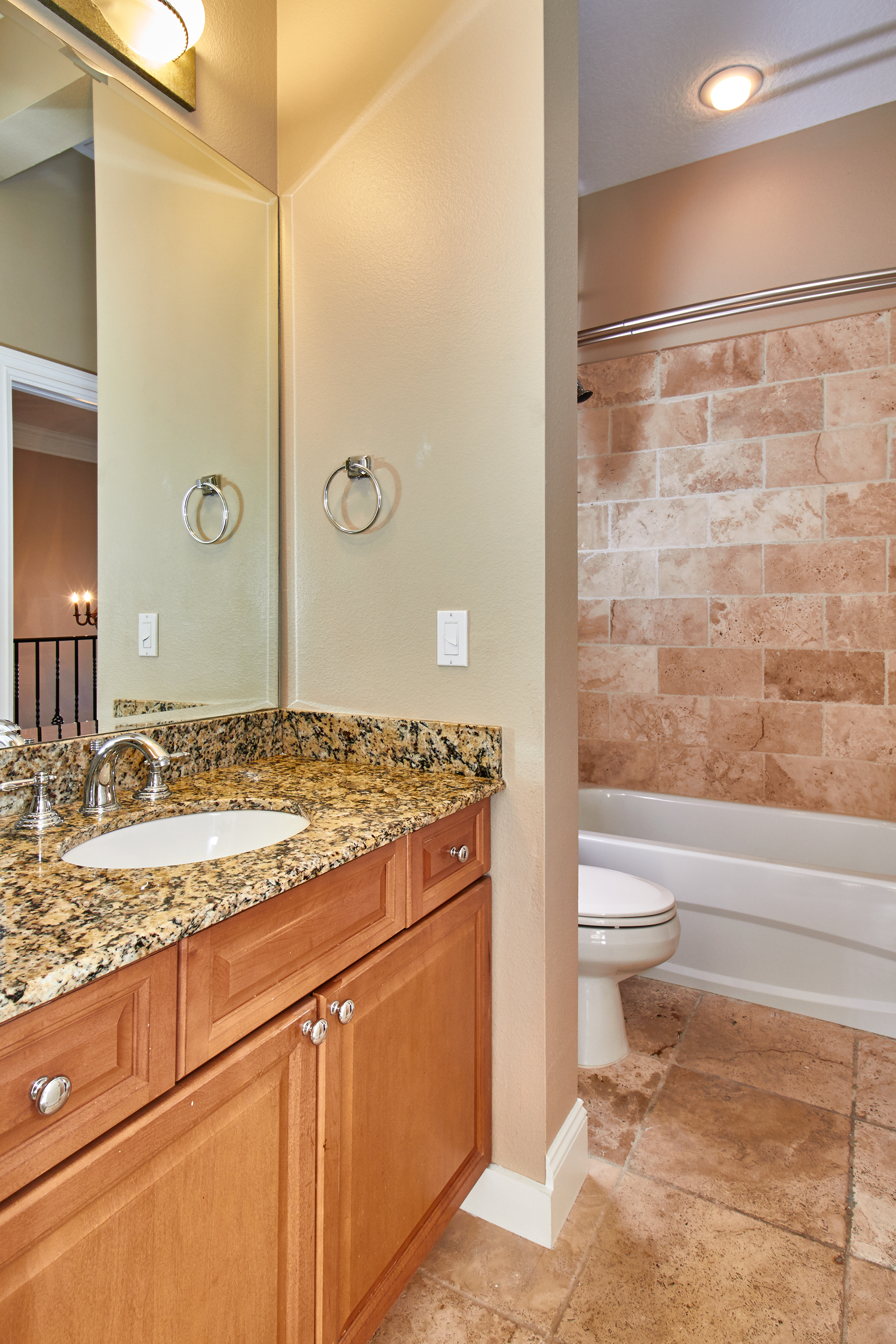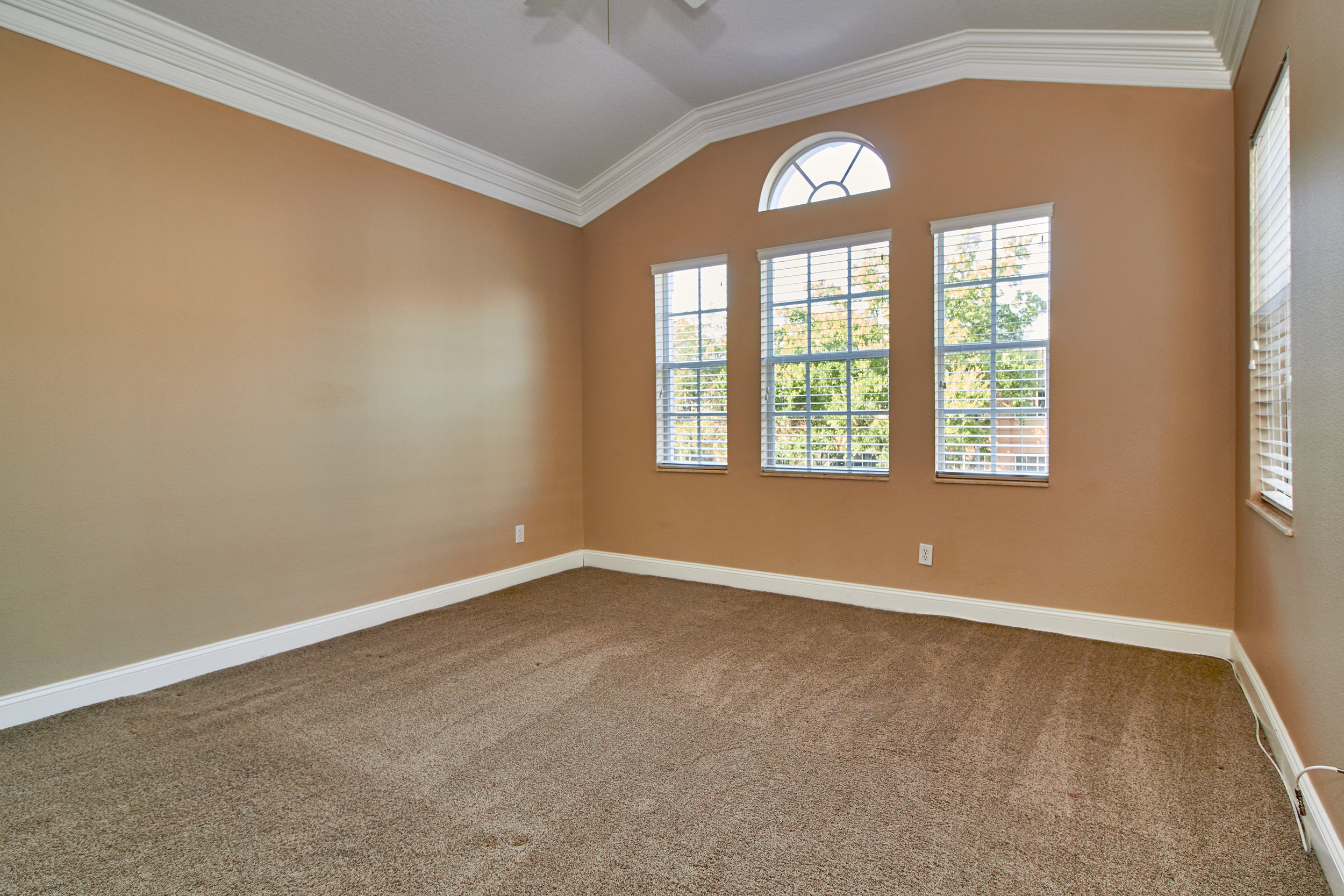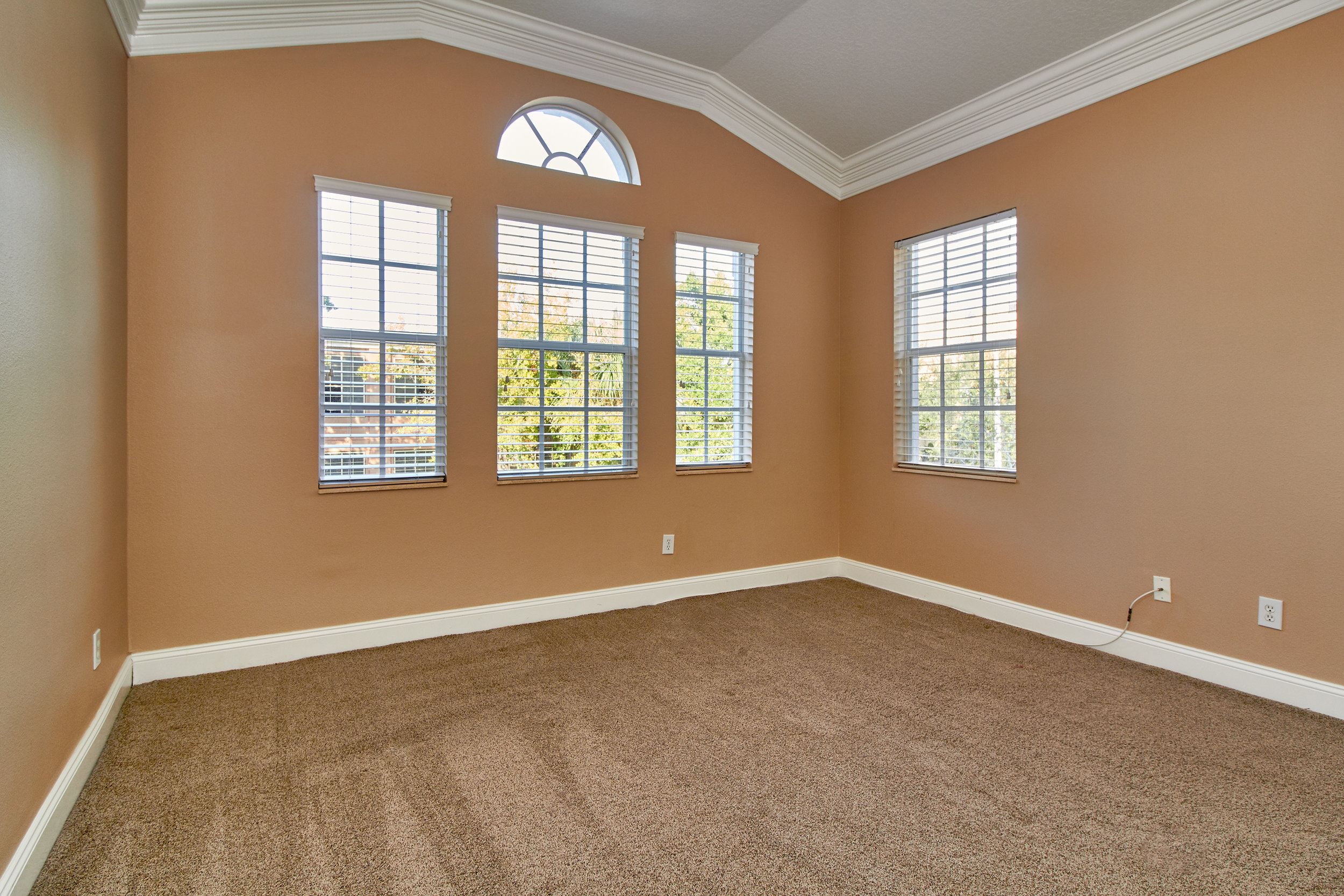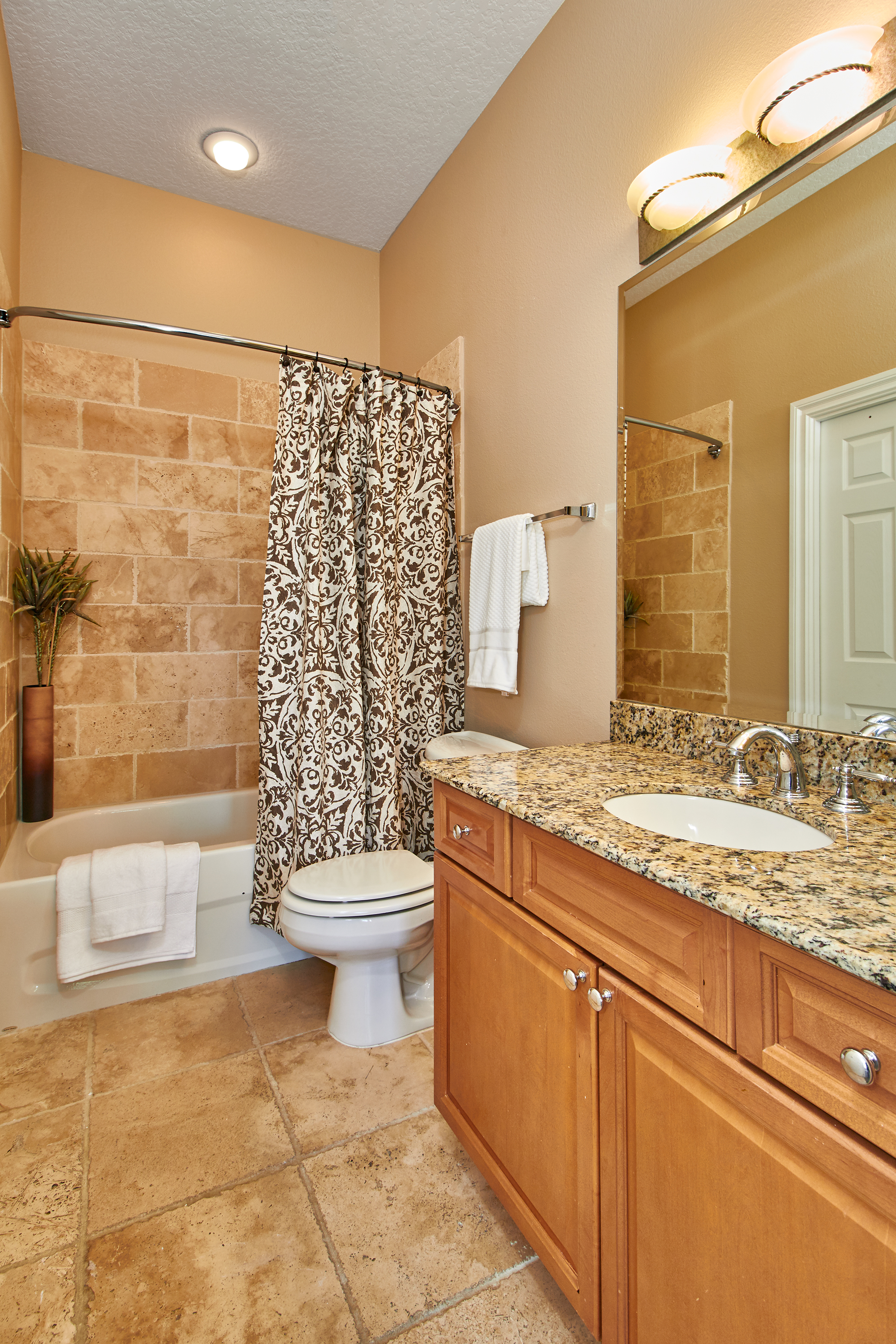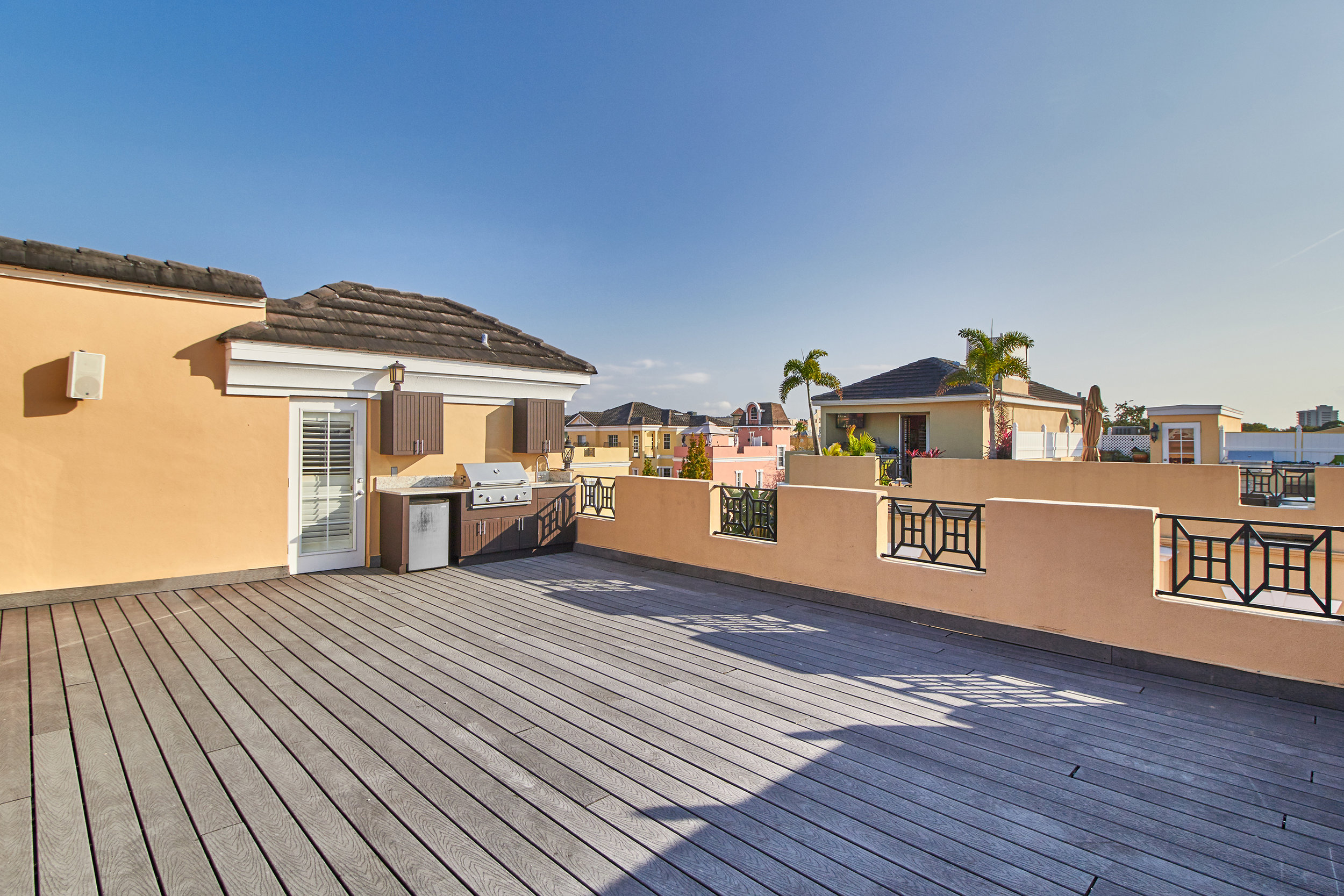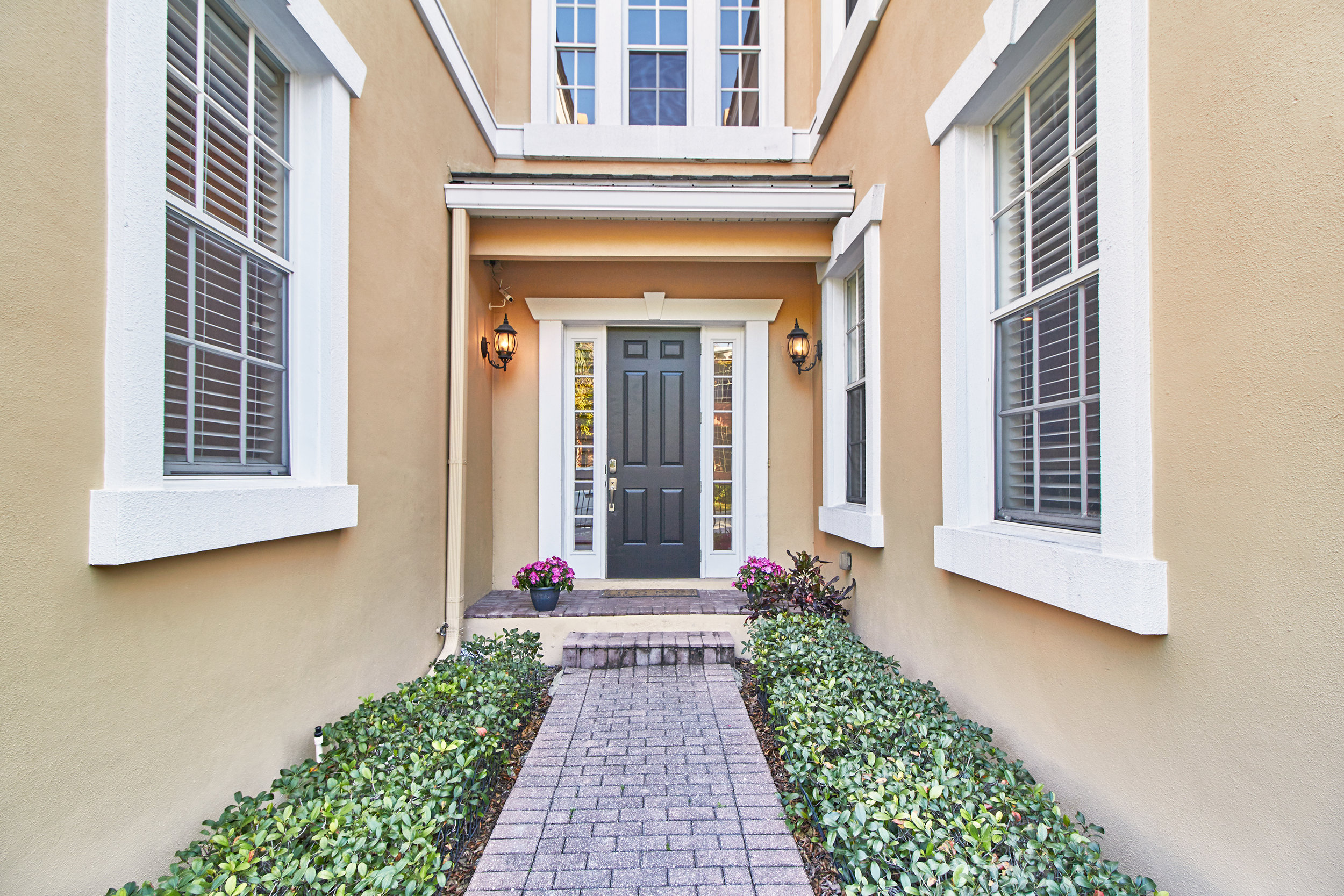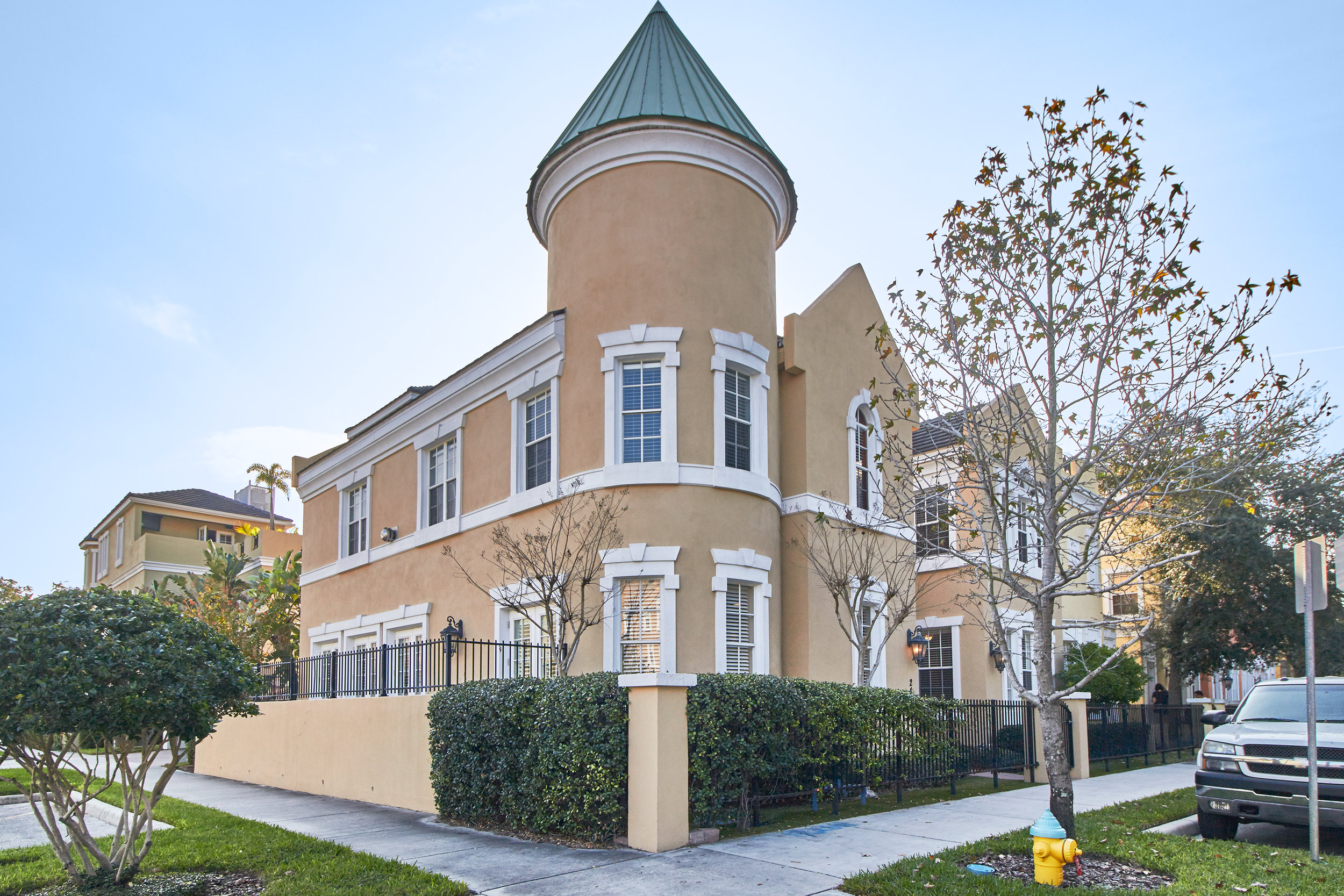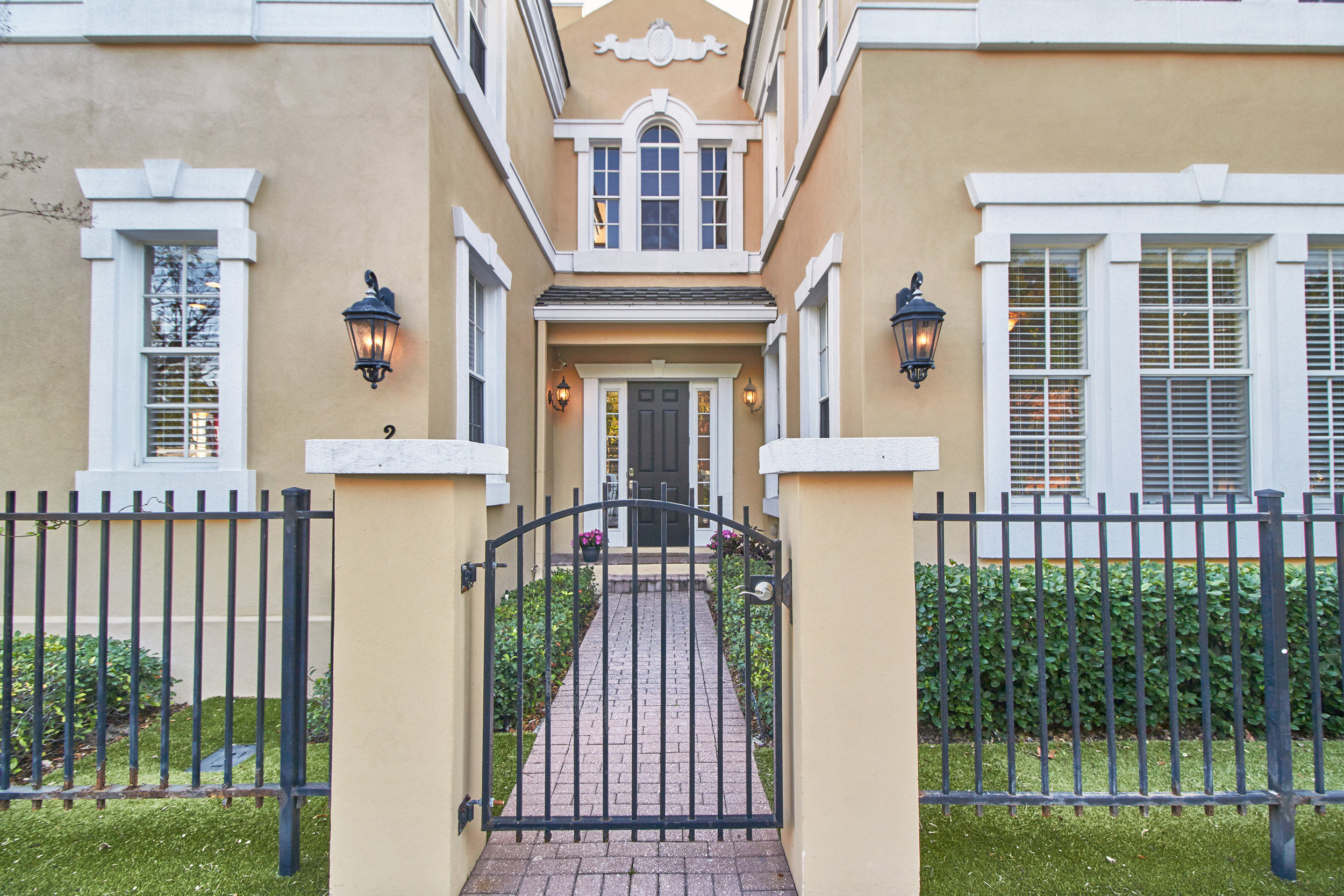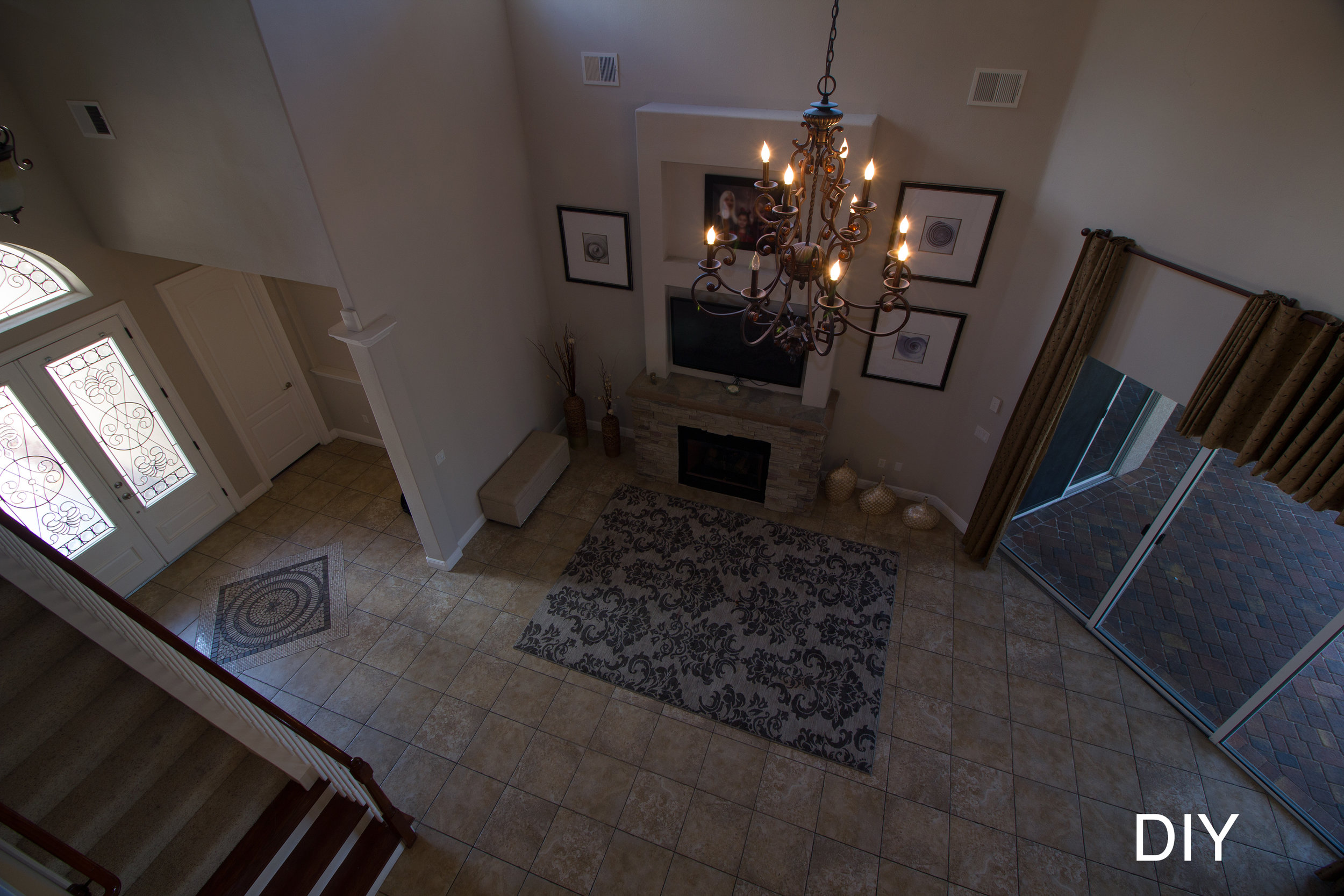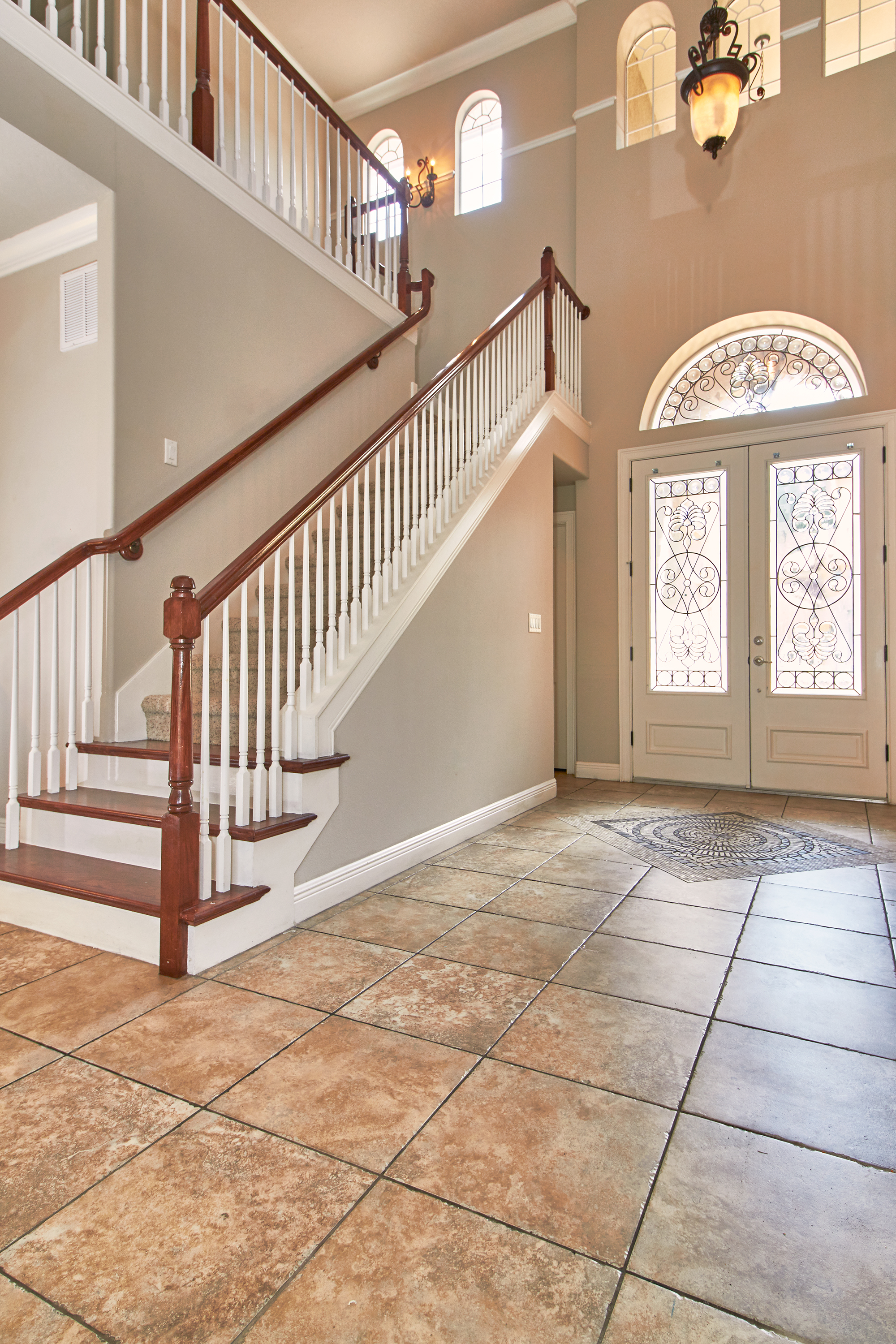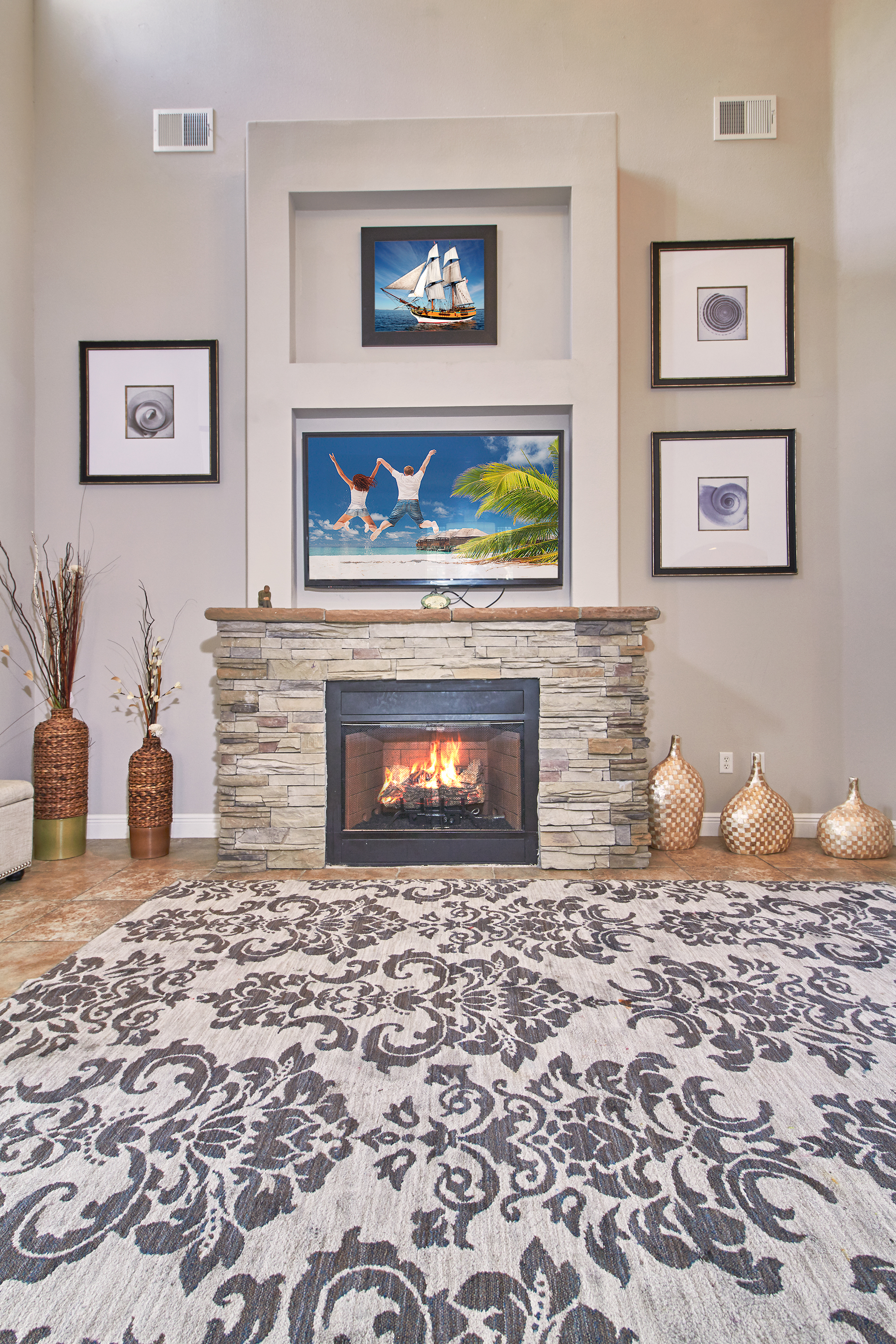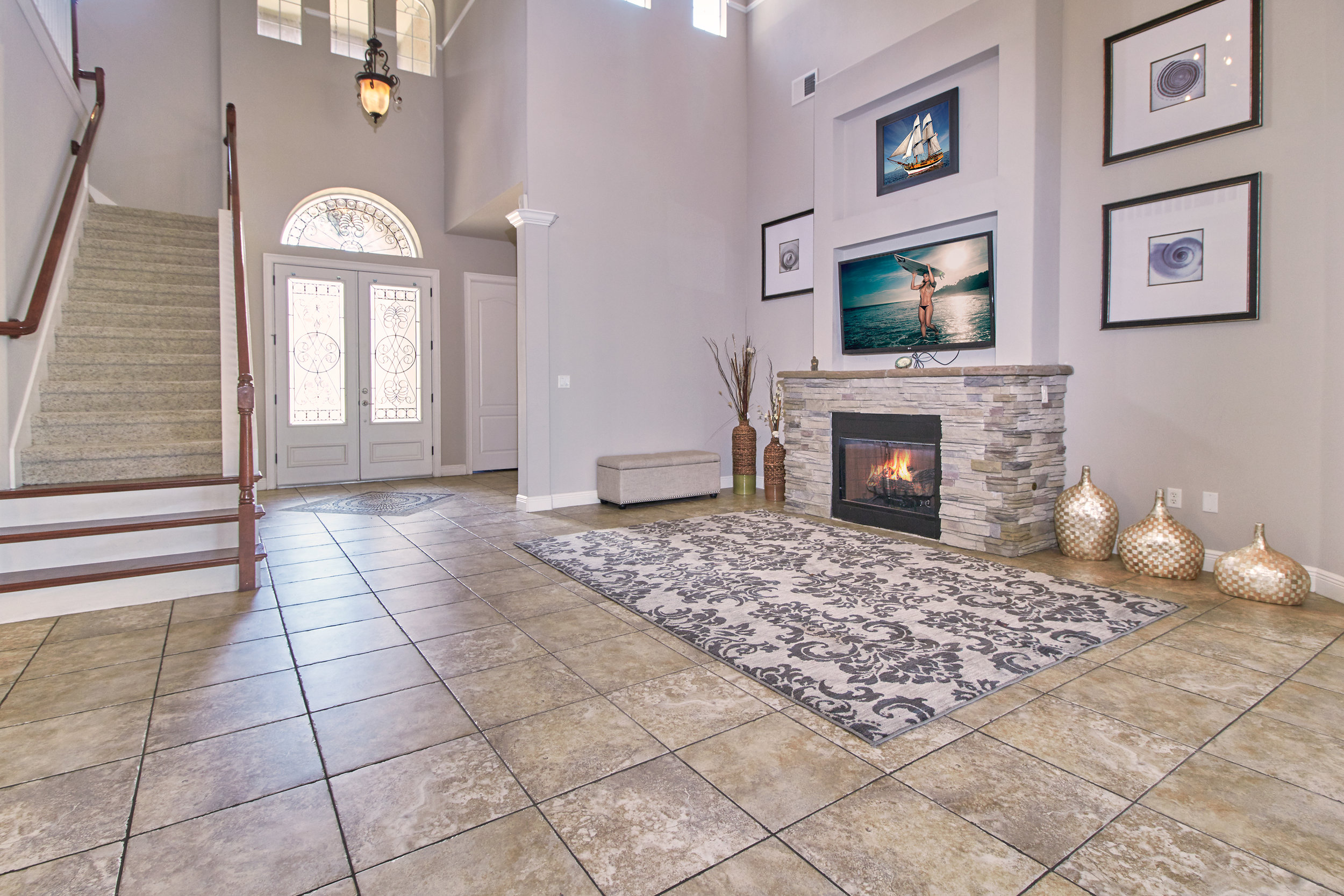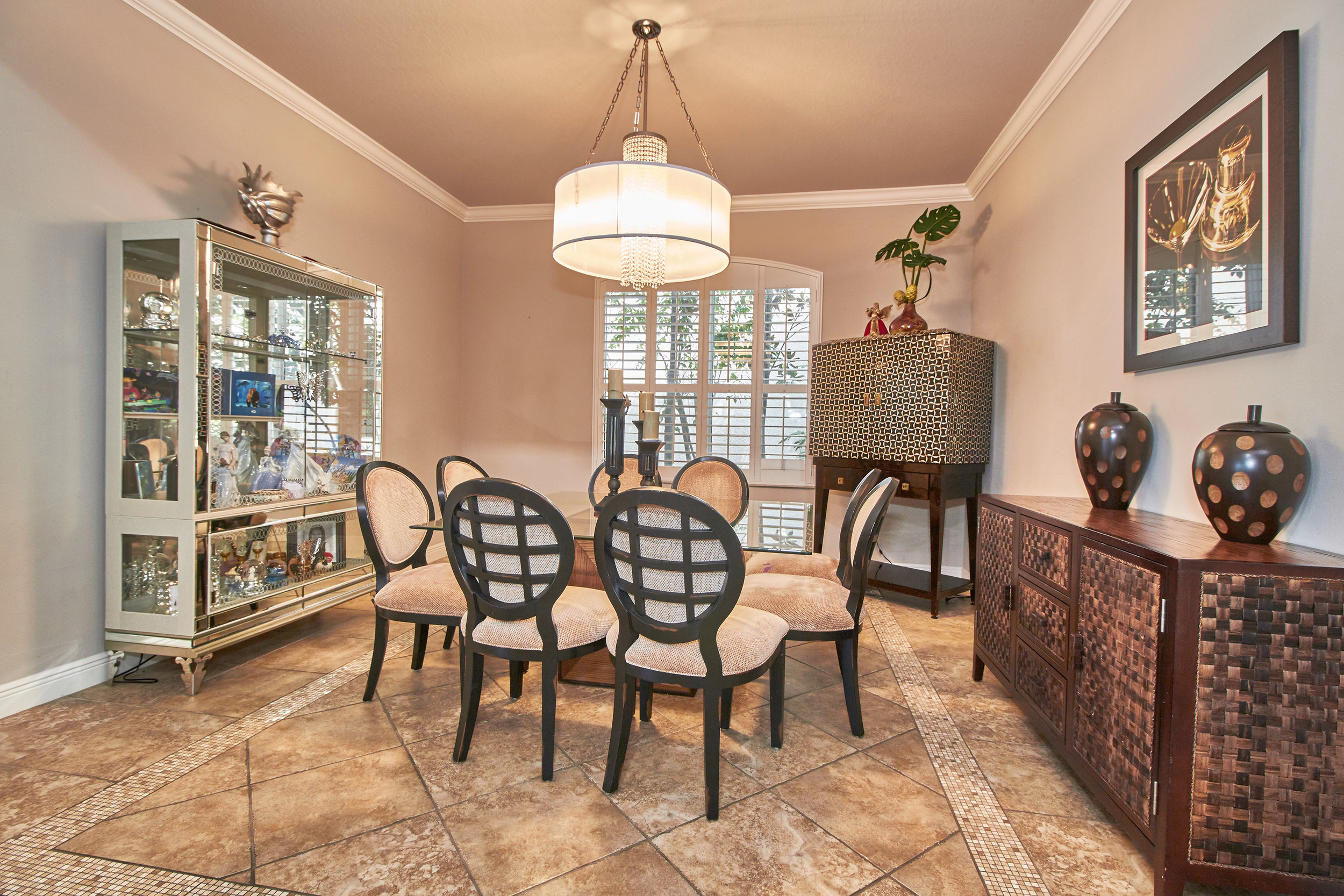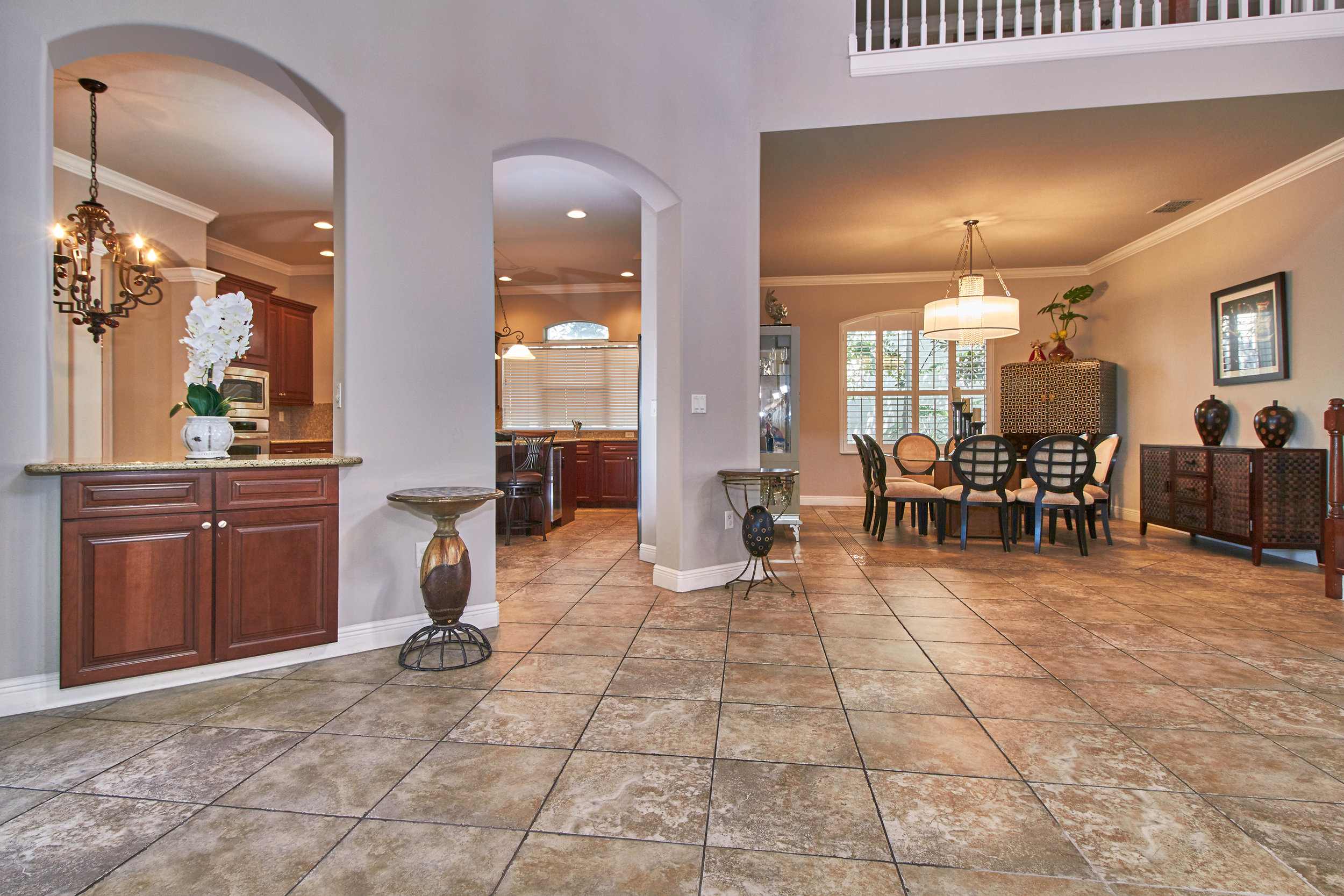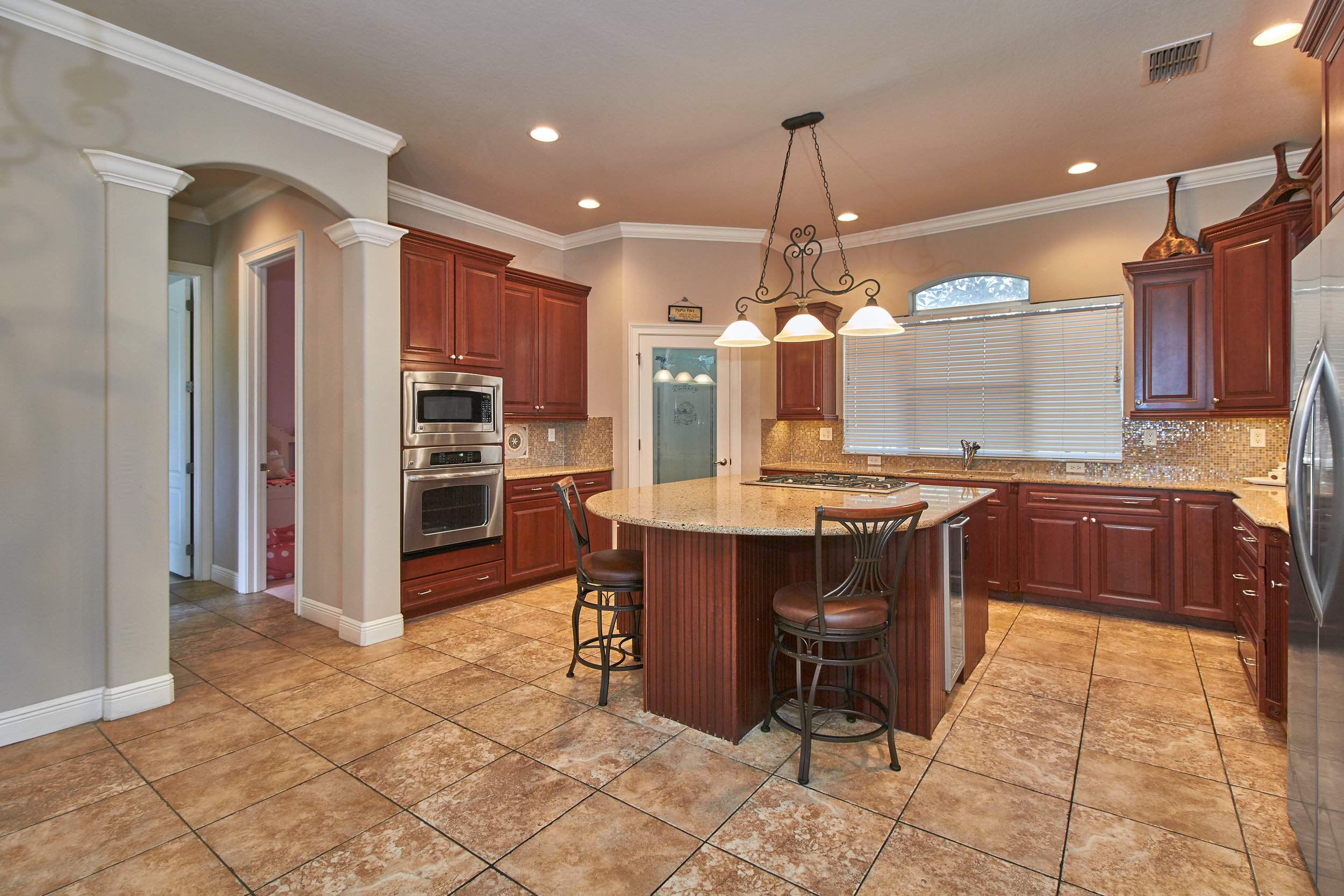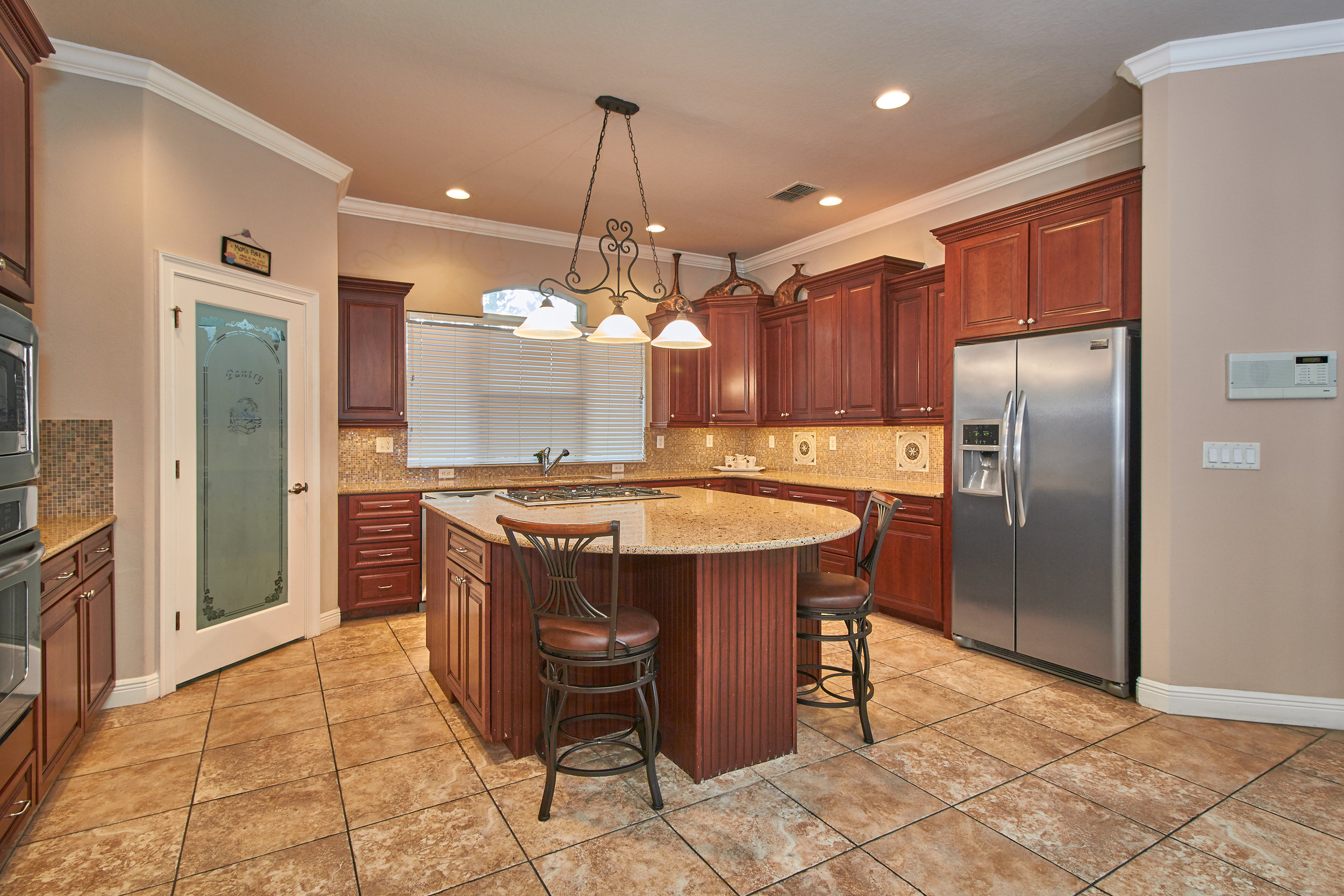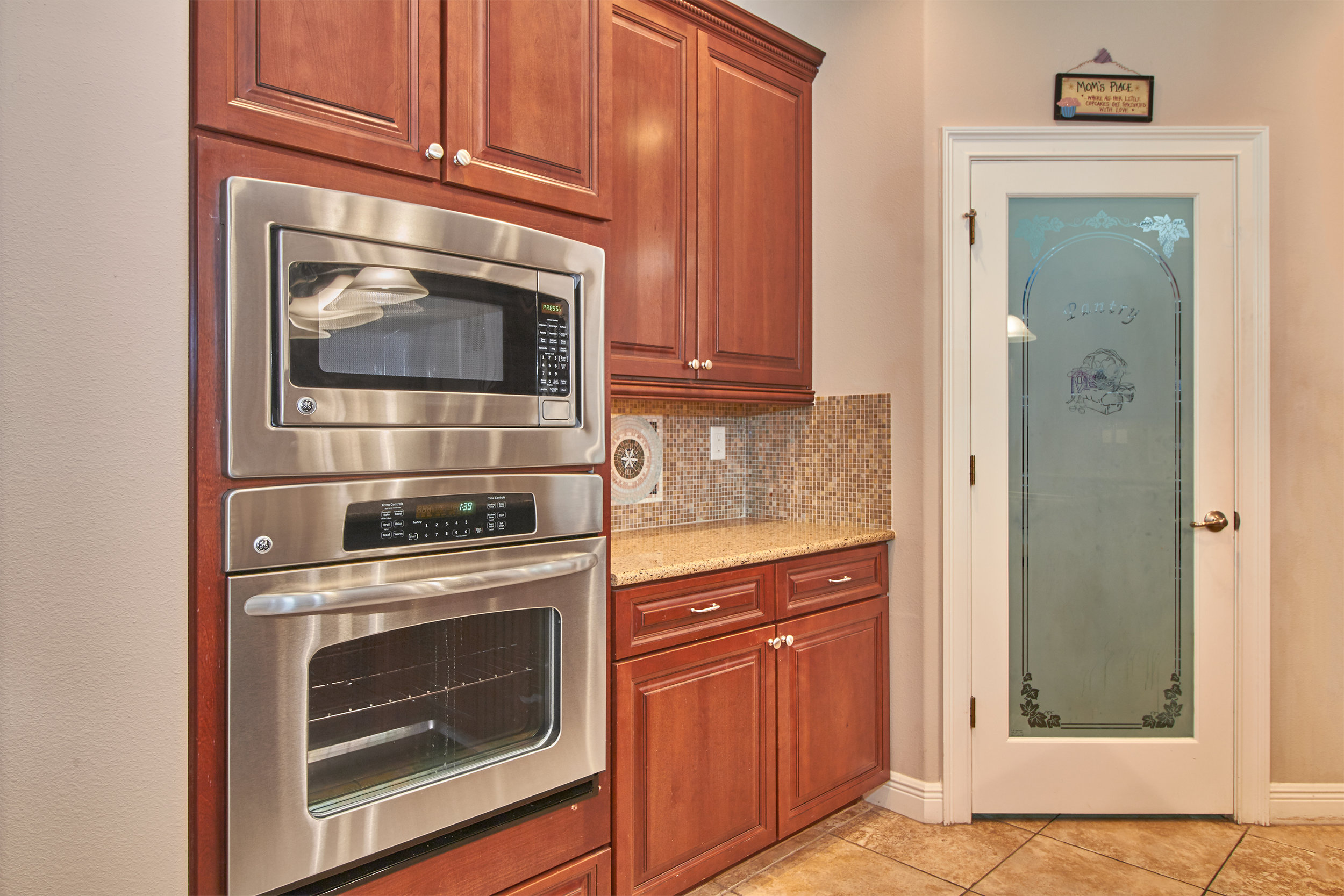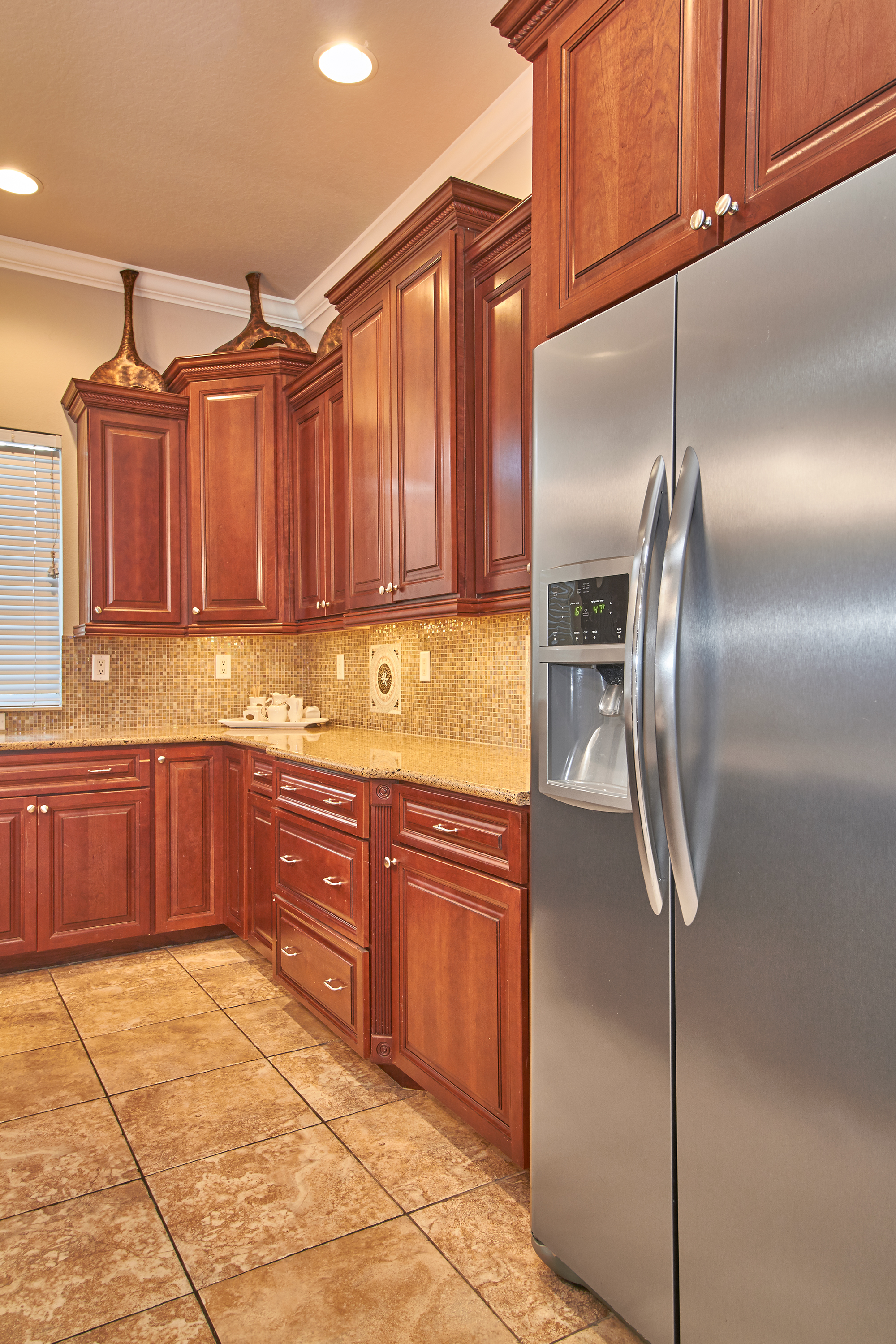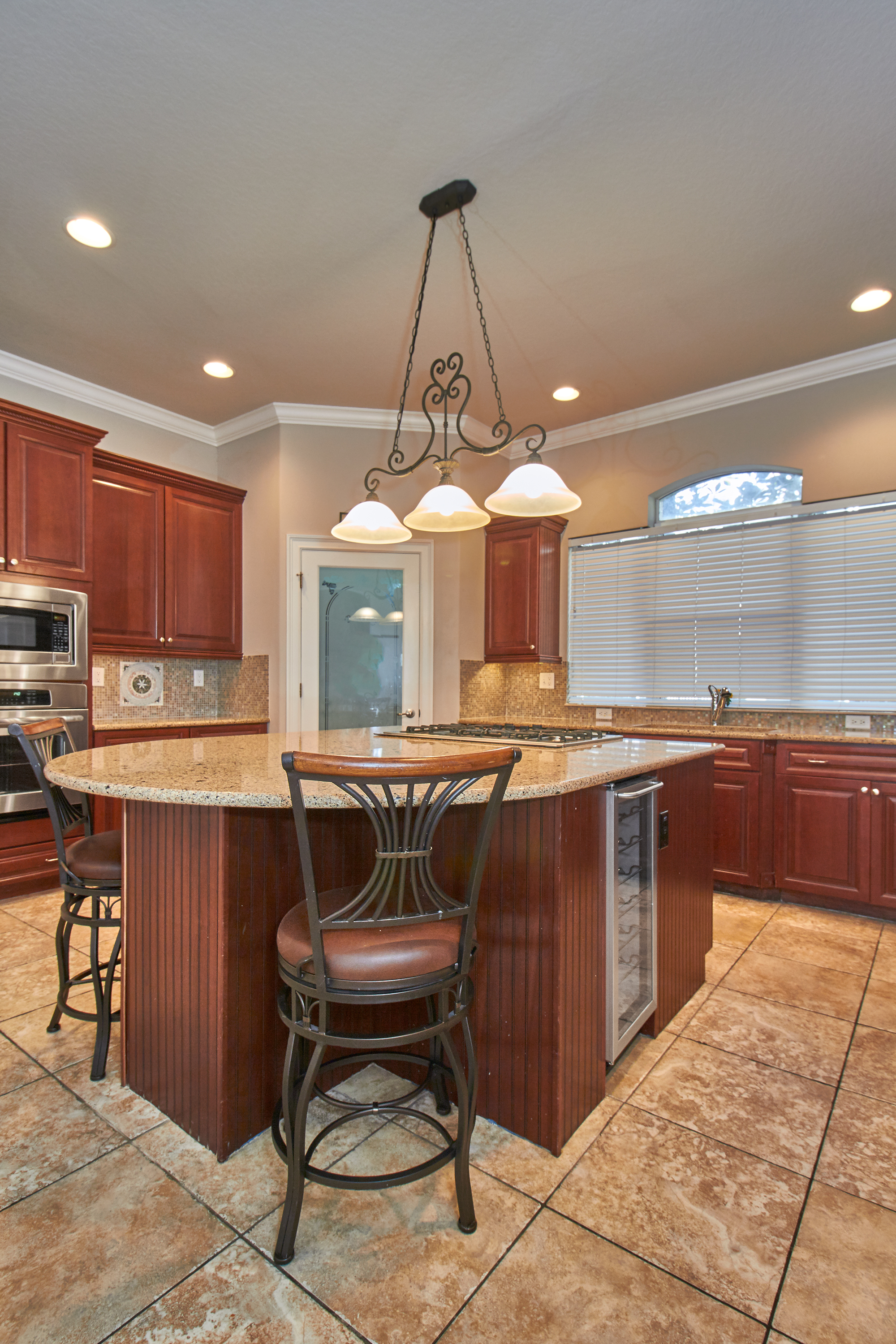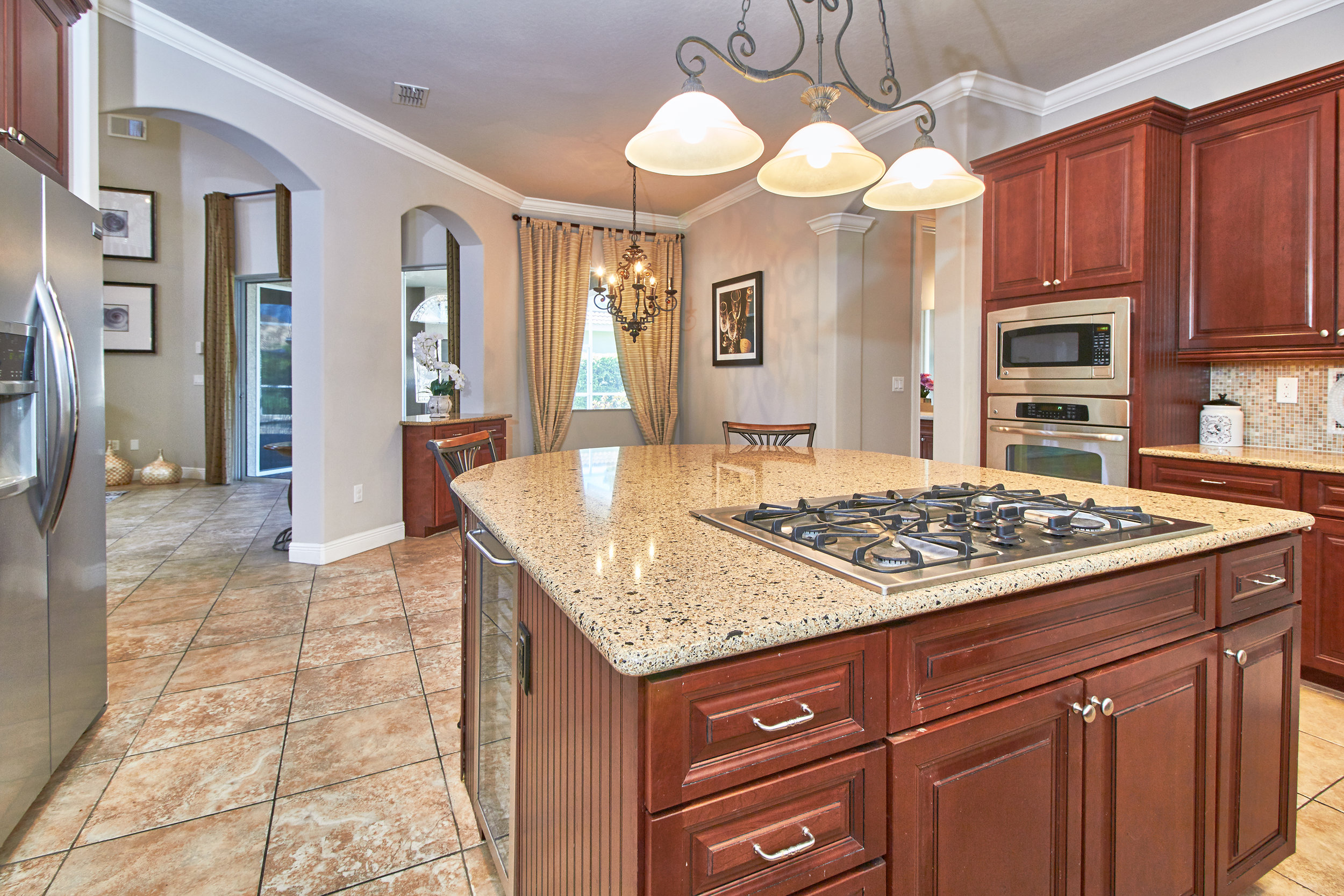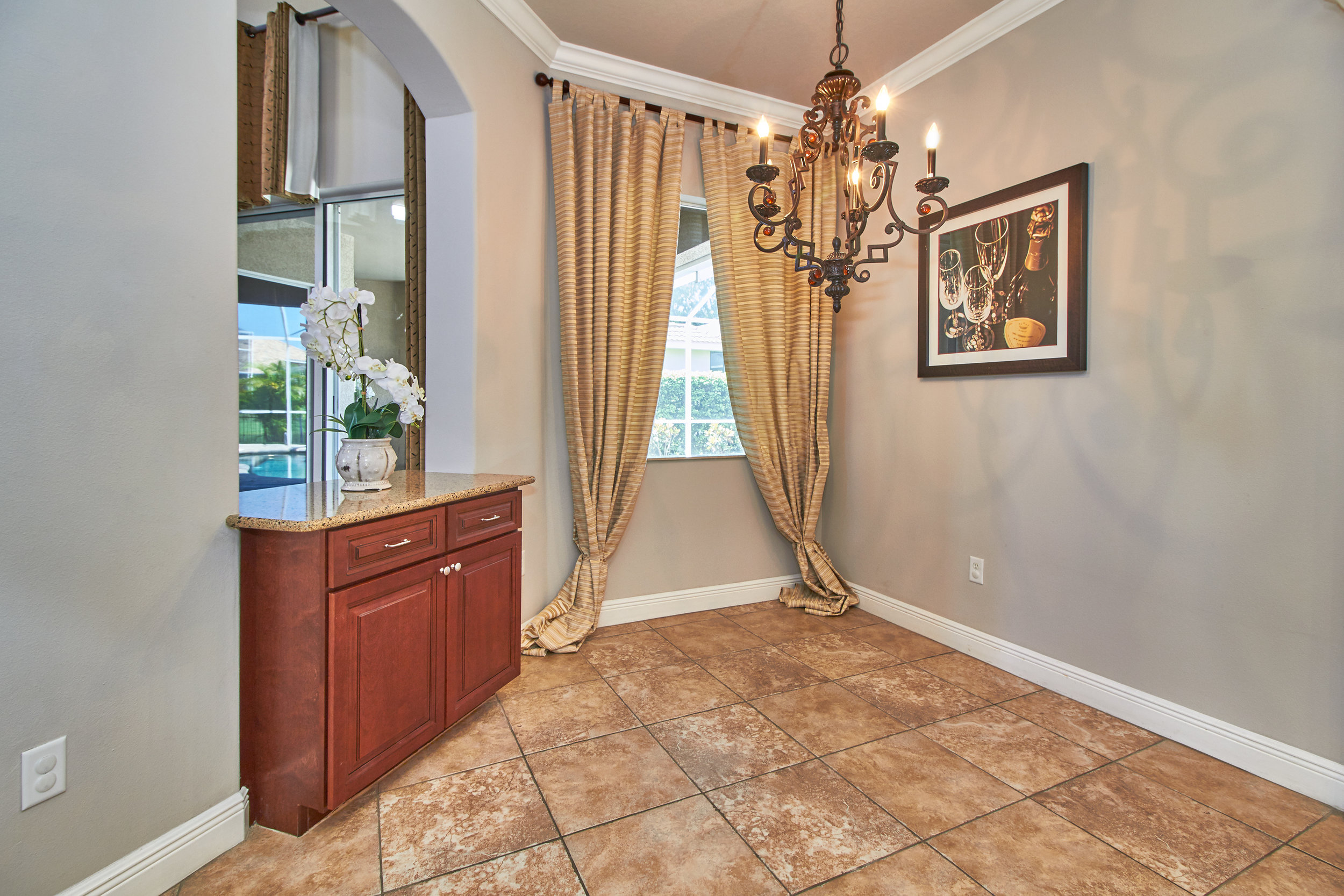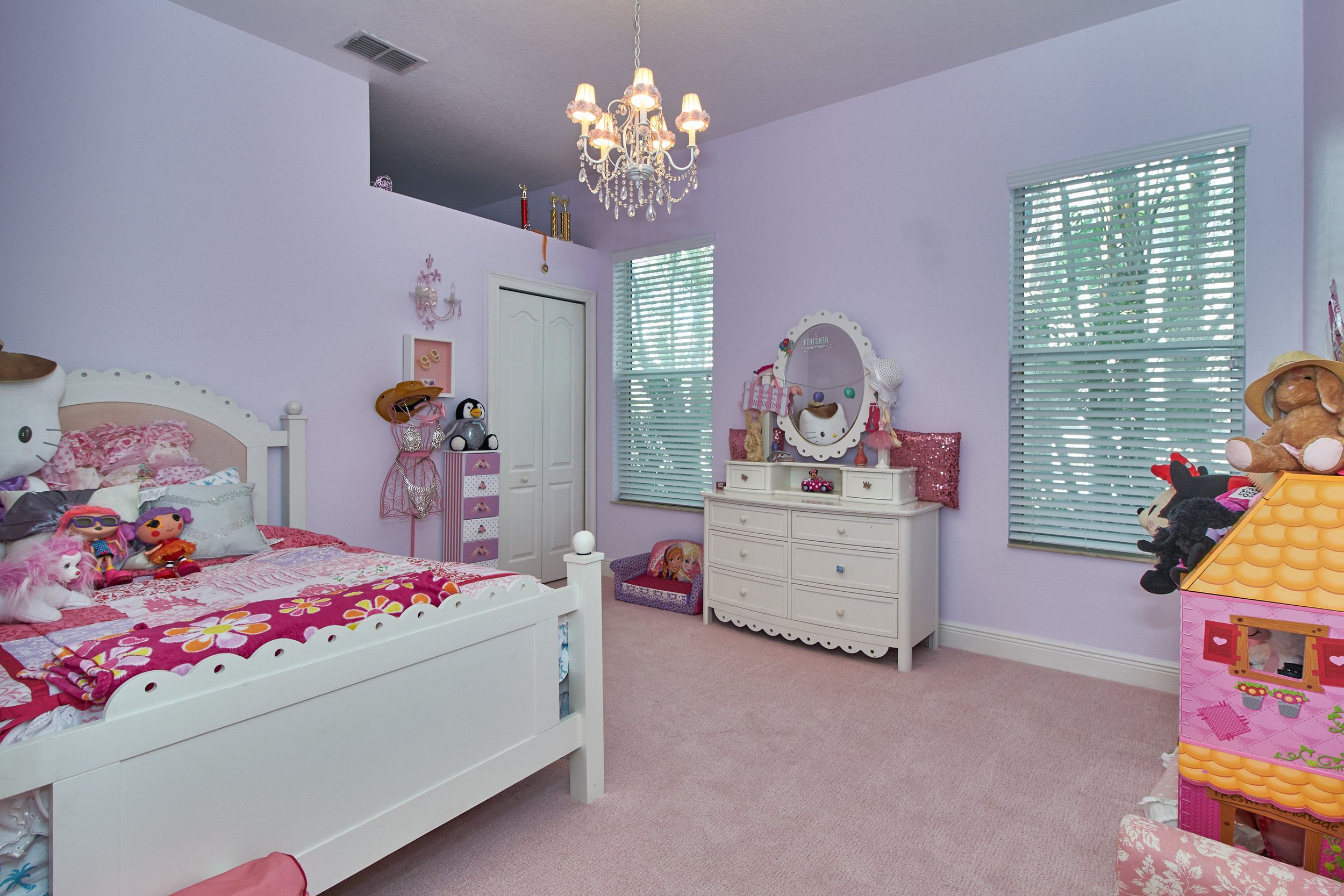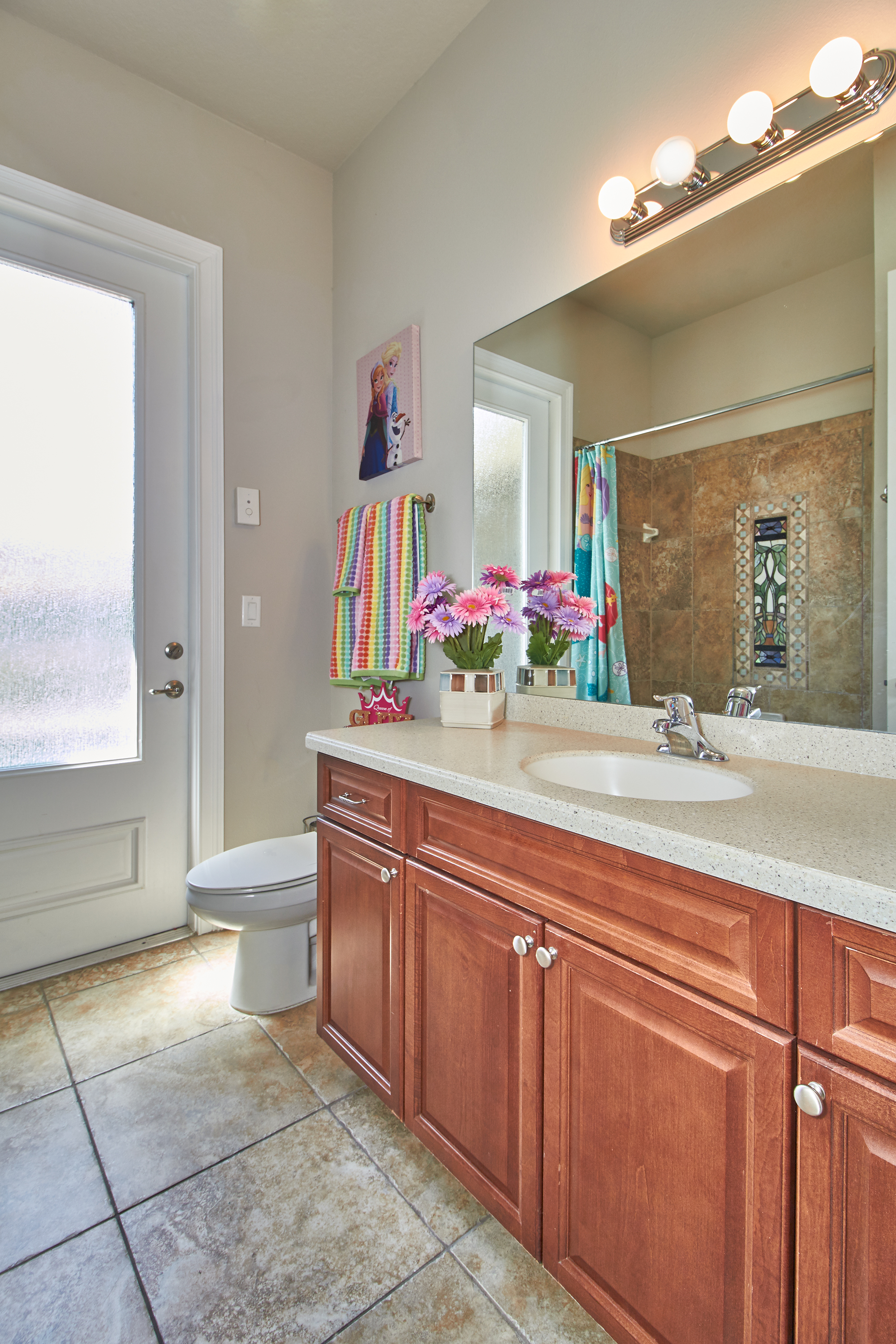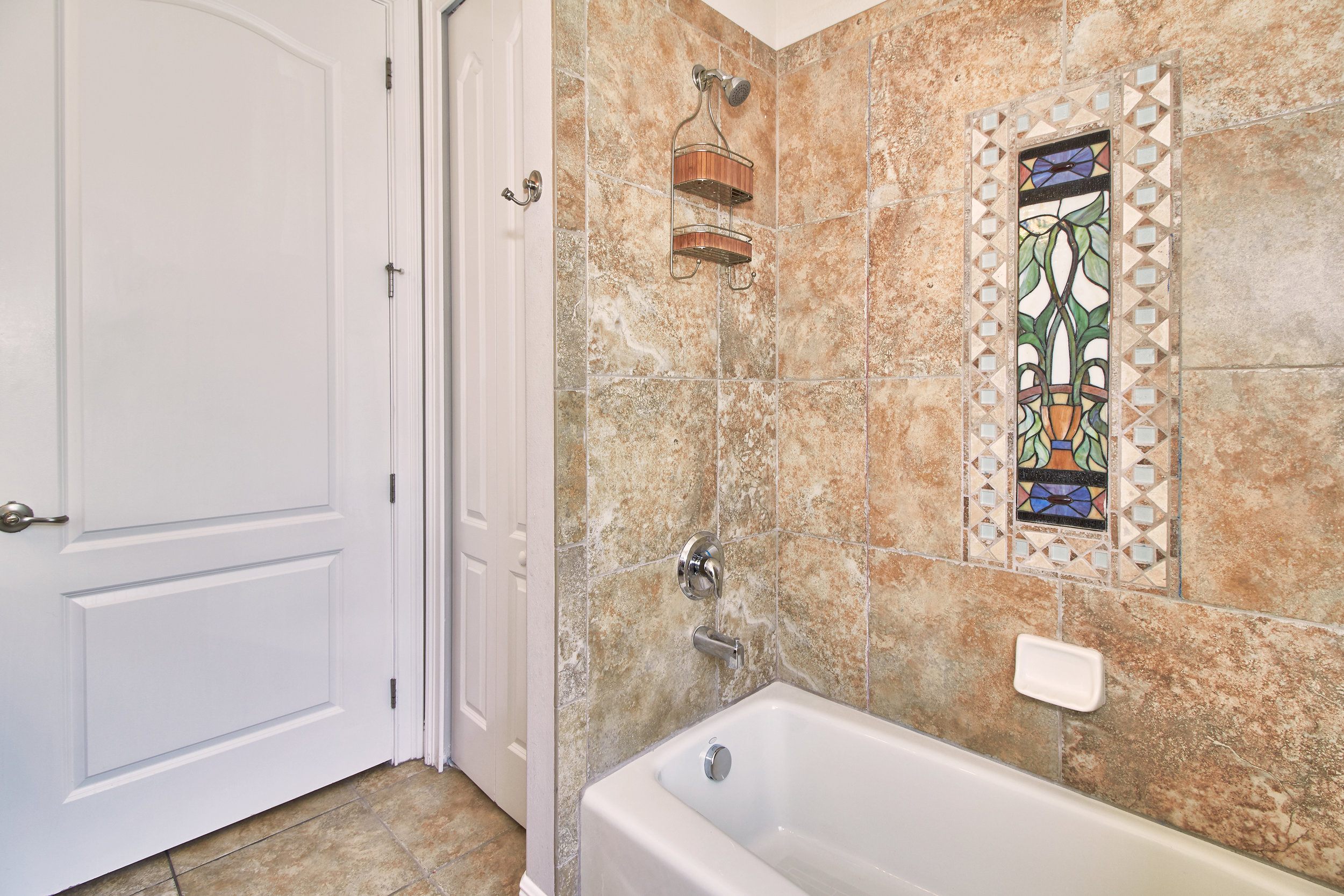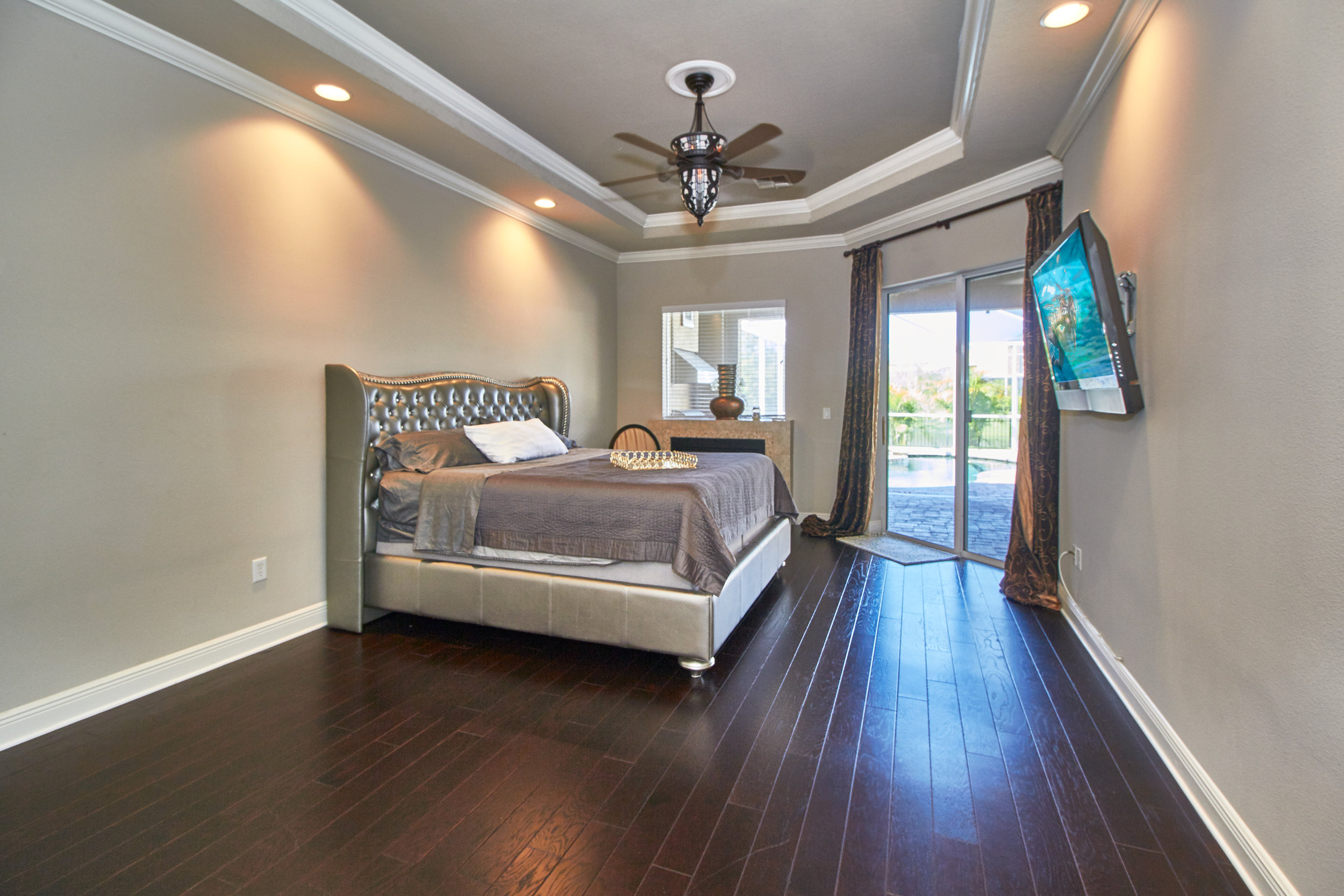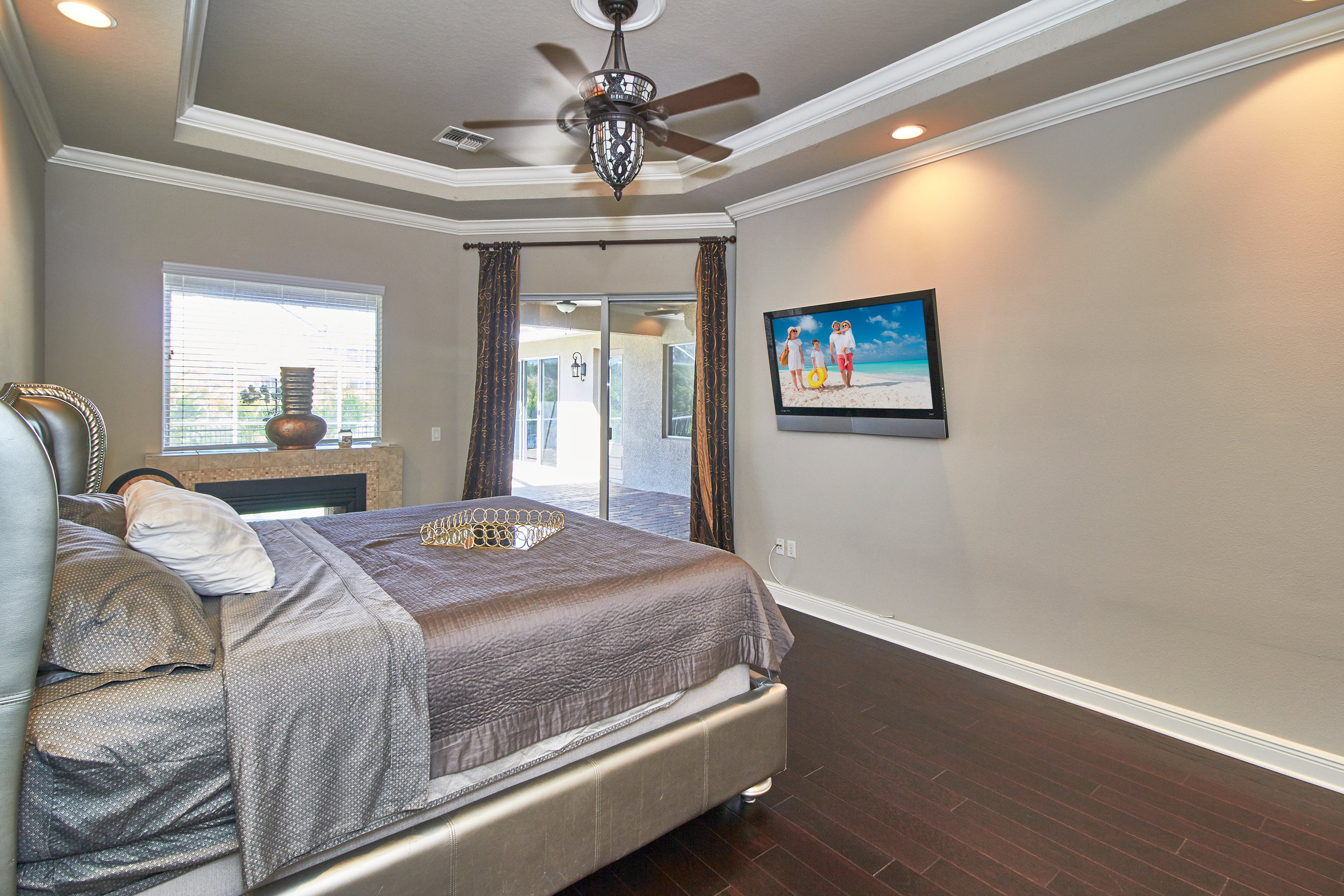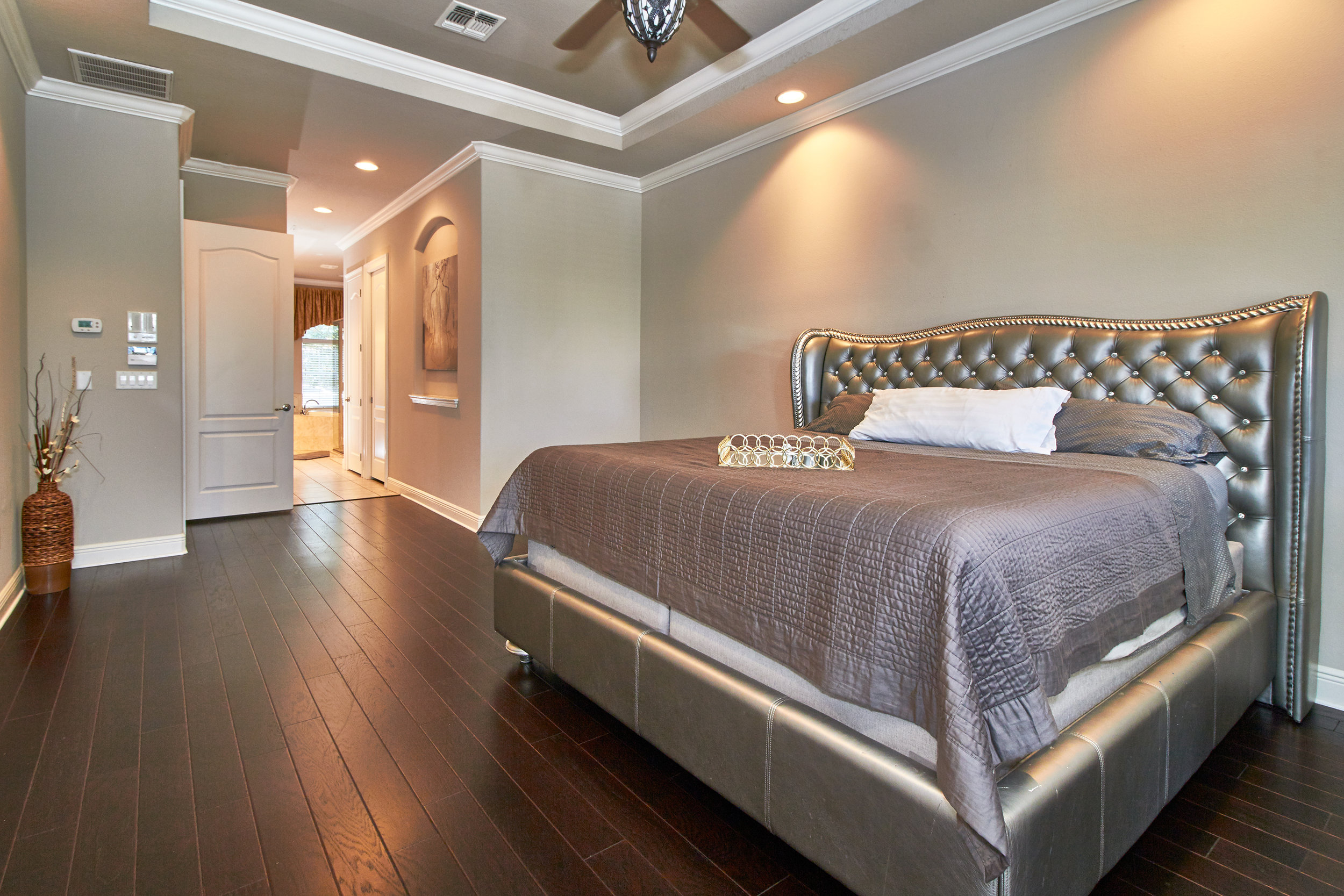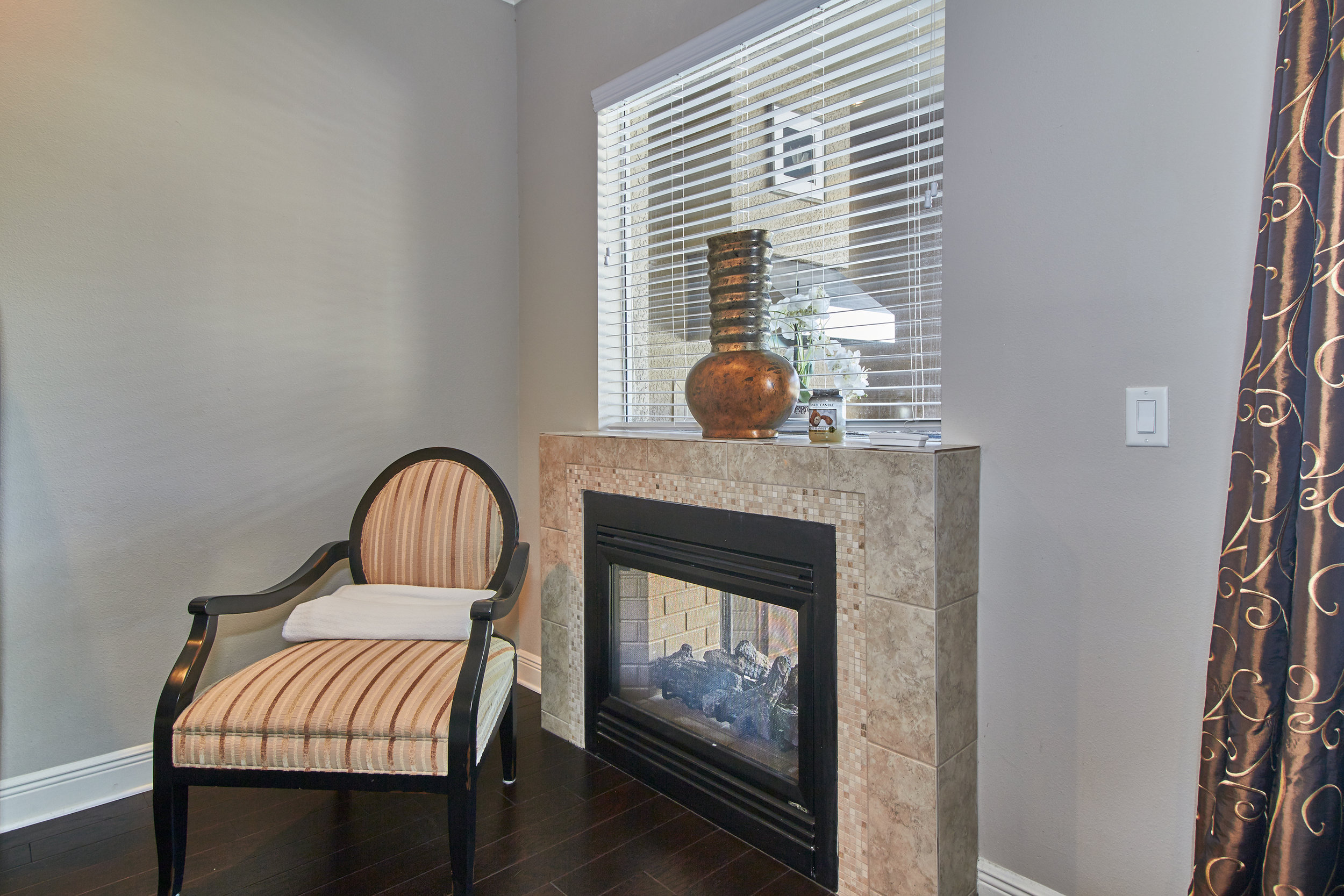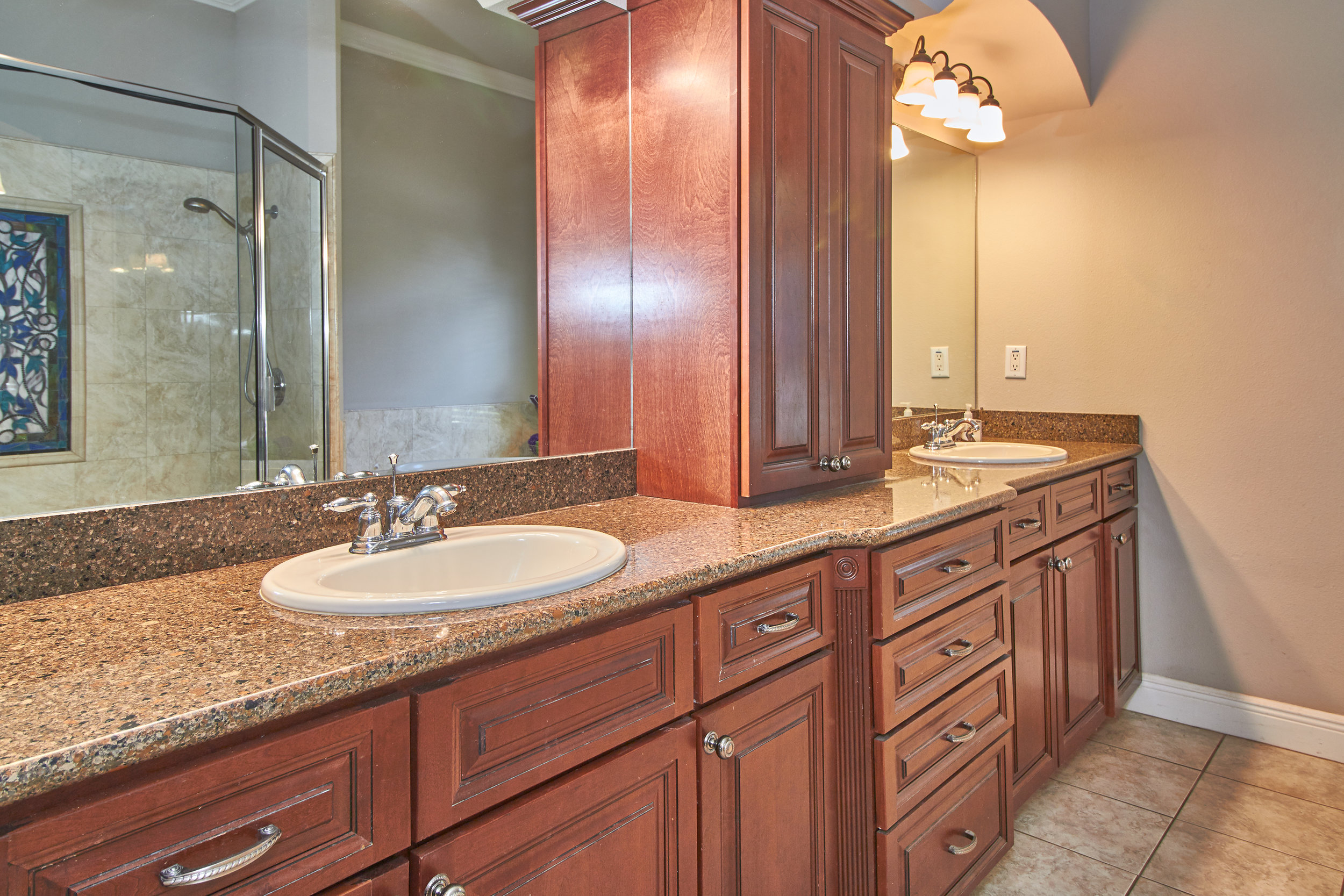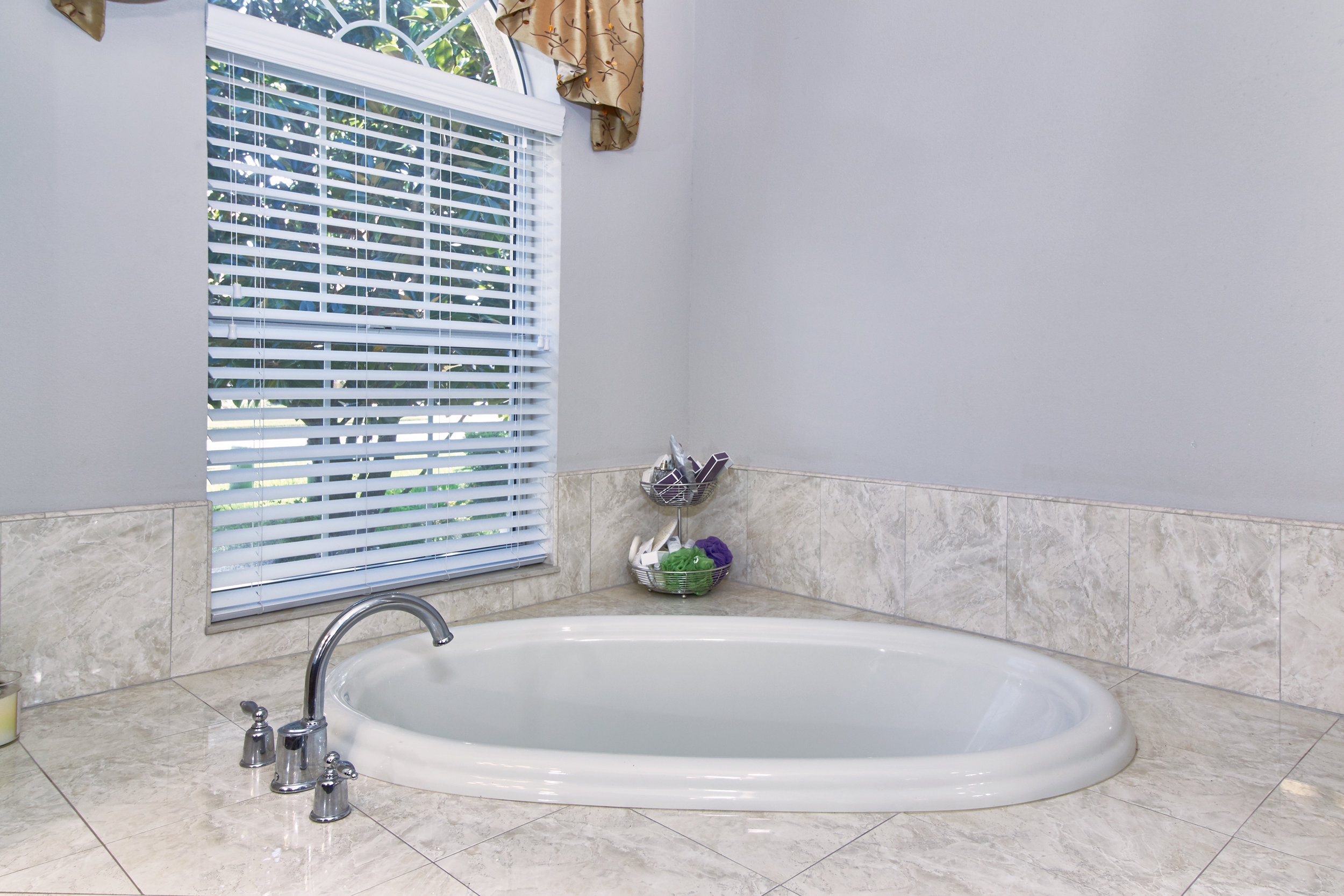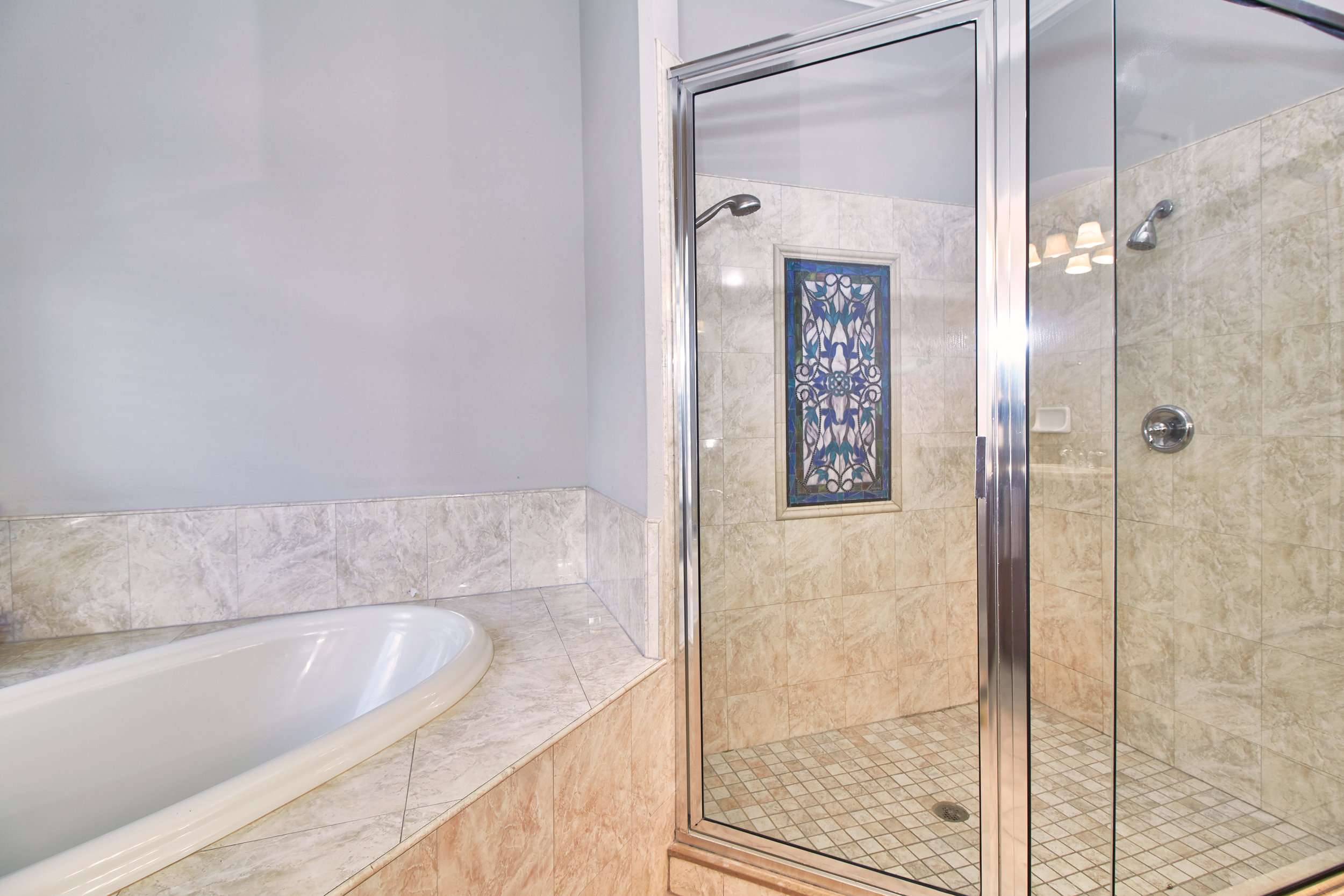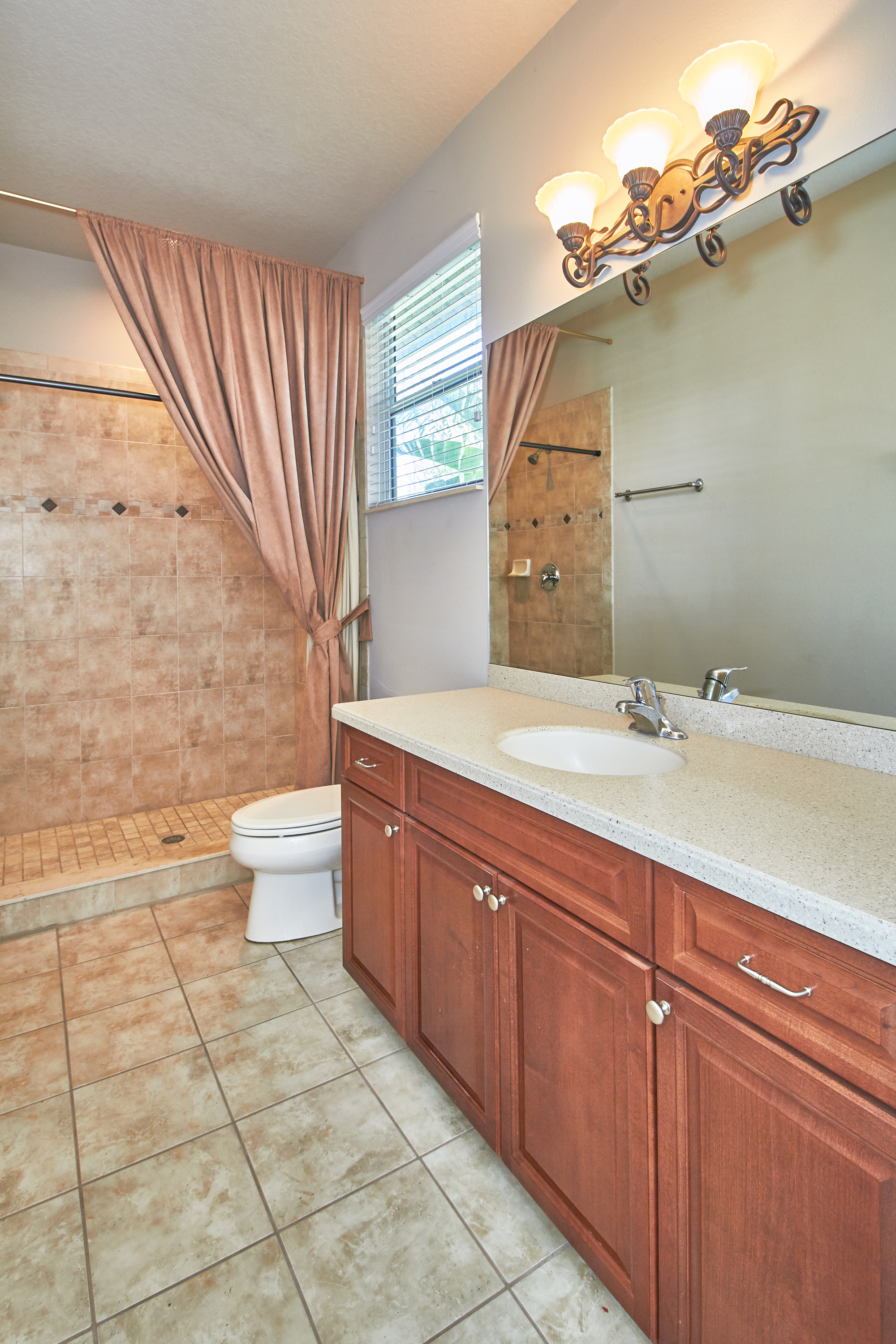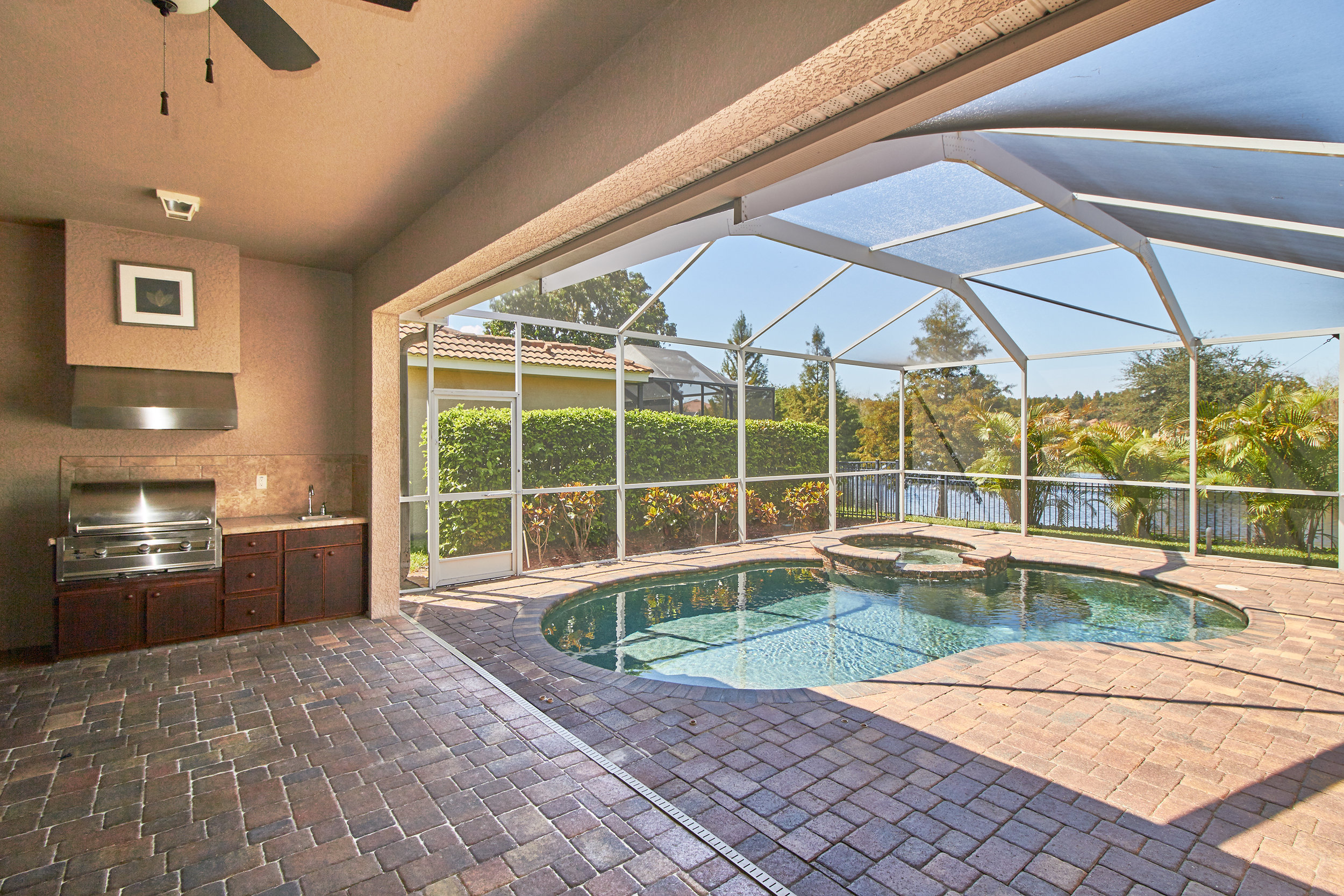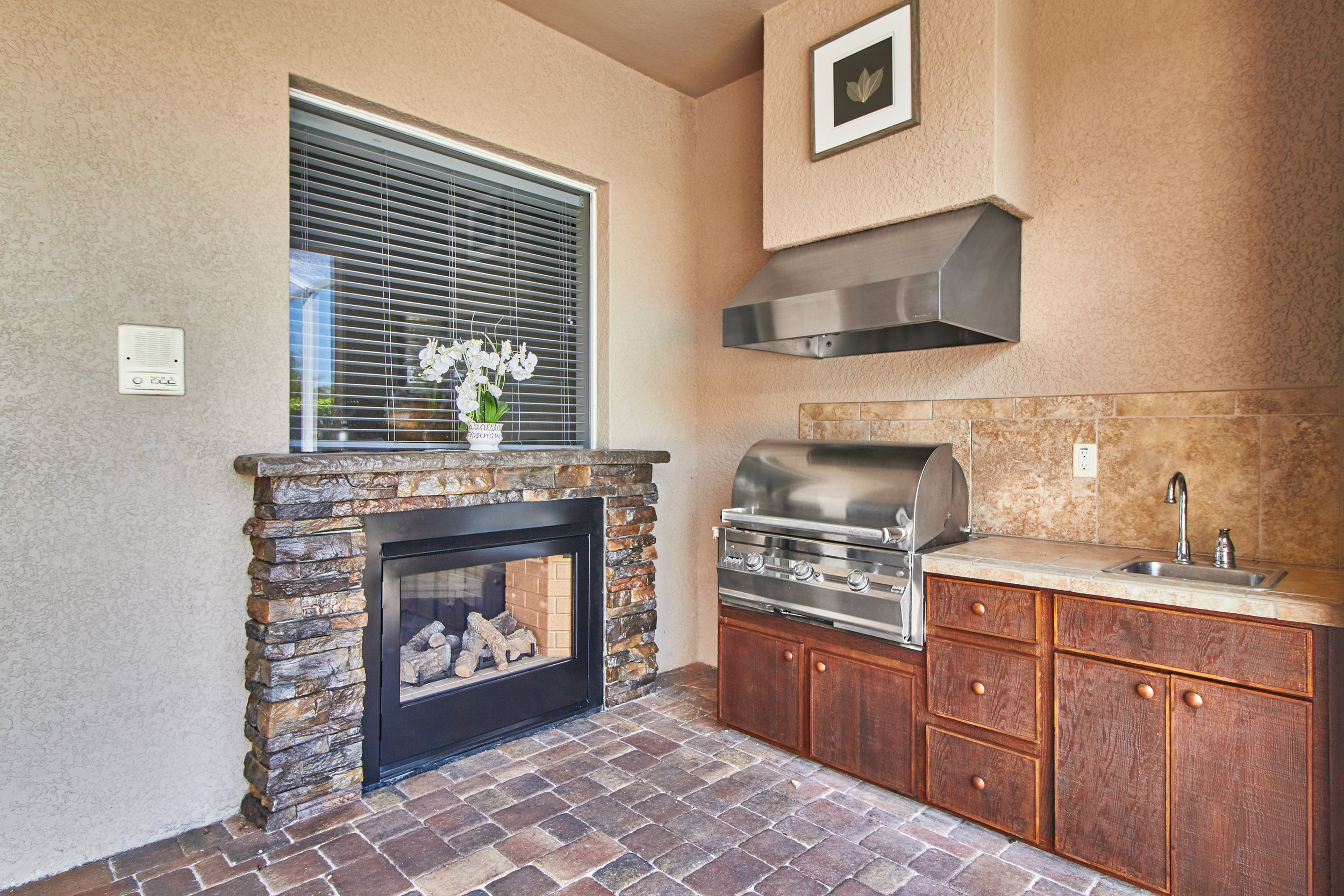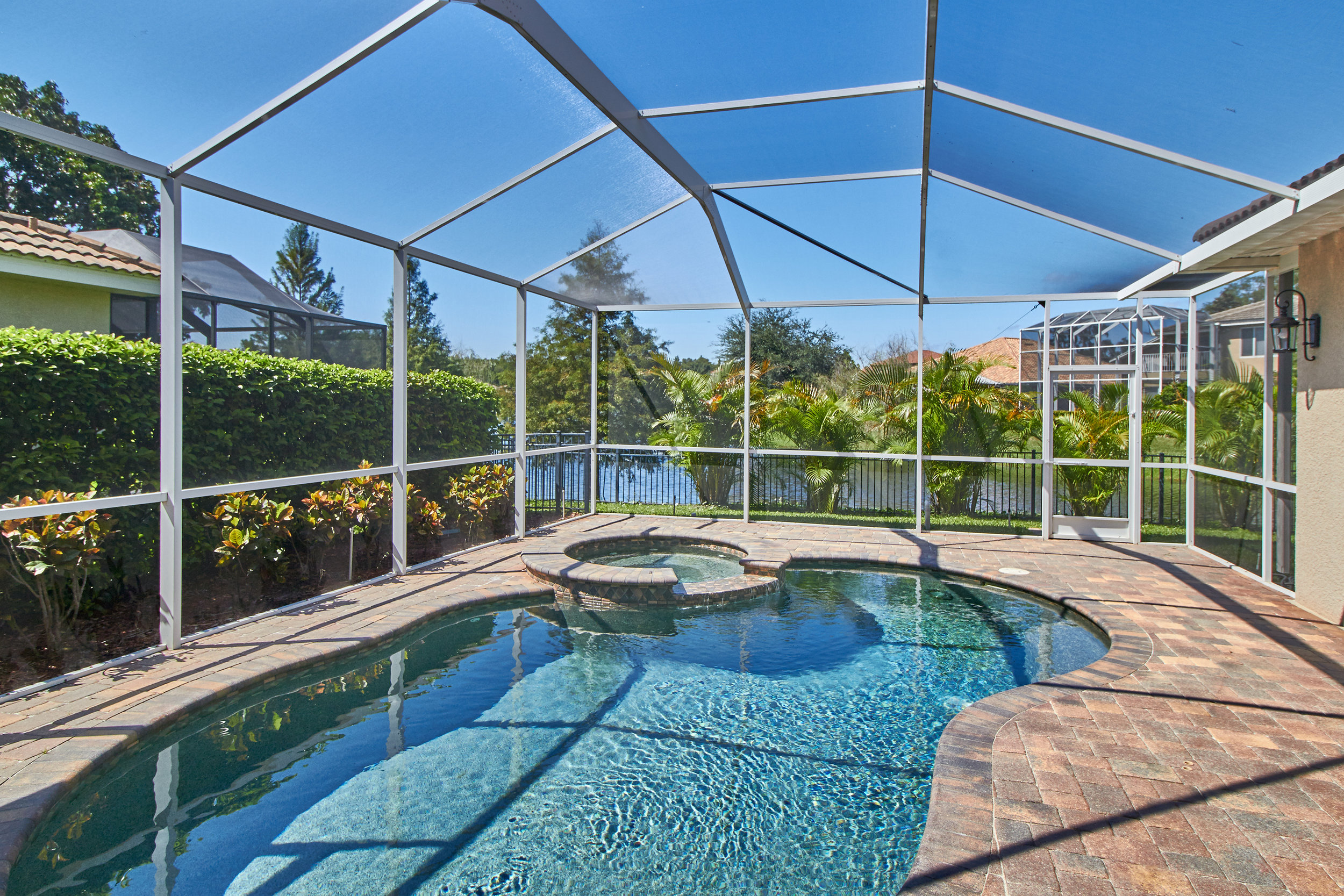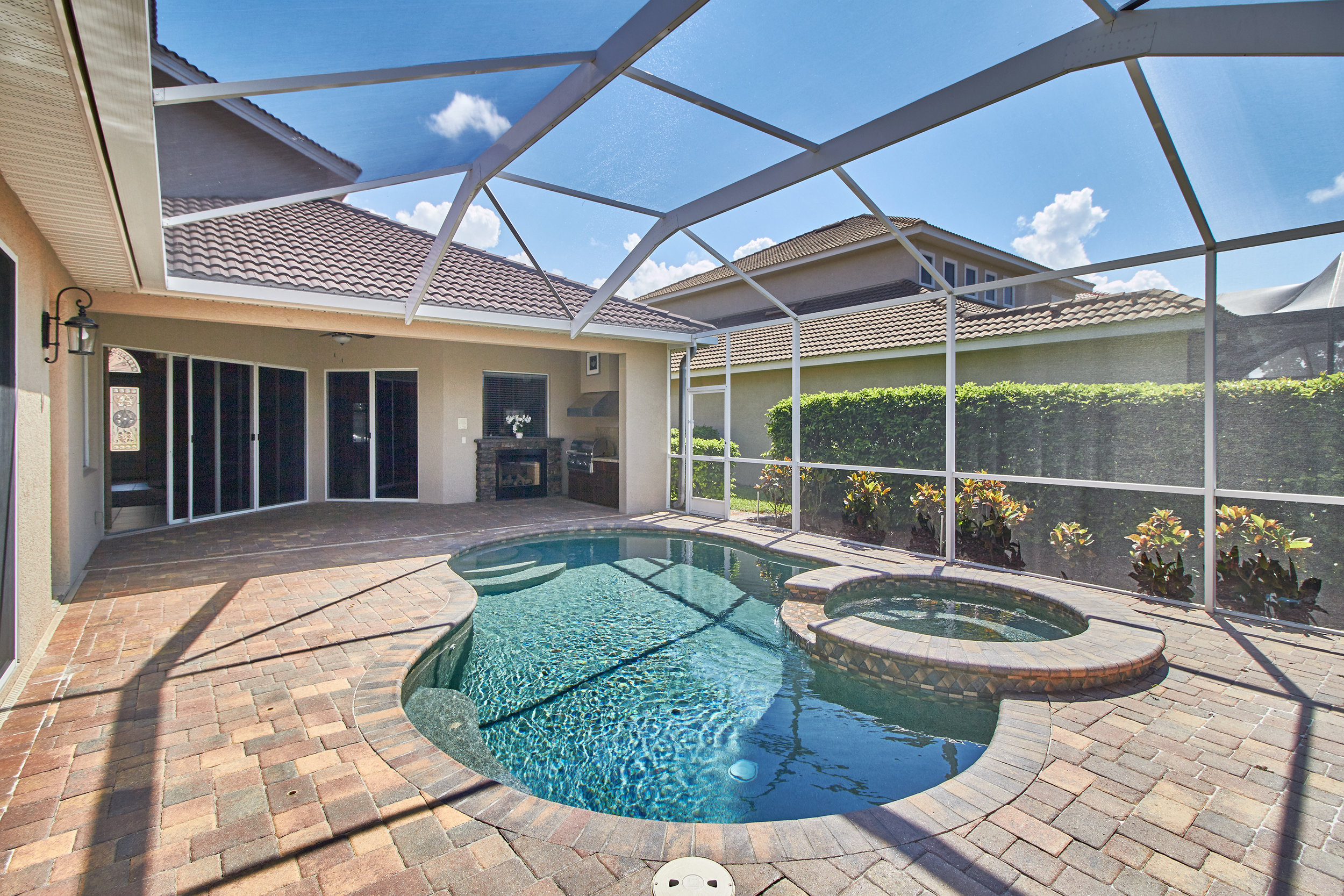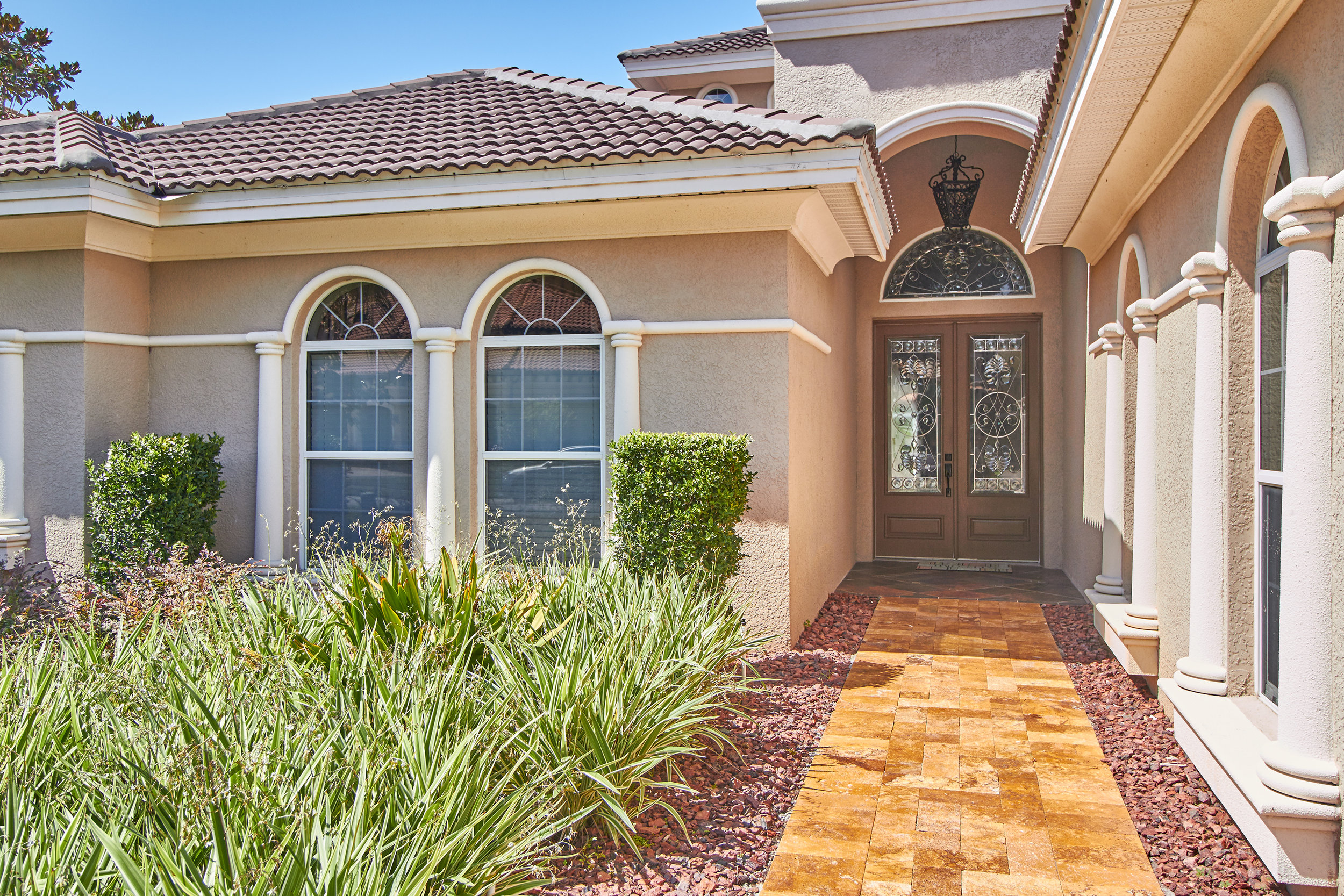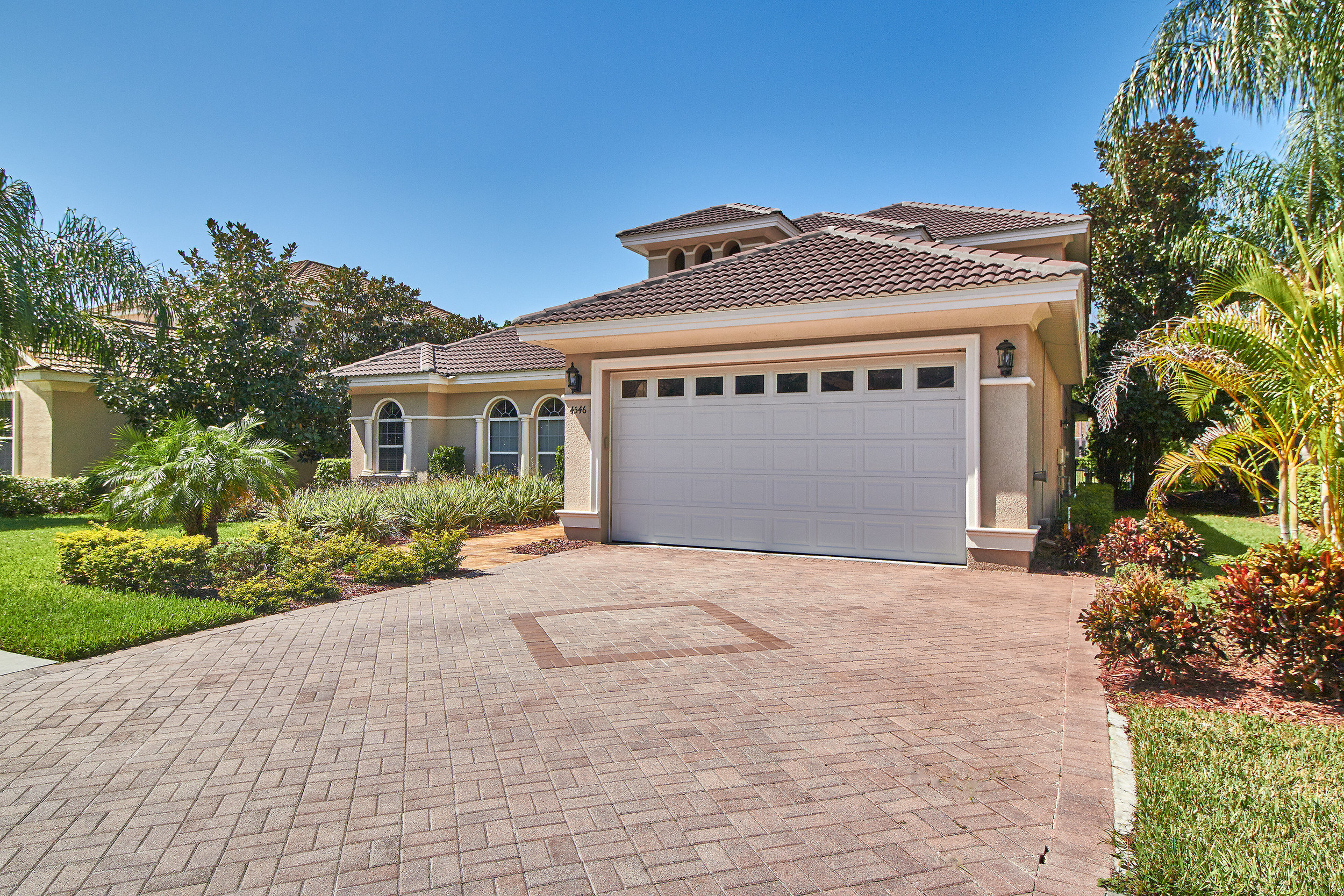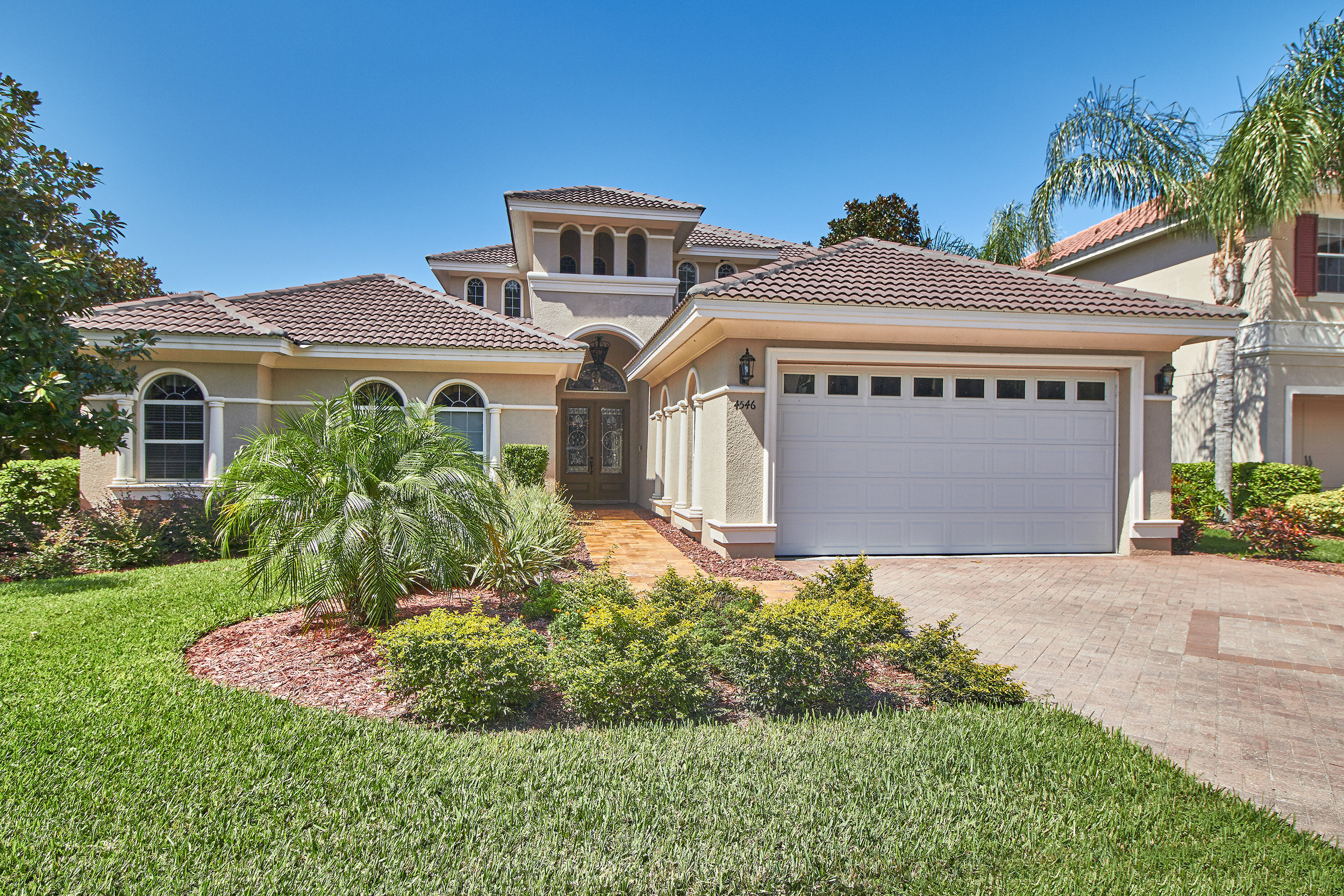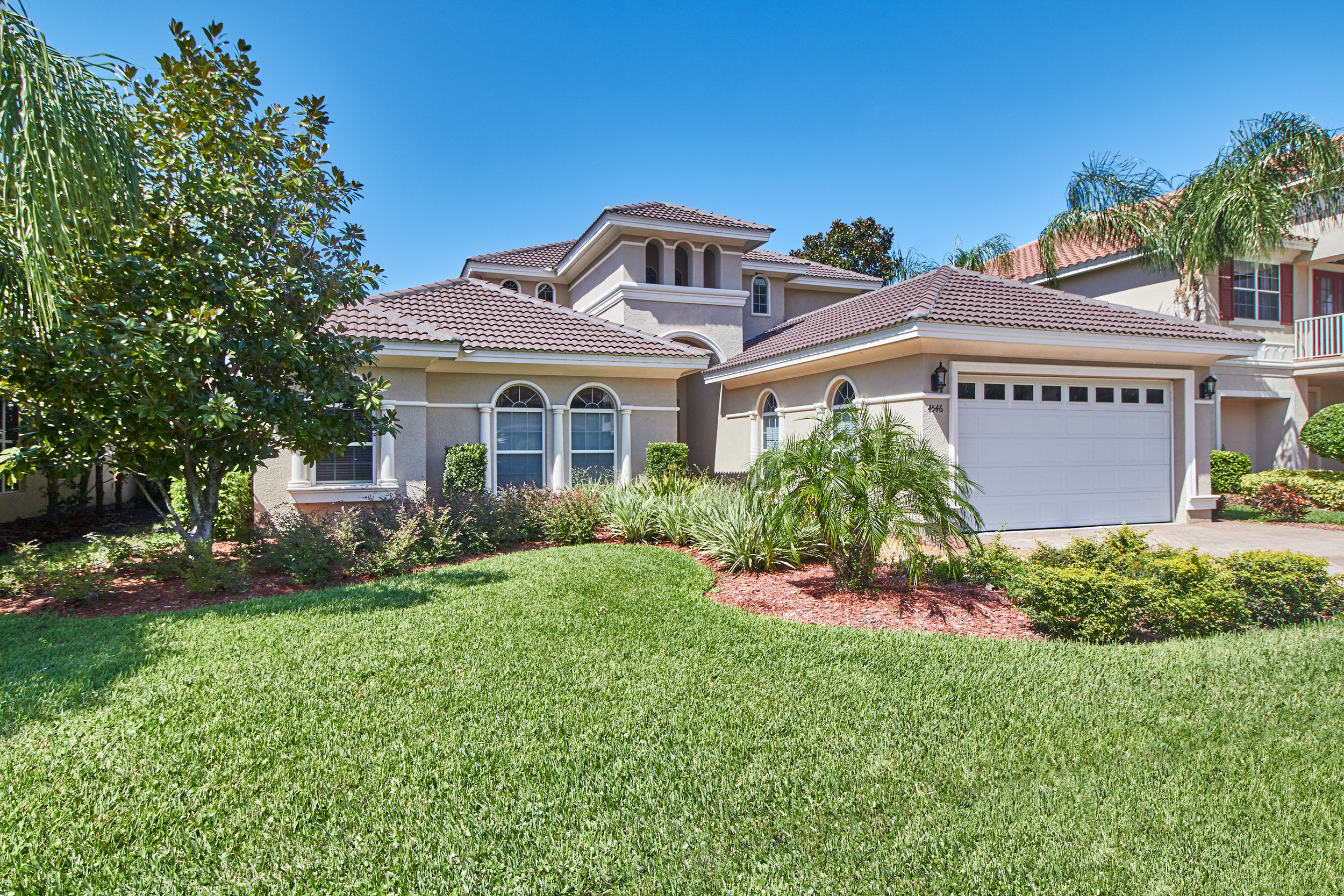The term “professional photography” has many definitions. For the purpose of this article, professional photography will not include any shots by the real estate agent or any photos taken on an iPhone.
The majority of the real estate agents selling upscale homes claim to use the best professional photography. I have an issue with this. Just because you’ve paid to have your client’s home photographed doesn’t mean the photography is professional grade.
Did you know that listings with professional photos sell for more money? Not only that, but they sell quicker.
Did you know that 92 percent of homebuyers (according to realtor.org) use the Internet as part of their home search? That means that listing photos are a critical factor — it will determine the selling price of a home, how quickly it sells and whether it sells at all. I’d venture to say that the single most important factor in selling a home is good photography.
This isn’t only about homes ranging above $1 million; this applies to all homes priced at $200,000 or more. That’s right. Studies have found that good photography helps to sell a home faster and for more money. Keep in mind that with so much research performed online, a good photo can help to get a homebuyer through the door.
The first impression is essential. If homebuyers aren’t sold on the images, they see online, chances are they will move on. It can also affect their perception of a home prior to seeing it. A good photograph will have a positive emotion associated with the home.
Emotion is the No. 1 trigger of the affluent buyer, so use it to your advantage. A good photo can speak not a thousand words, but a million words. Get creative: If the home is upwards of a certain amount, use models and shoot lifestyle photos in the home and around the home.
Which photo would make you interested in purchasing the home?
Paid photographers took both of these photographs. One was a photographer charging $500 for the shoot of the home; the other was a shoot directed by us with an approximate cost of $2,500 (excluding the staging).
So what exactly sets these photos apart? When it comes to beautiful photography, there is more than meets the eye:
1. Art direction
The professional photo was the result of a shoot that included an art director. We know that 500 photos aren’t necessary to sell a home; what is essential is capturing the right images. When we produce a shoot, we know exactly what we are looking for, and it isn’t photos of the toilets. Expect only 10 interiors and 10 exteriors — anything more would be useless. Making sure that the photographer captures the right images is the responsibility of the art director.
2. Staged photography
Homes must be staged. Remember how important emotion is in the purchase decision. An empty home yields no emotion, but a poorly furnished home is equally bad. Potential buyers must be able to envision themselves living in the home. If the home is already furnished, a photographer and a home stylist will work to rearrange each room, creating a spectacular photo. By bringing in props and removing personal artifacts, homebuyers are not distracted, and it becomes easier to determine whether the home is suitable for them. If the home is empty, hire a good staging company. An empty home will never sell for the same amount as a staged home.
3. Getting the right angles
In photography, it is all about lighting and angles. A great photographer can bring out the best features of a home by mastering angles and lighting. Good photographers strive to capture the right angles to make a home as desirable as possible. This means shooting with a tripod, shooting at the right level and using either available light or adding lighting to certain areas of the home, which will ensure that each room in the home looks extremely desirable.
4. Scouting before the shoot
Good photos are all about preparation, which includes time of day and setup. Days before the shoot, the art director will go out with the photographer to scout the property. Each and every angle must be explored prior to shooting the home. During the scout, the photographer will analyze the home’s light exposure, experiment with interior and exterior lights, and take sample photos. This mission will allow the photographer to understand what tools he needs to bring and the compositions he wants. Skipping this step could cost you dearly.
5. Creating the perfect composition
Just as with a painting, a photo must be composed. The photographer will define the subject of the photo and the elements that will be included. They will dictate how best to fill the space, where to create horizontal and vertical lines, and where to direct the focus. When capturing buildings or architectural subjects, the photograph must be taken in such a way that the homebuyer is led through the various structural elements. Straight lines and curves can add appeal to a home and help to guide the homebuyer along the image.
6. Post-production
Post-production is the art of choosing the right photos and enhancing them. The homebuyer will not be given all the raw photographs; instead, they will be presented with the final edited photo selections. Along with the photographer, the creative director and art director will go through the contact sheets to make selections.
Often, the best photos aren’t the ones that are tight, meaning photos that have plenty of space around the subject to work with are better. This type of image allows usage for different purposes. It is much easier to crop a photo than have to add fake cloned components.
When the selections have been made, the photographer processes the photos and enhances the color. The photographer will then edit the photos to ensure that trees, grass, home and sky are perfect. This involves fixing brown grass patches, editing paint on a home and much more. Once the photographer is finished with his post-production, the art director will do their own post-production for the particular use of the photos.
Below is a photo of the same home used in an ad. The sky had to be lengthened and cloned to allow room for the copy. This isn’t a simple task, and to do it well requires a high level of expertise. But, this isn’t the time to save money.
BY LAURA URE



